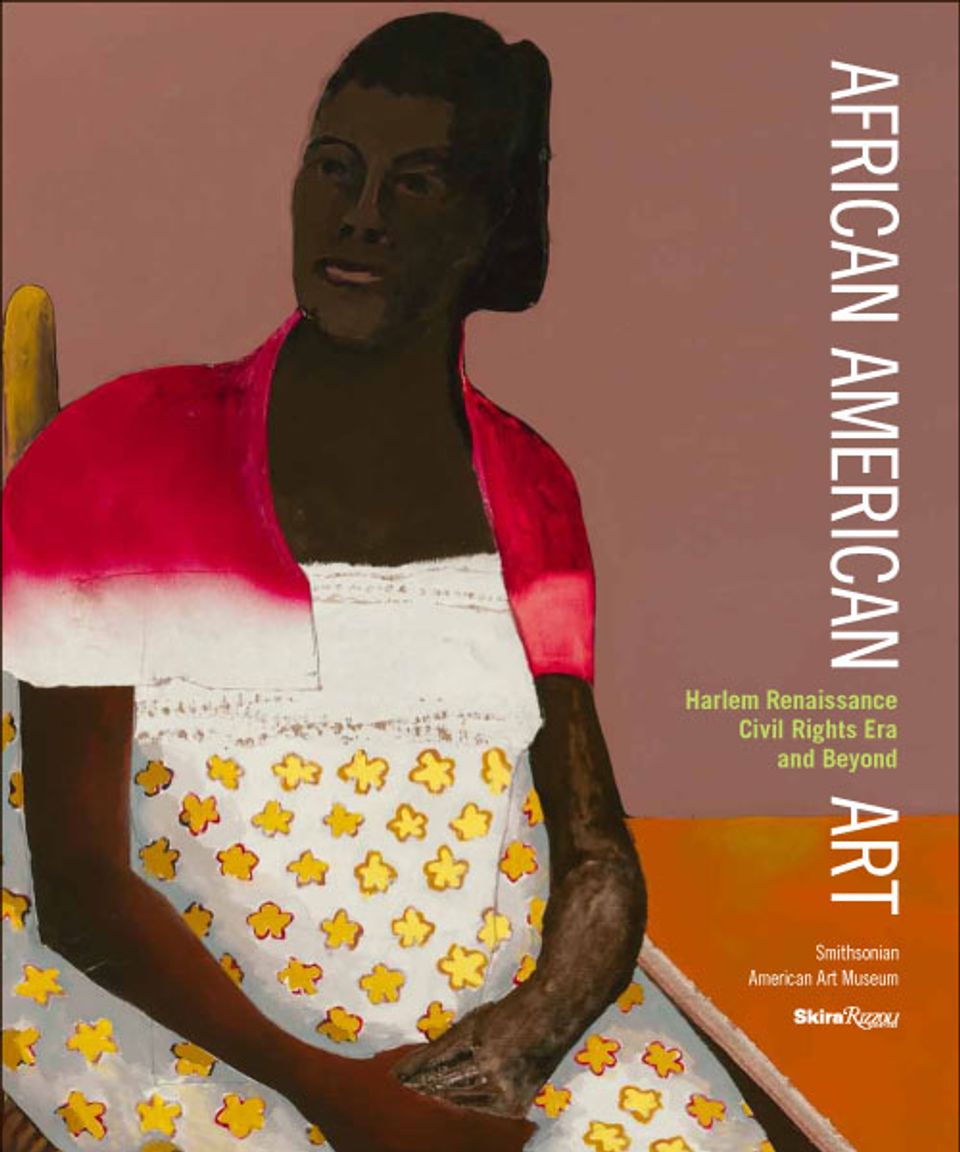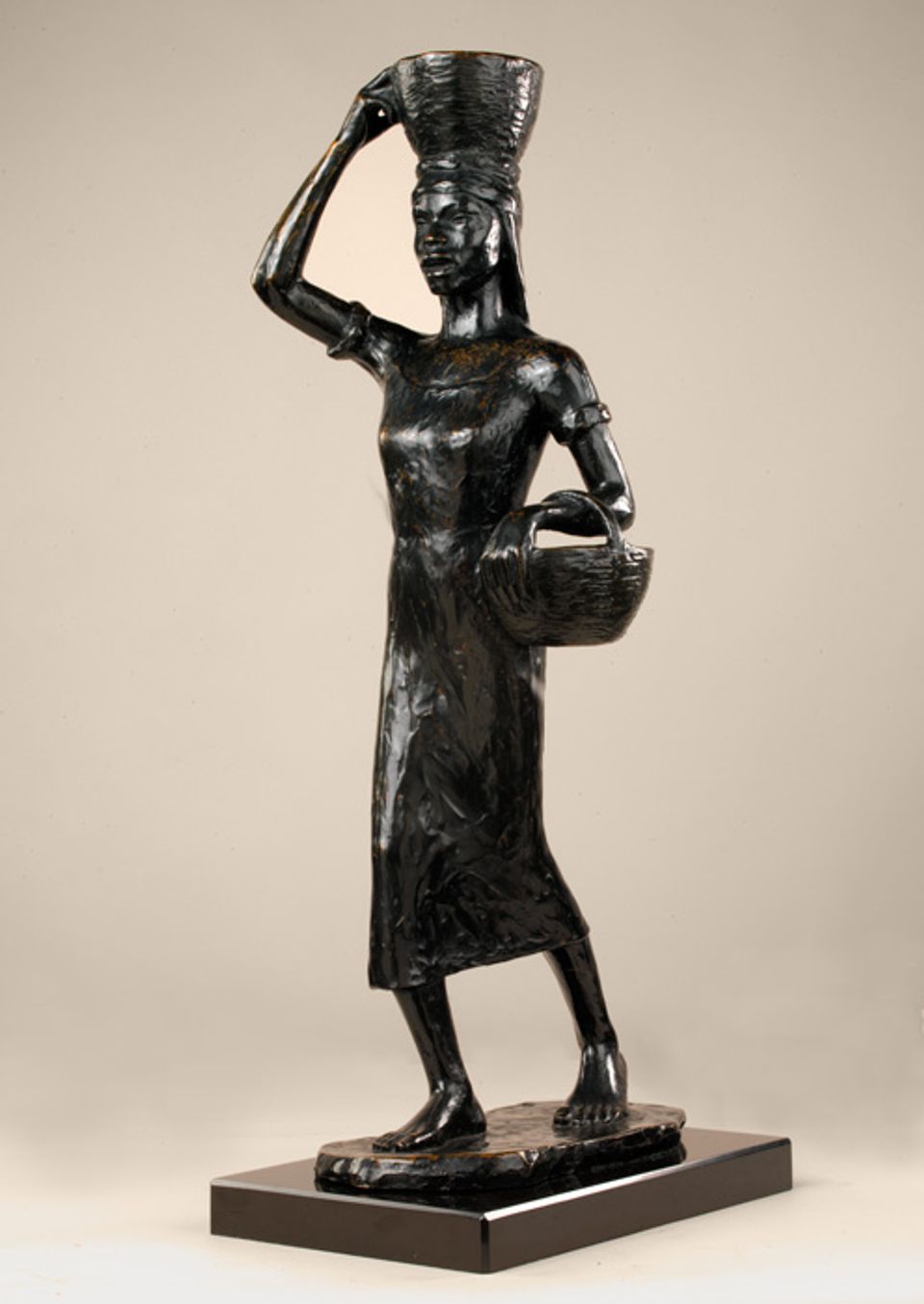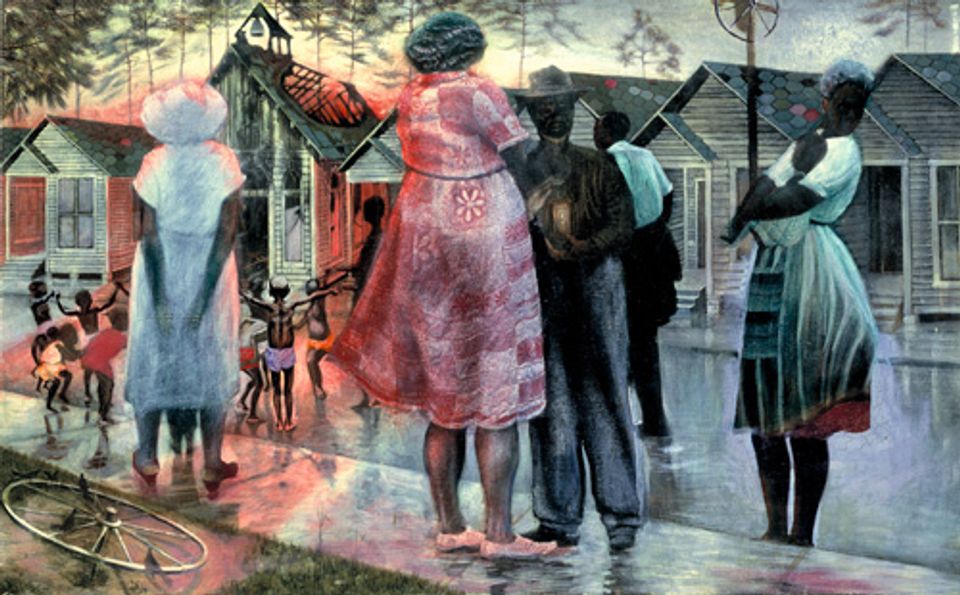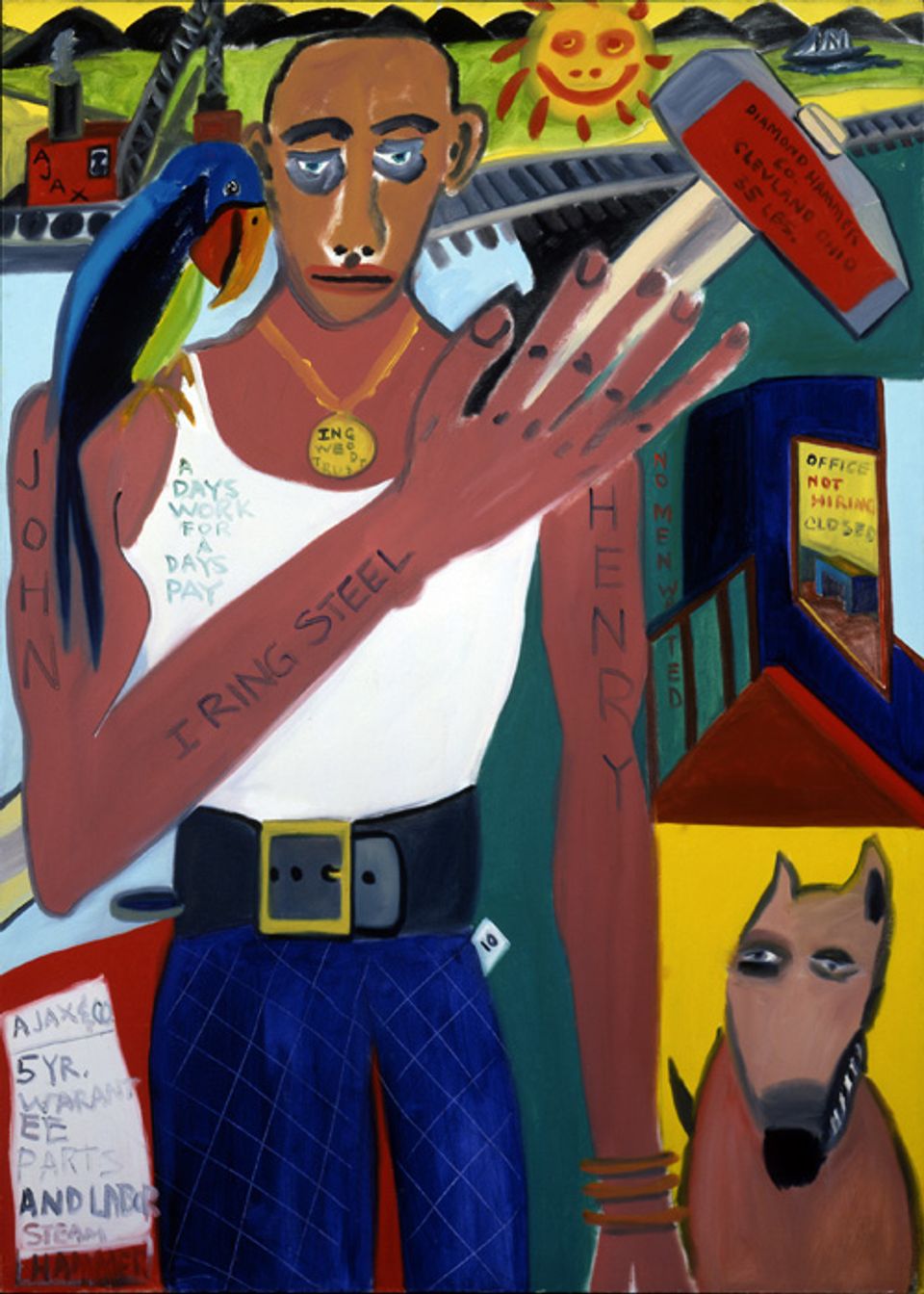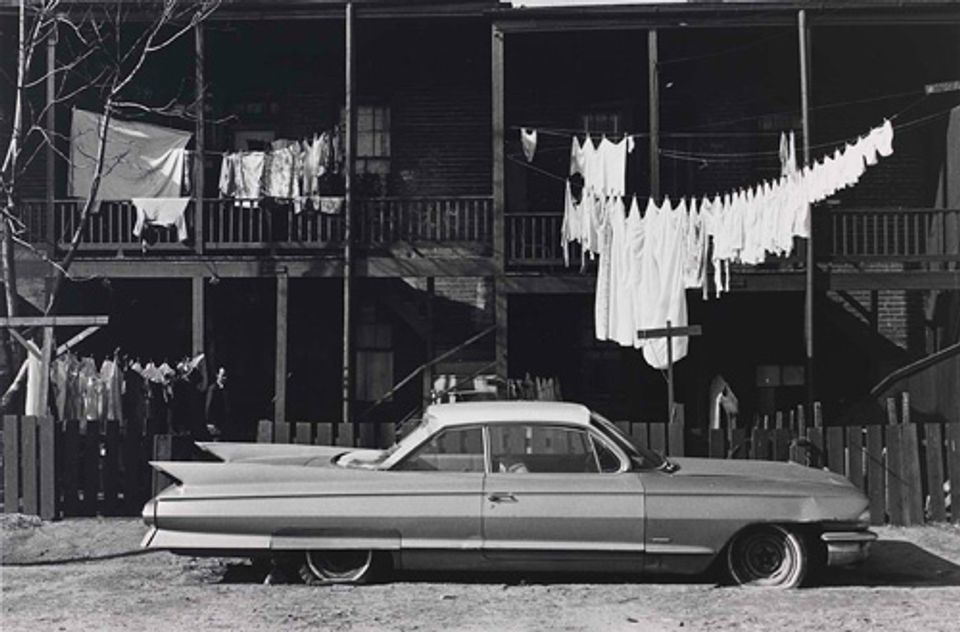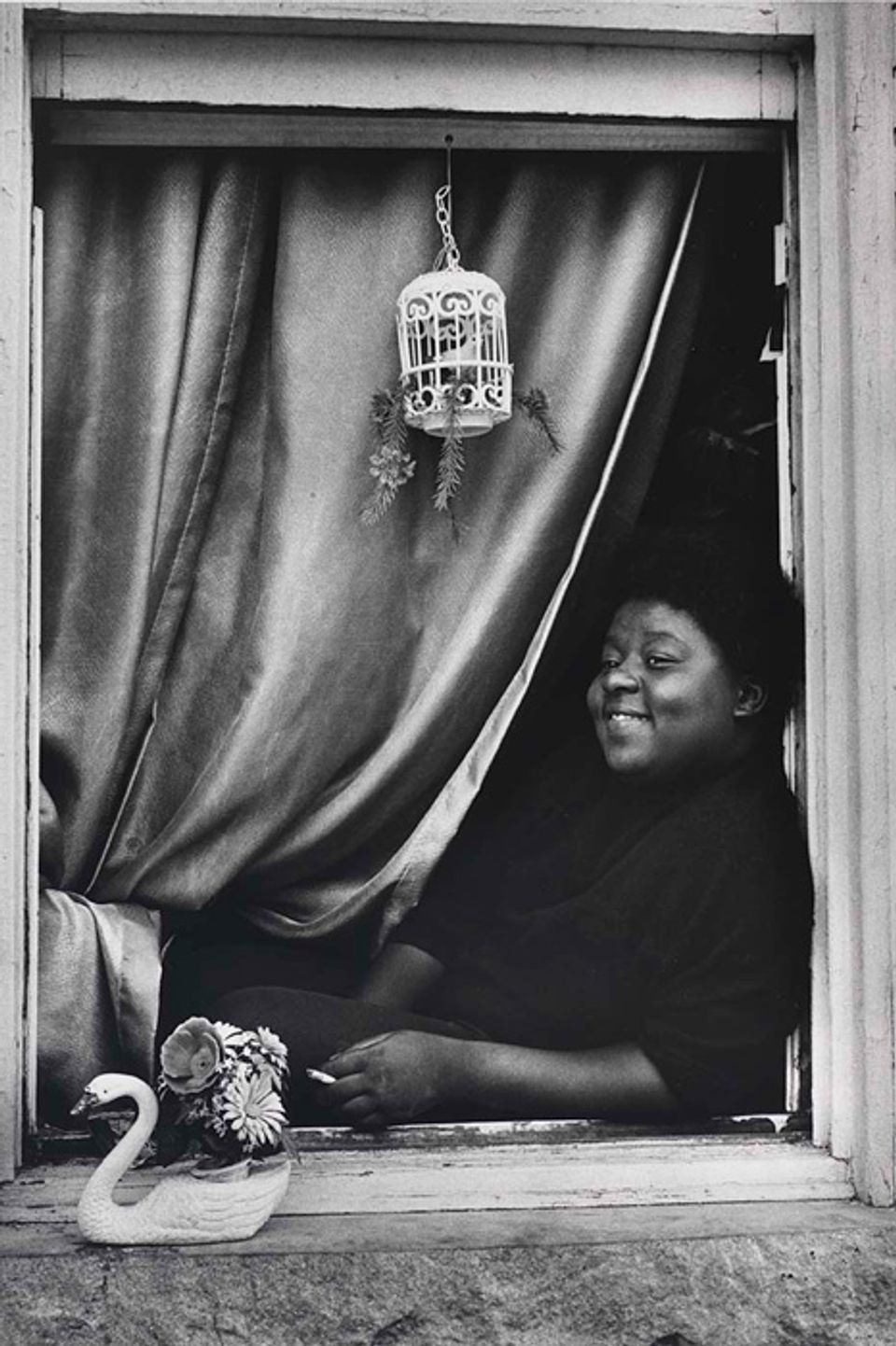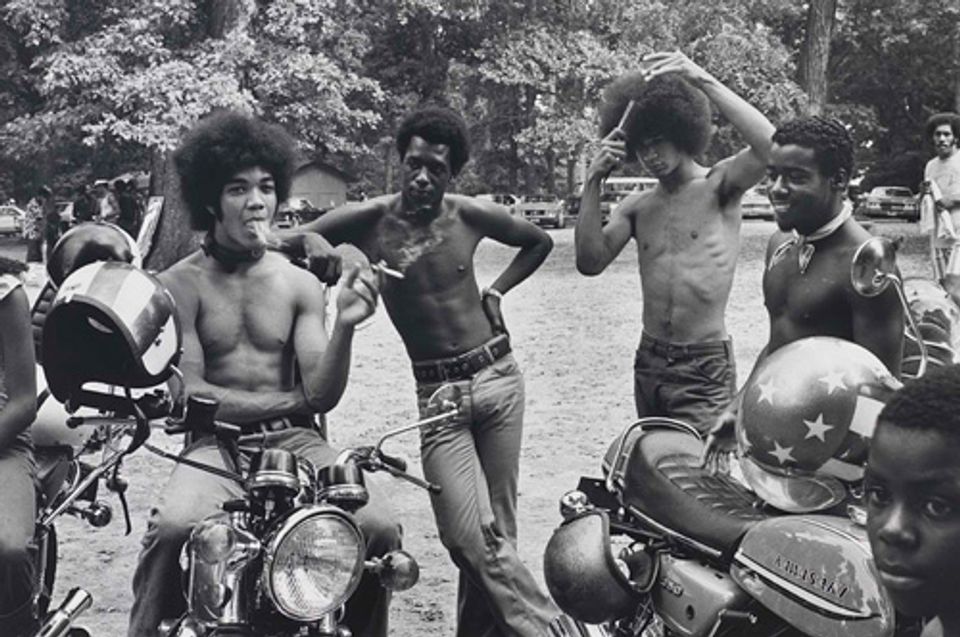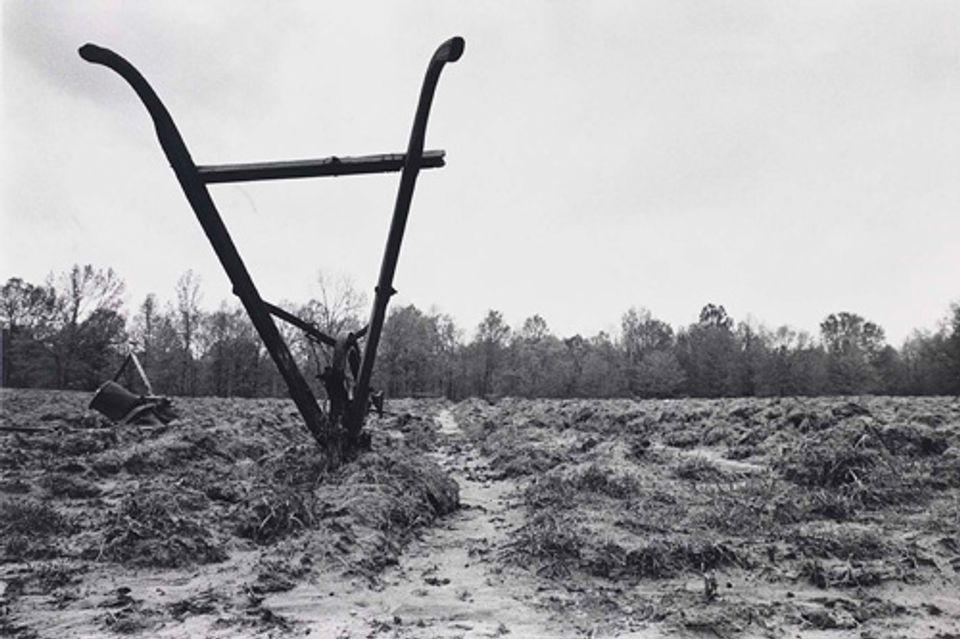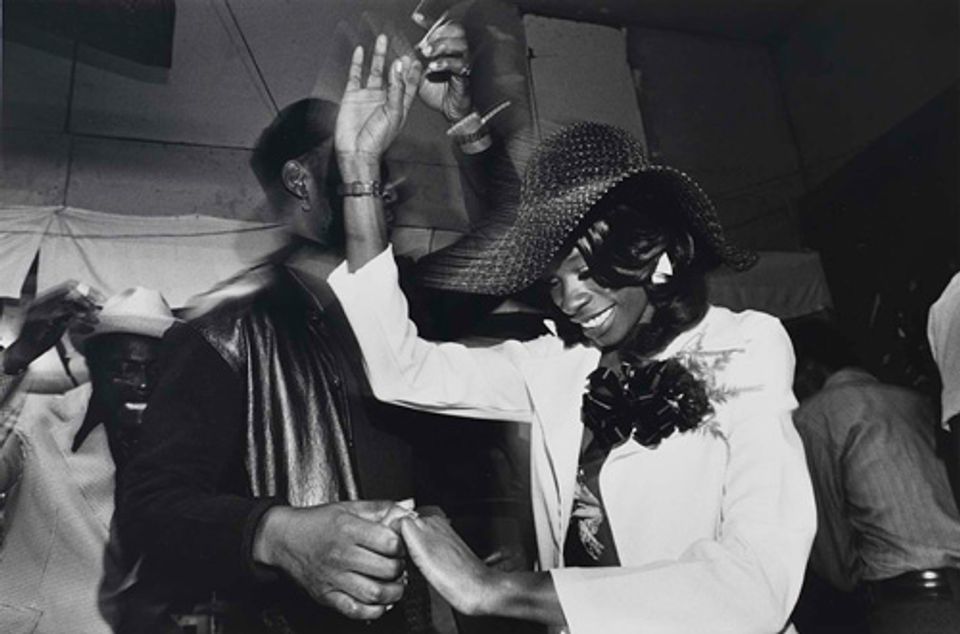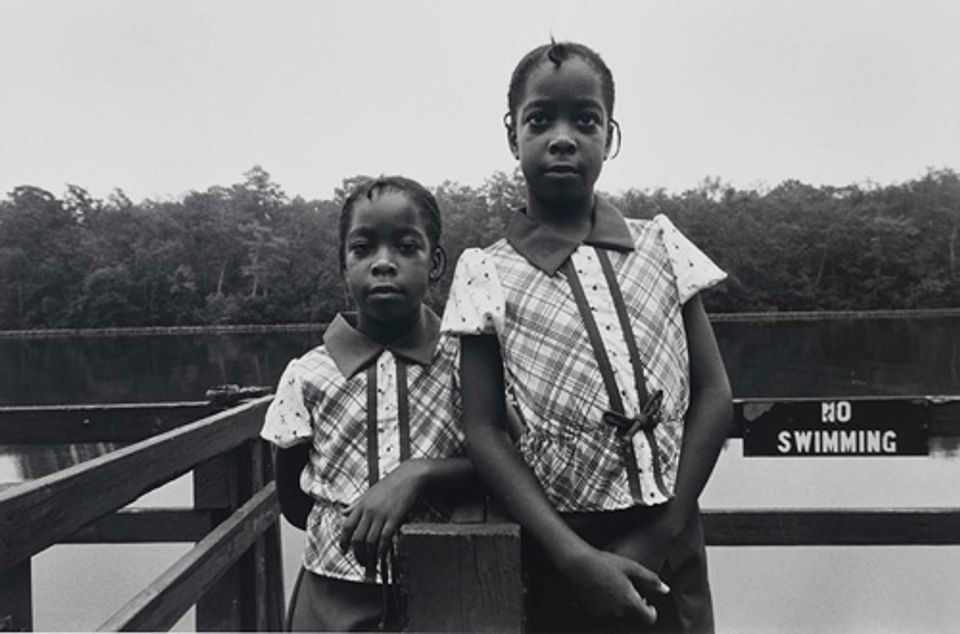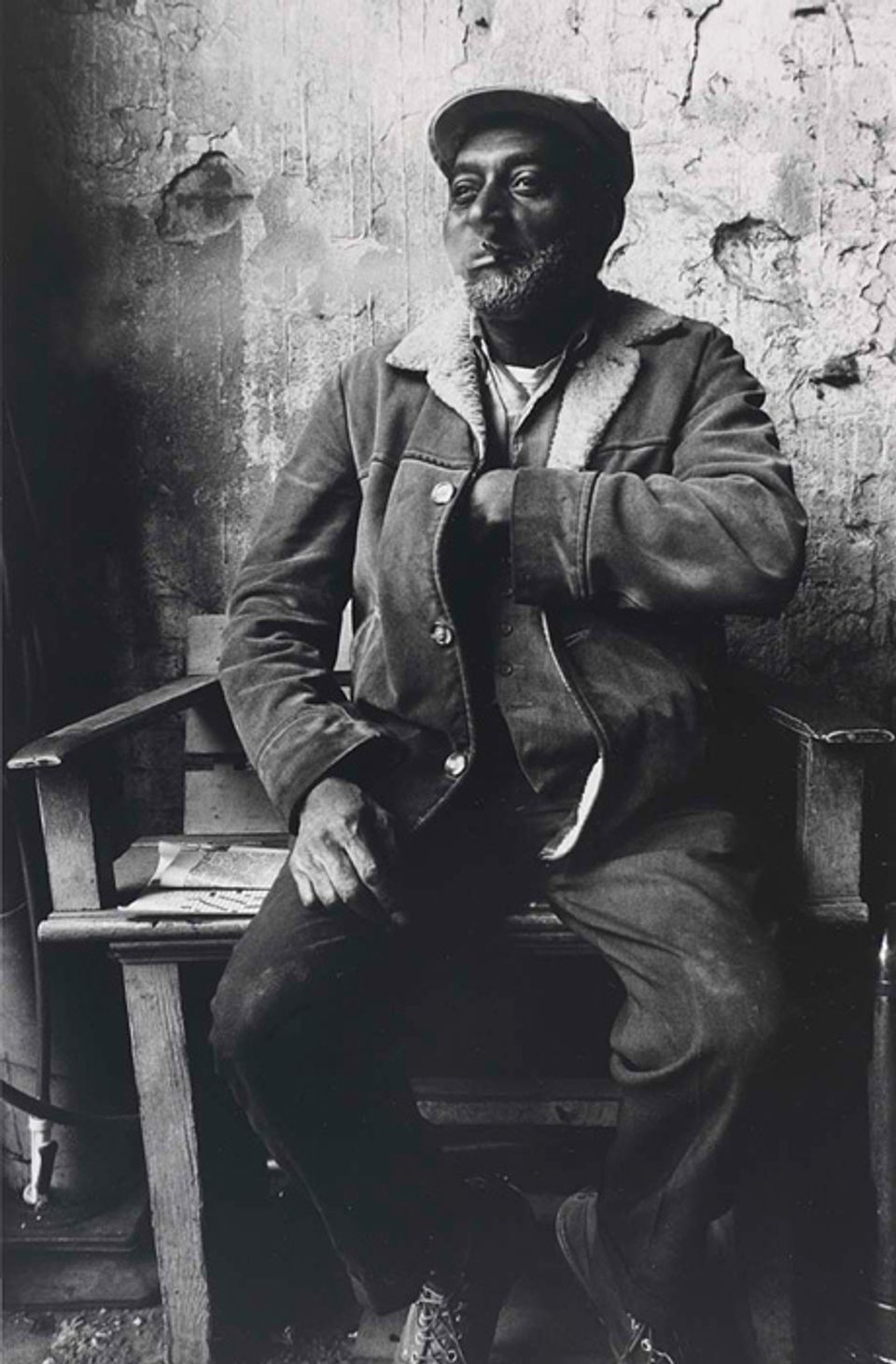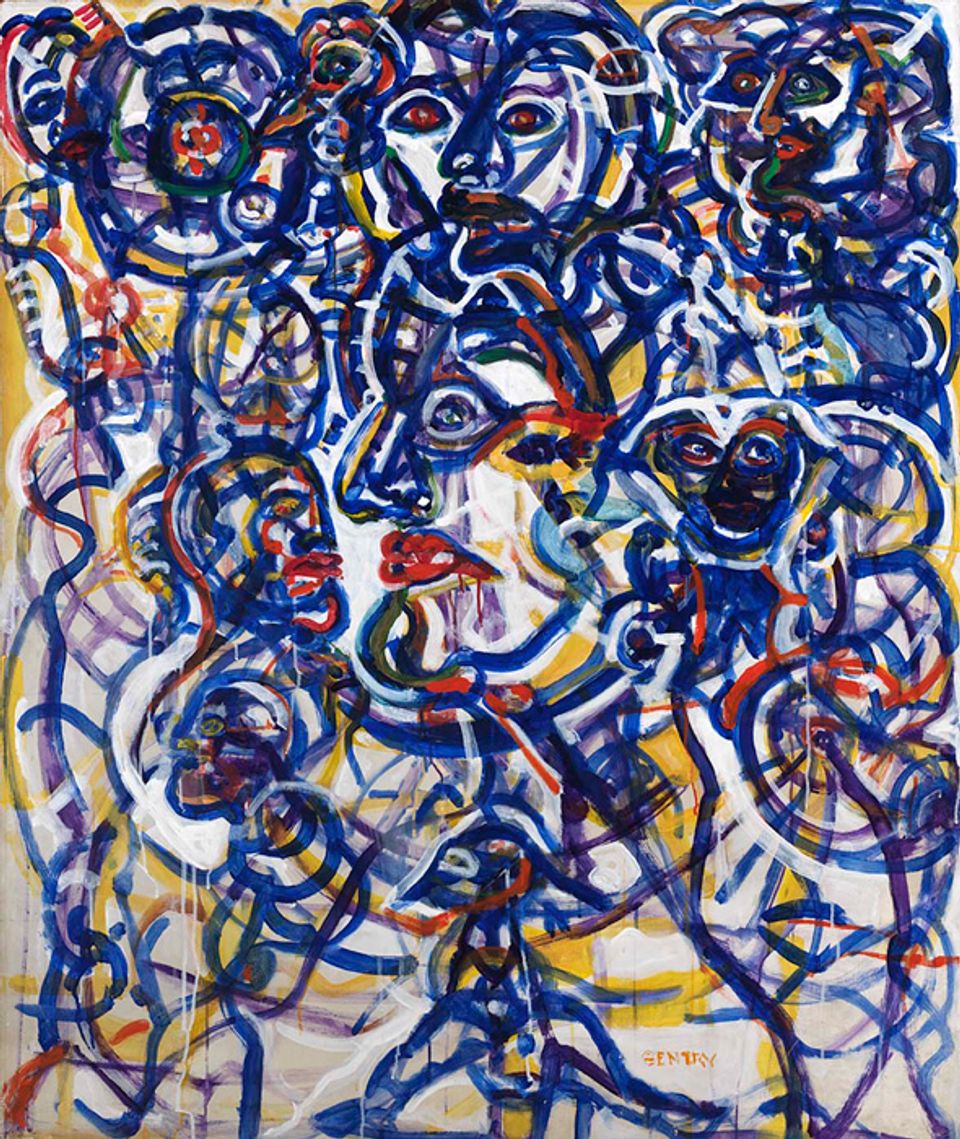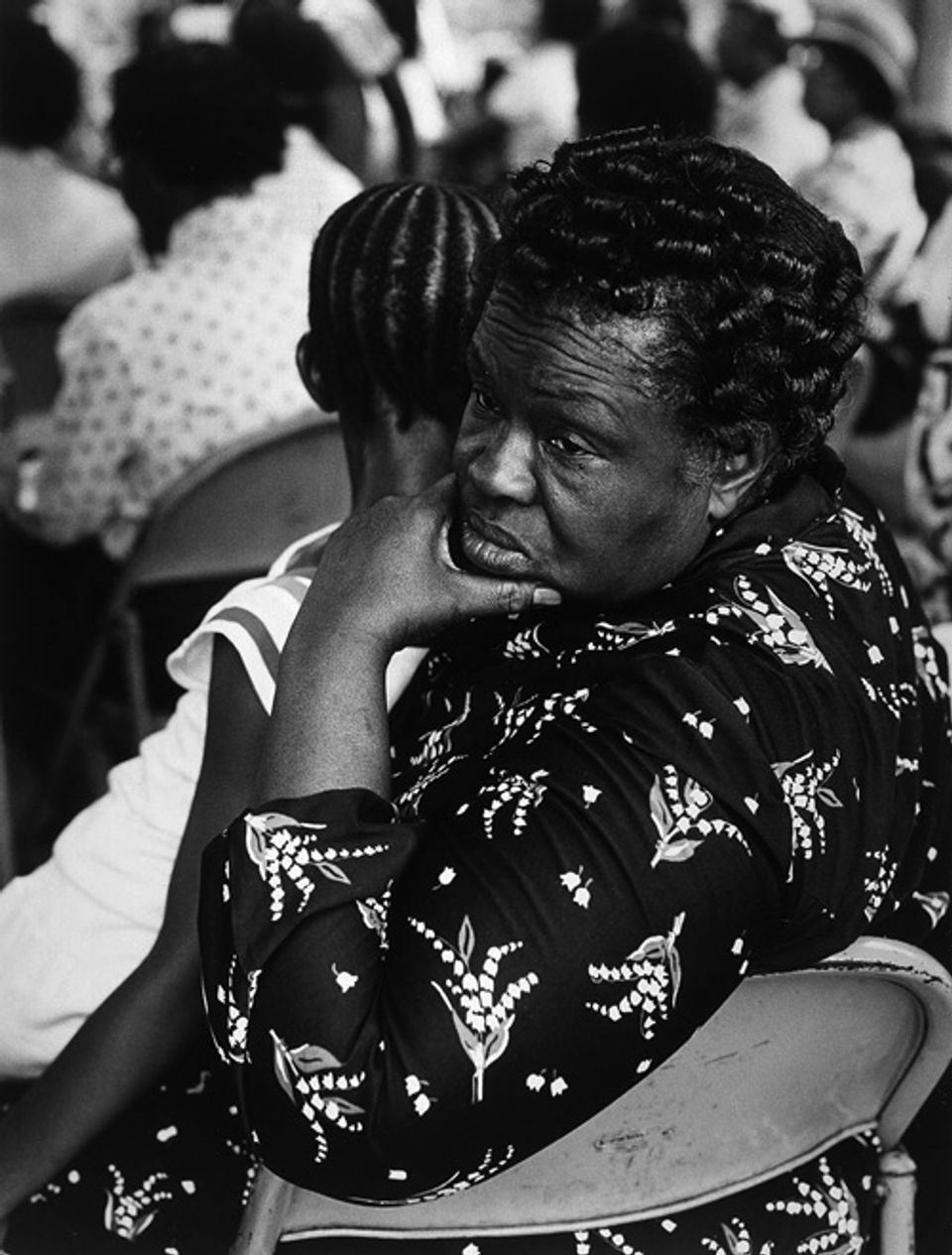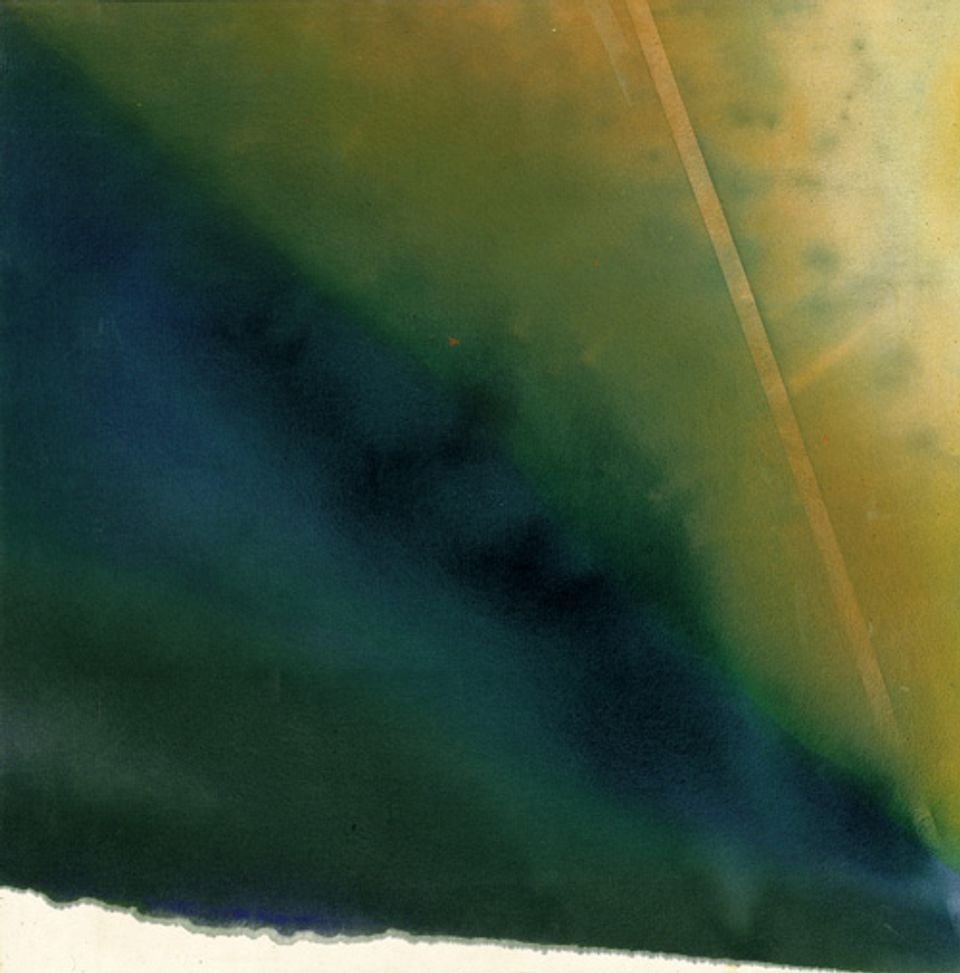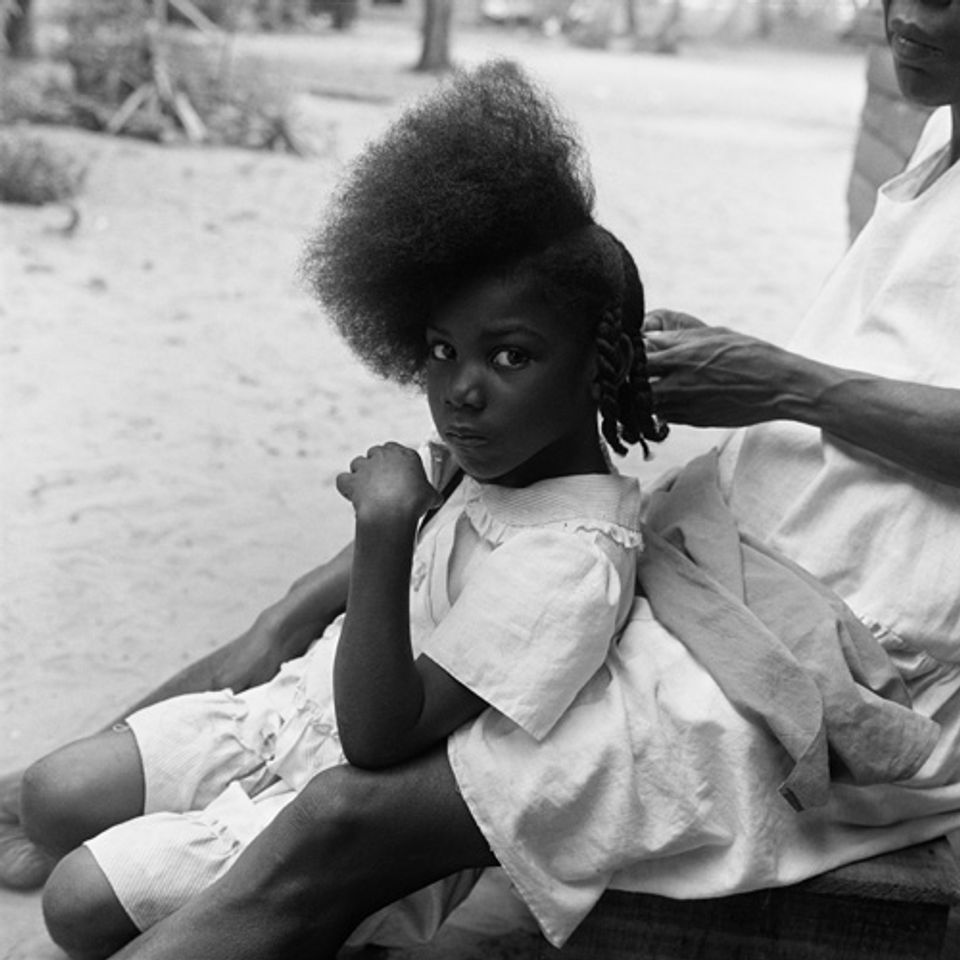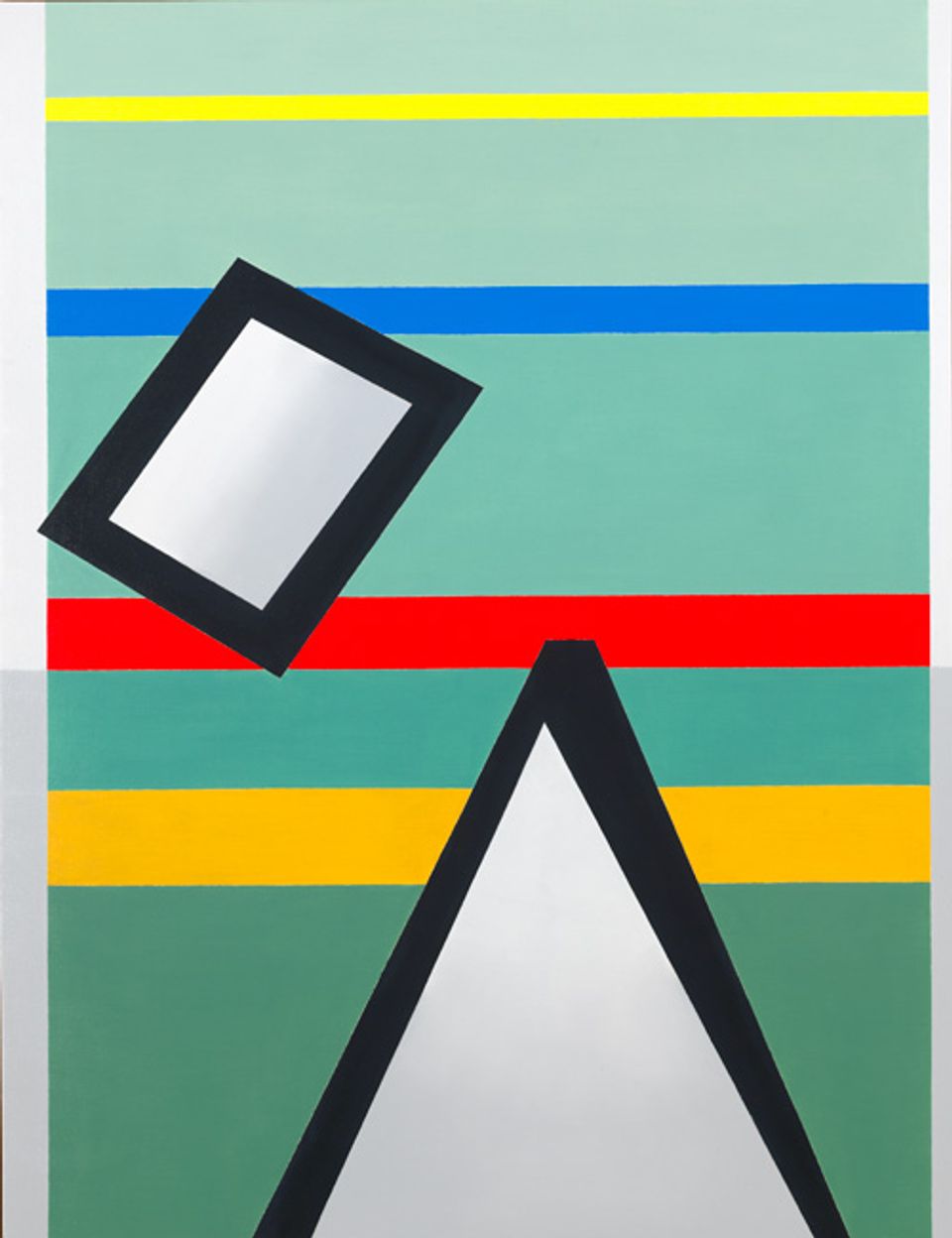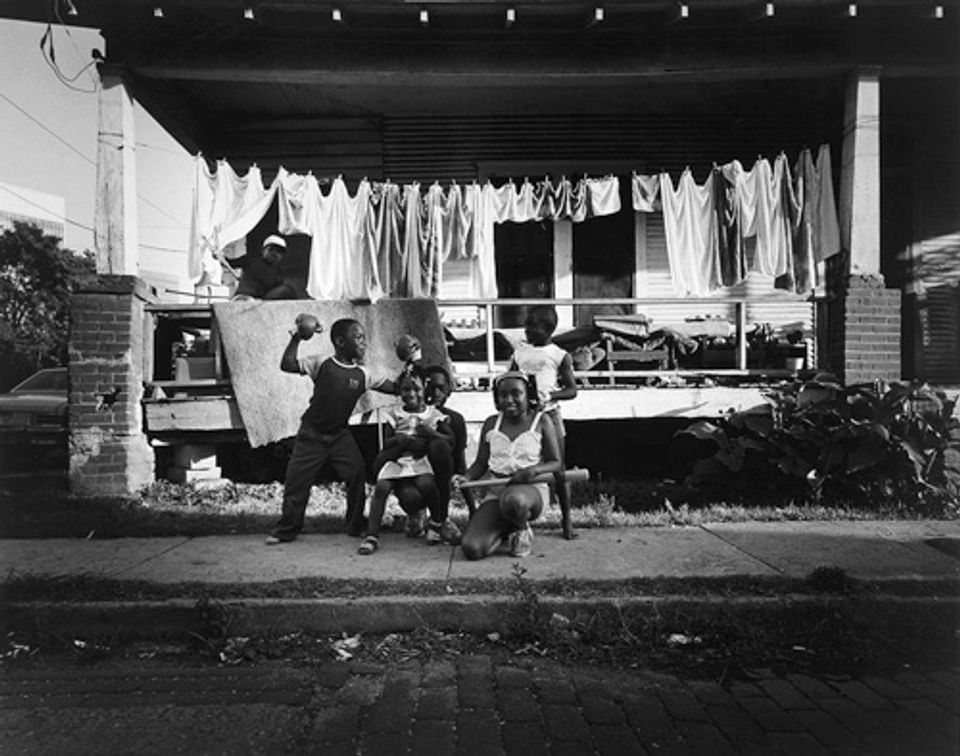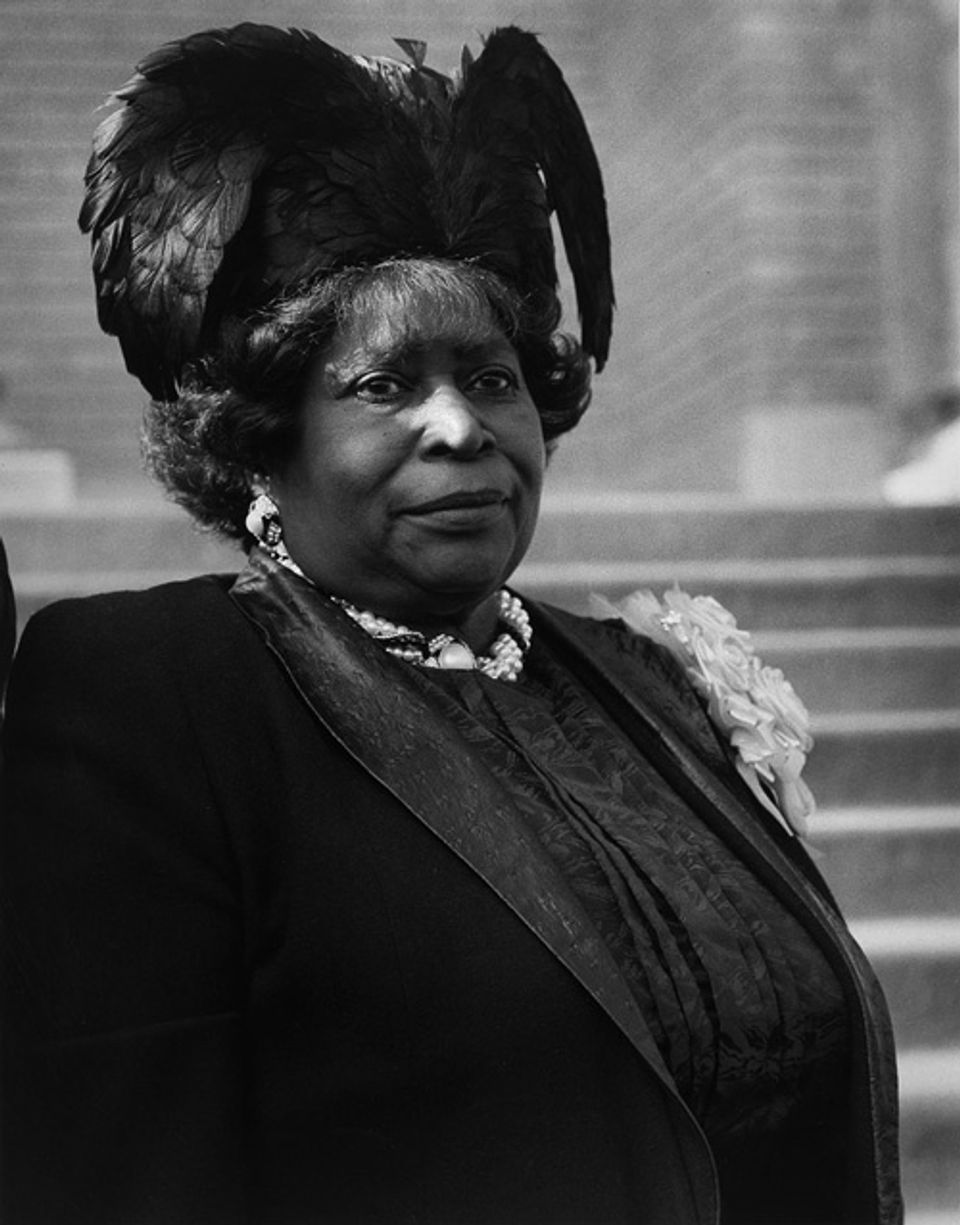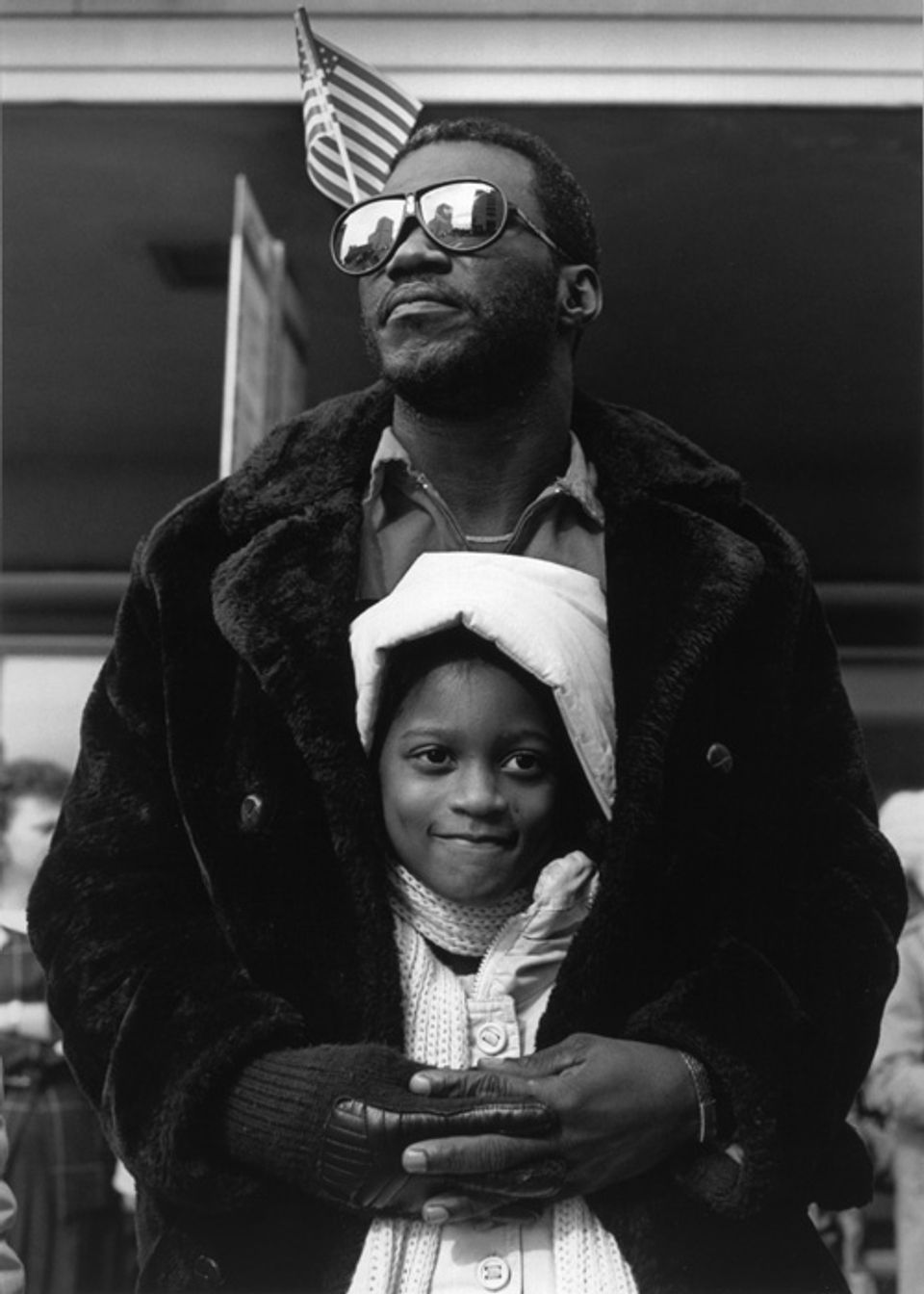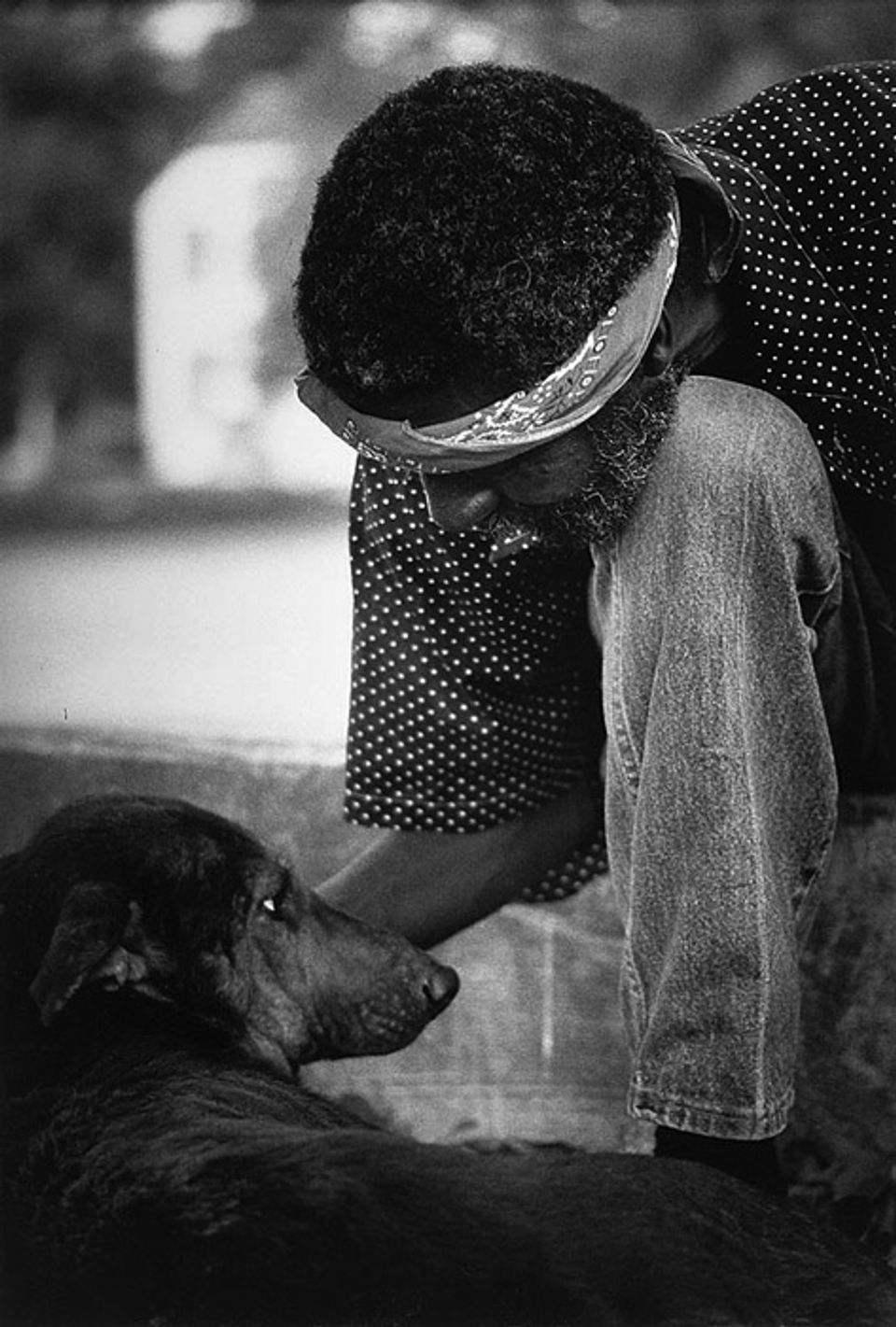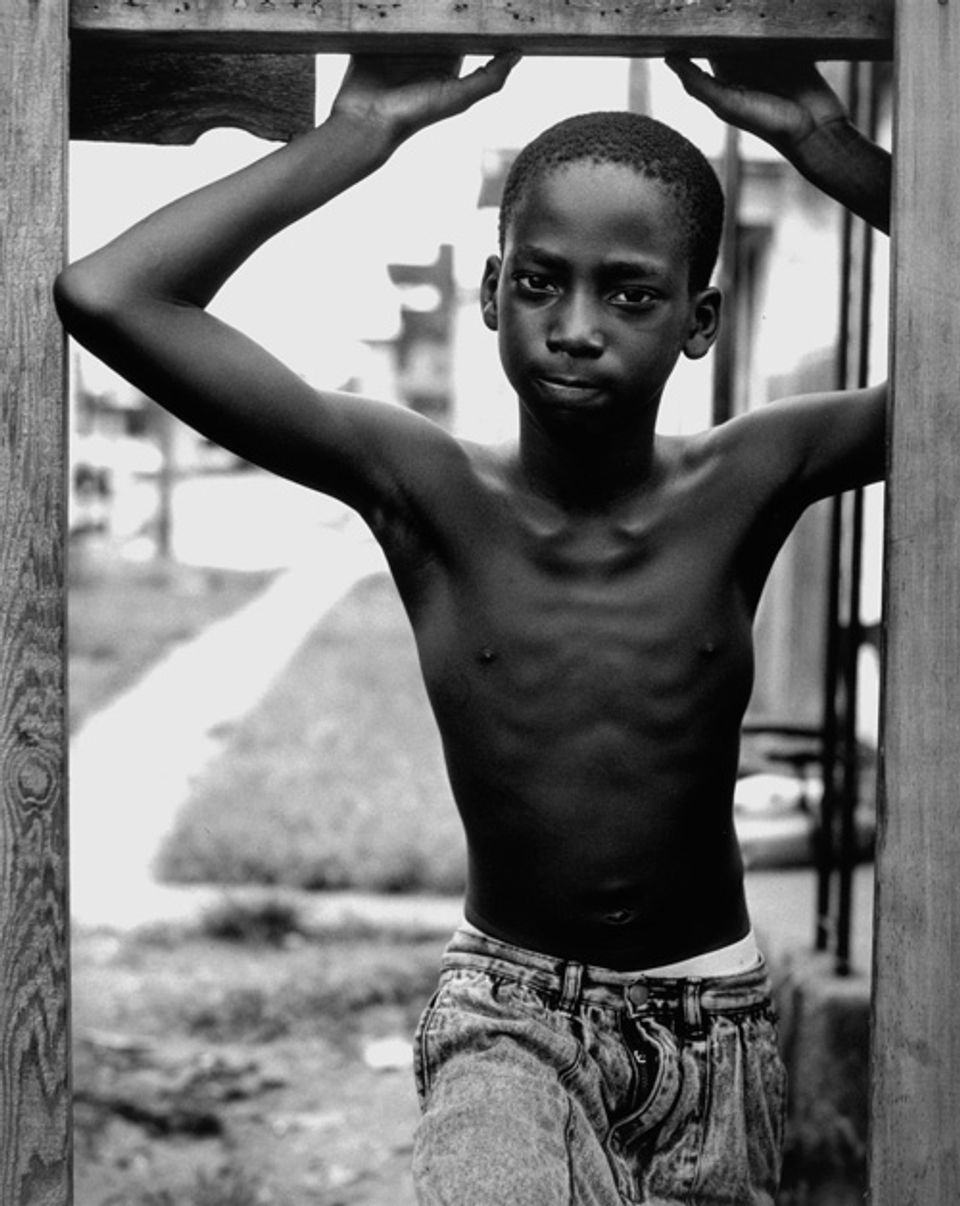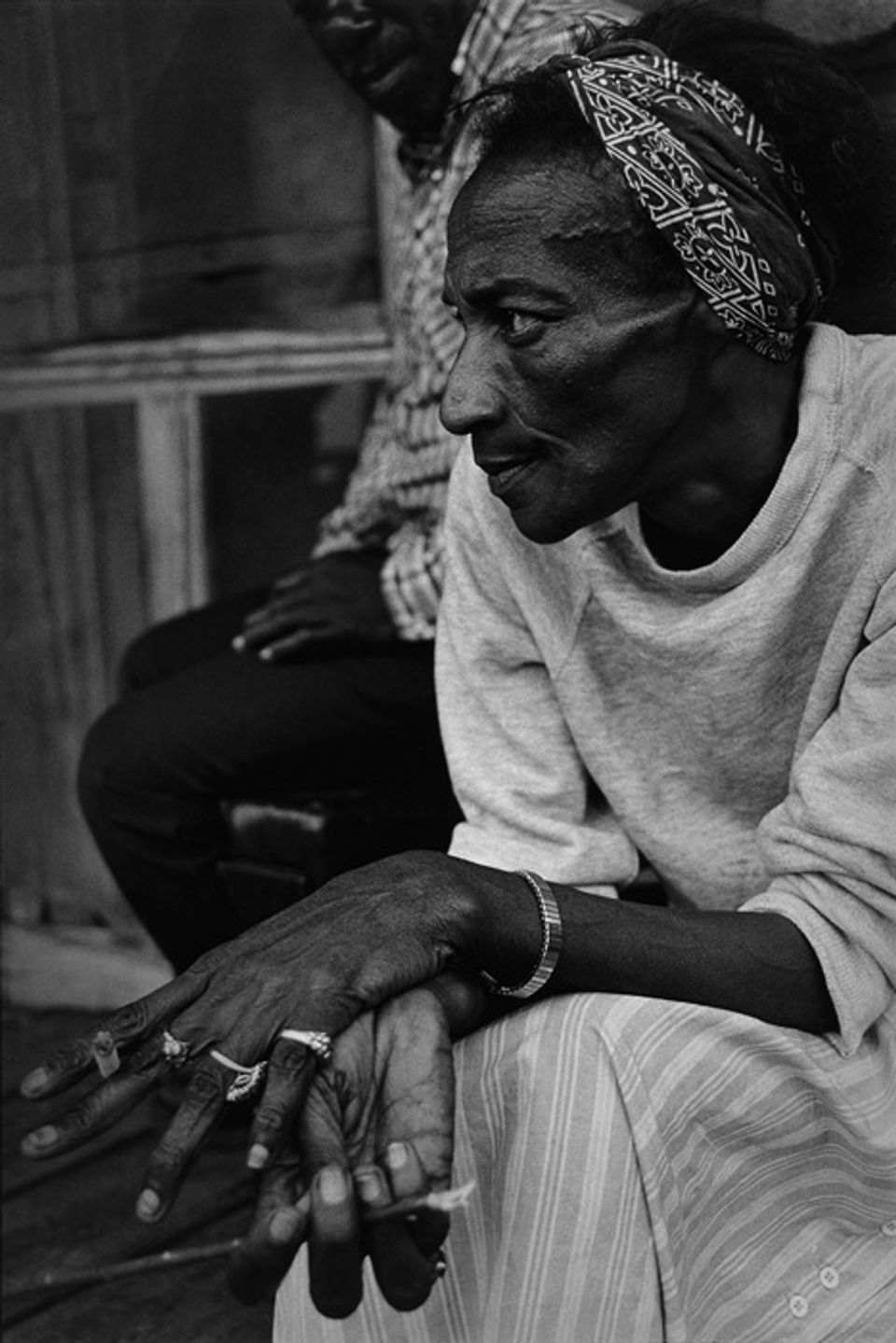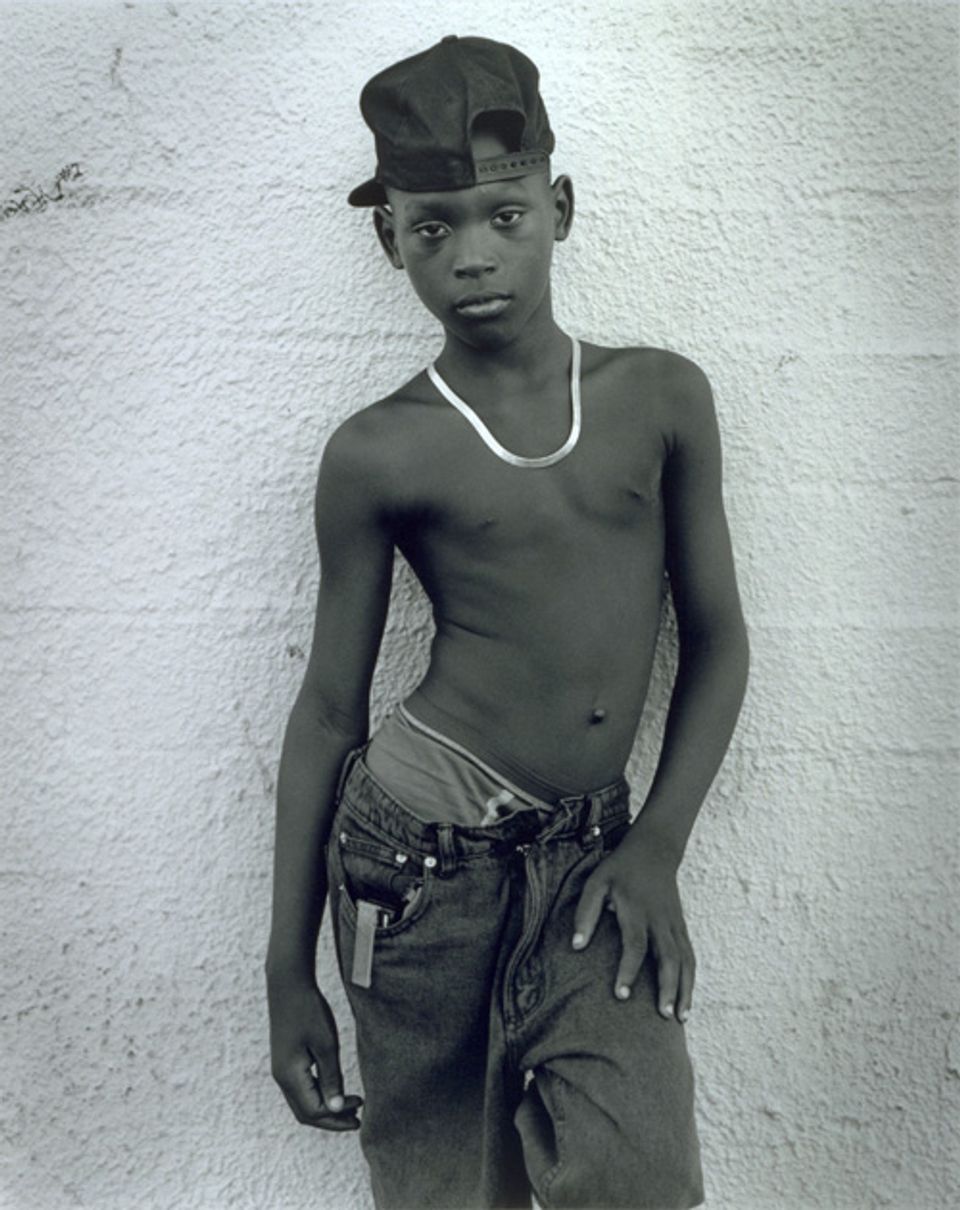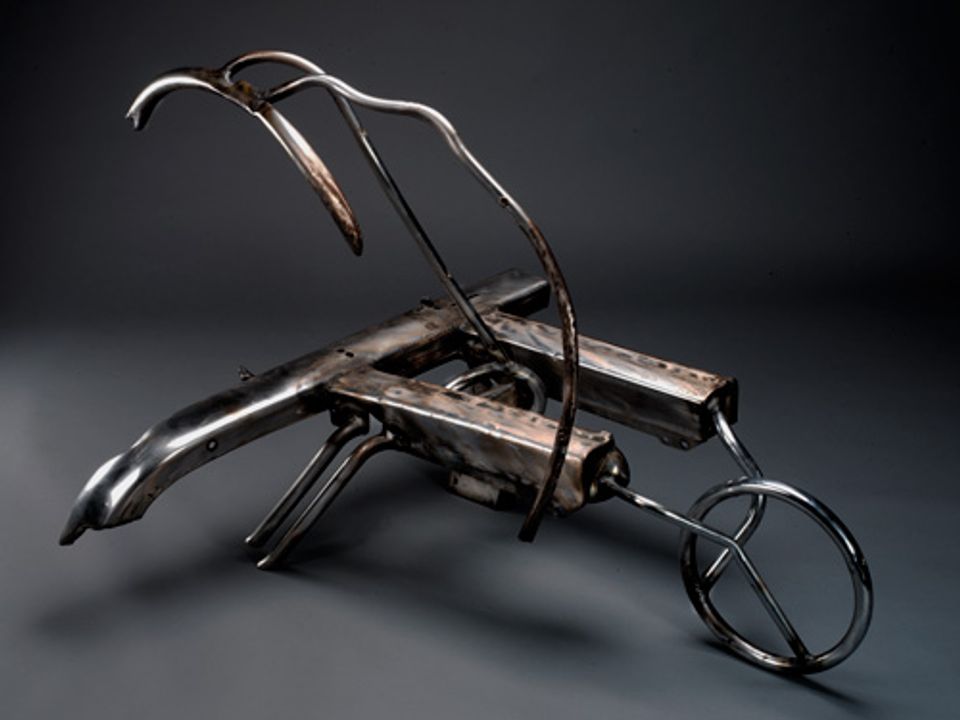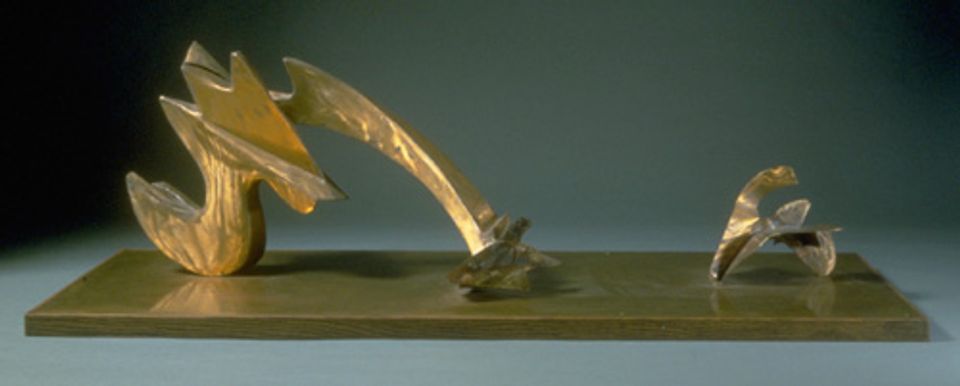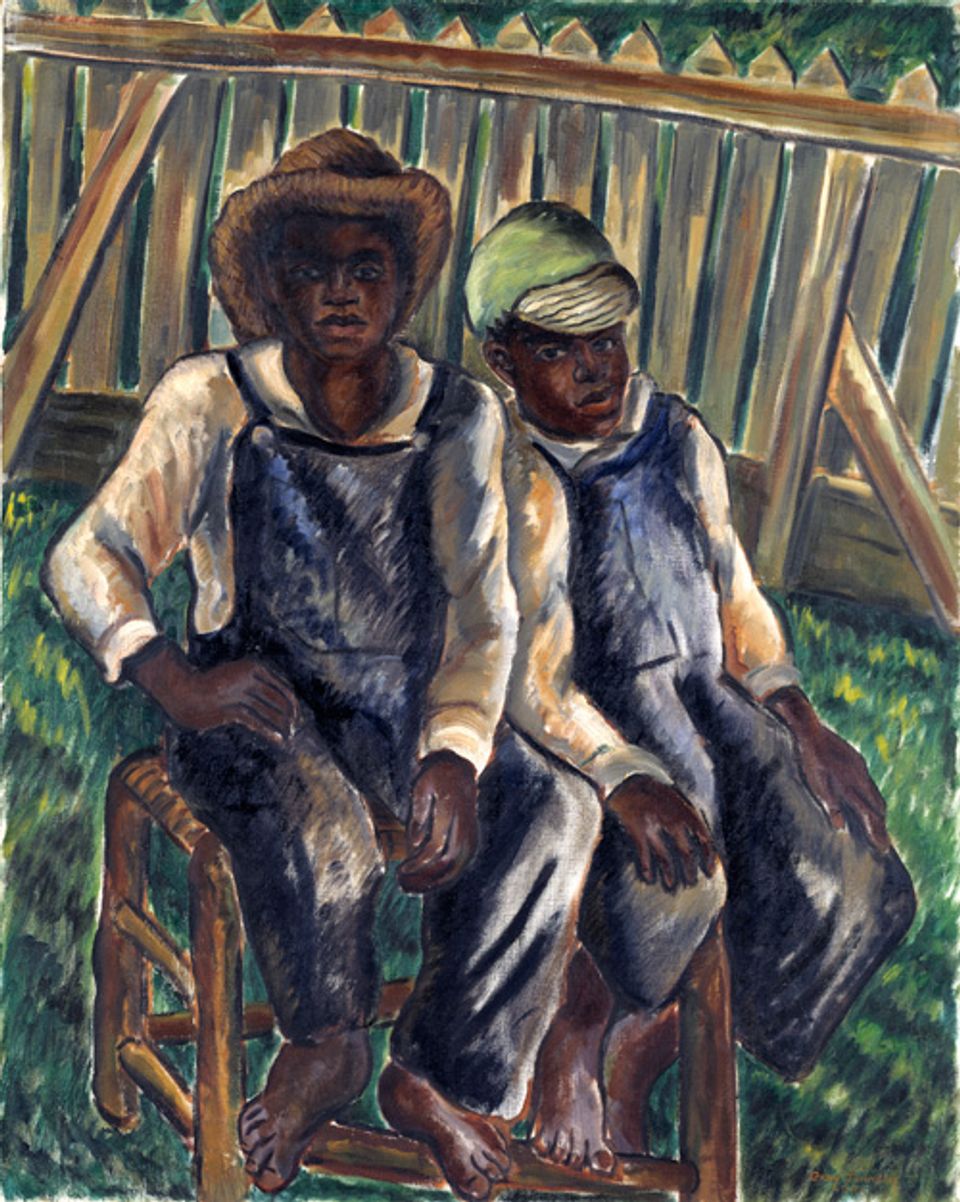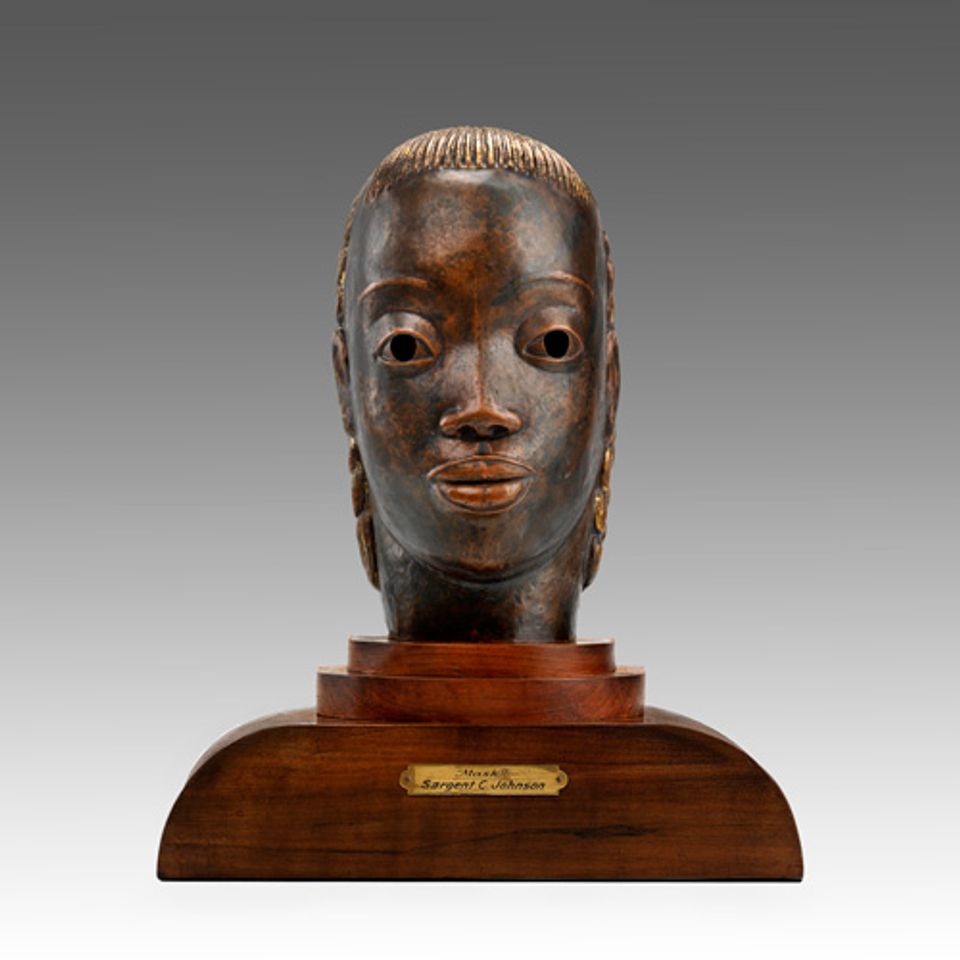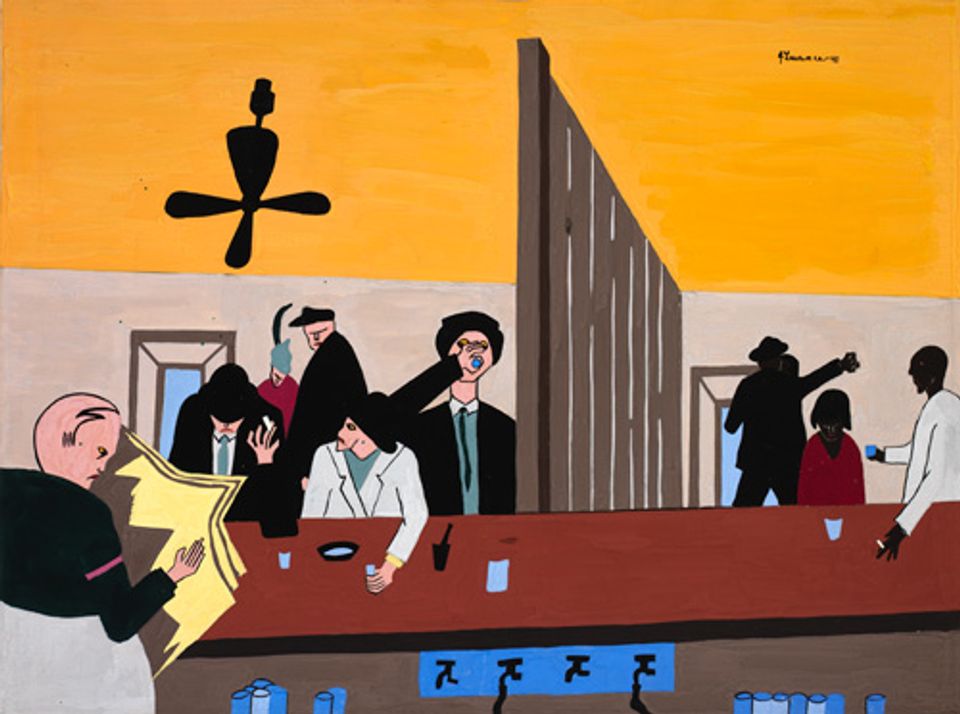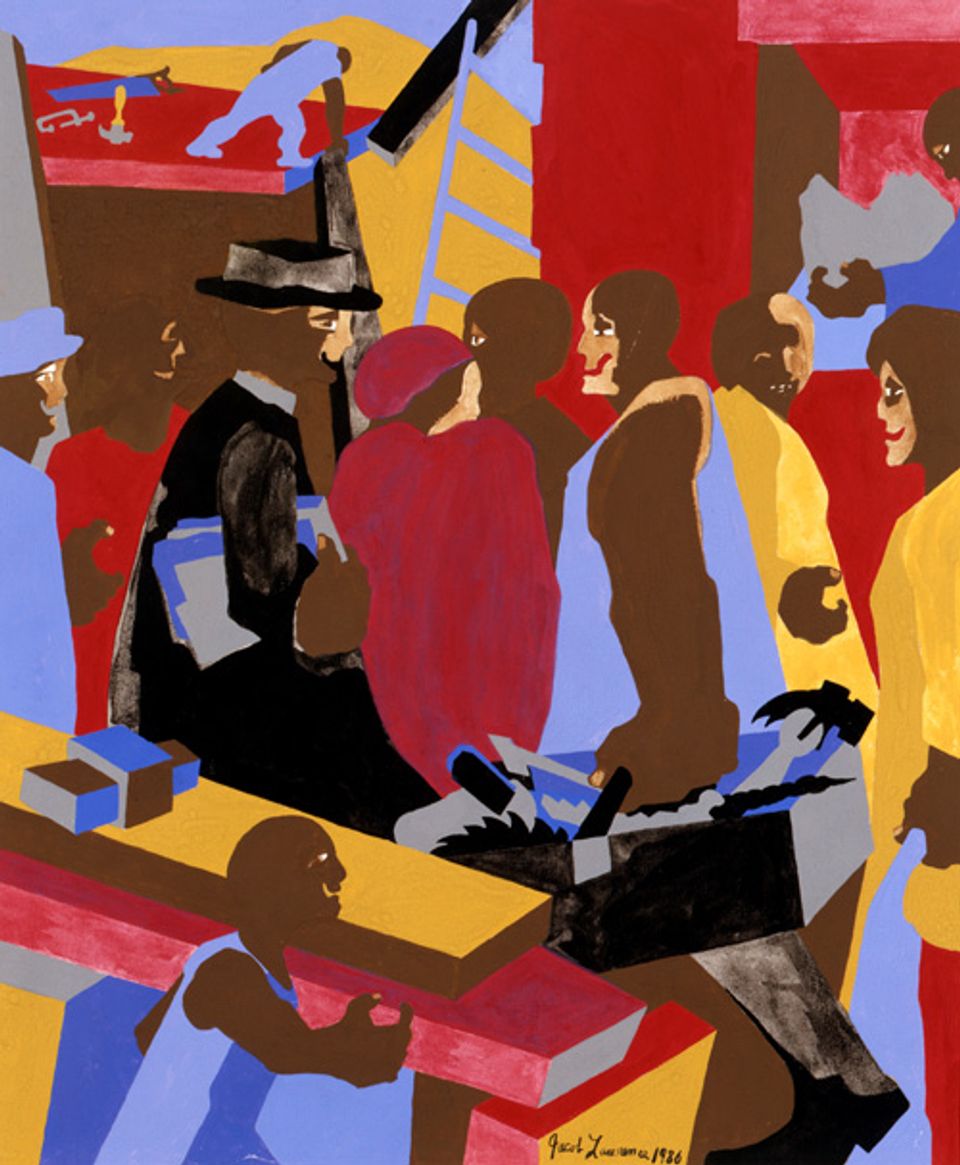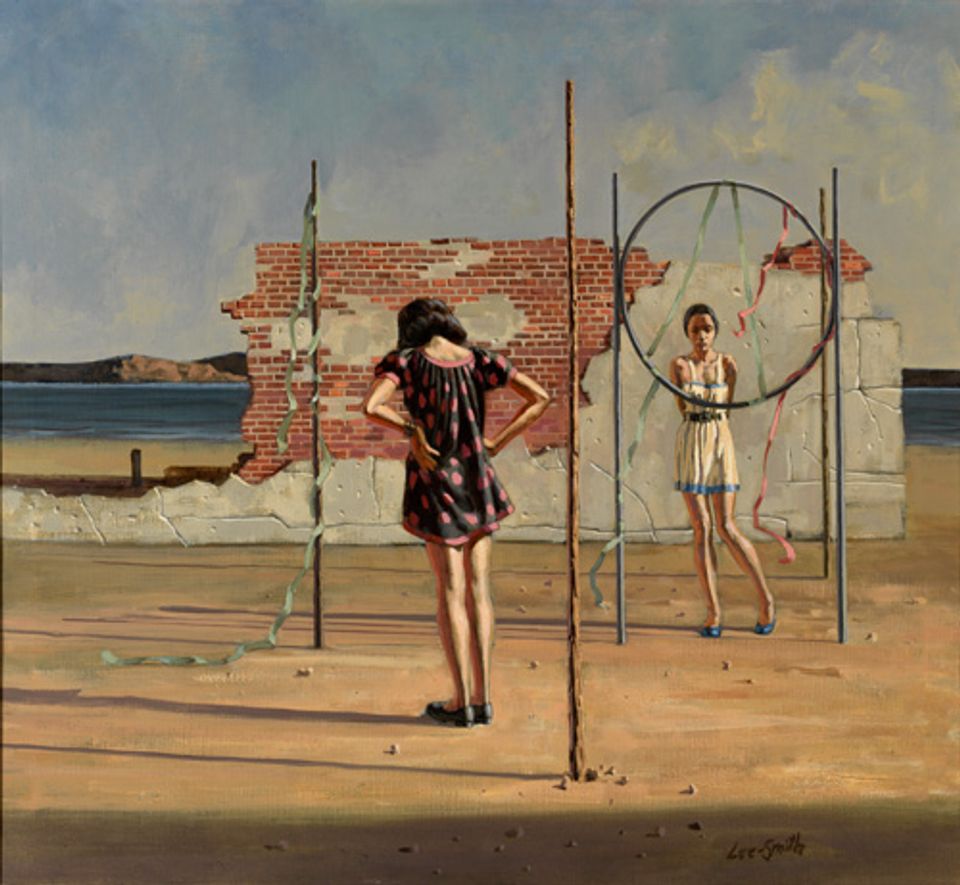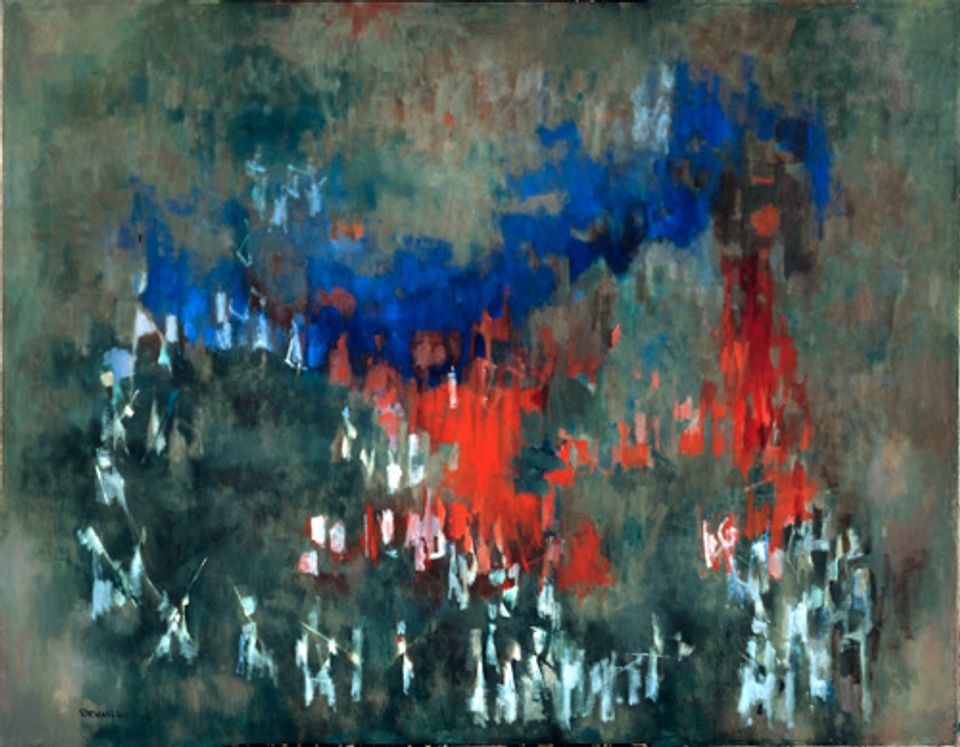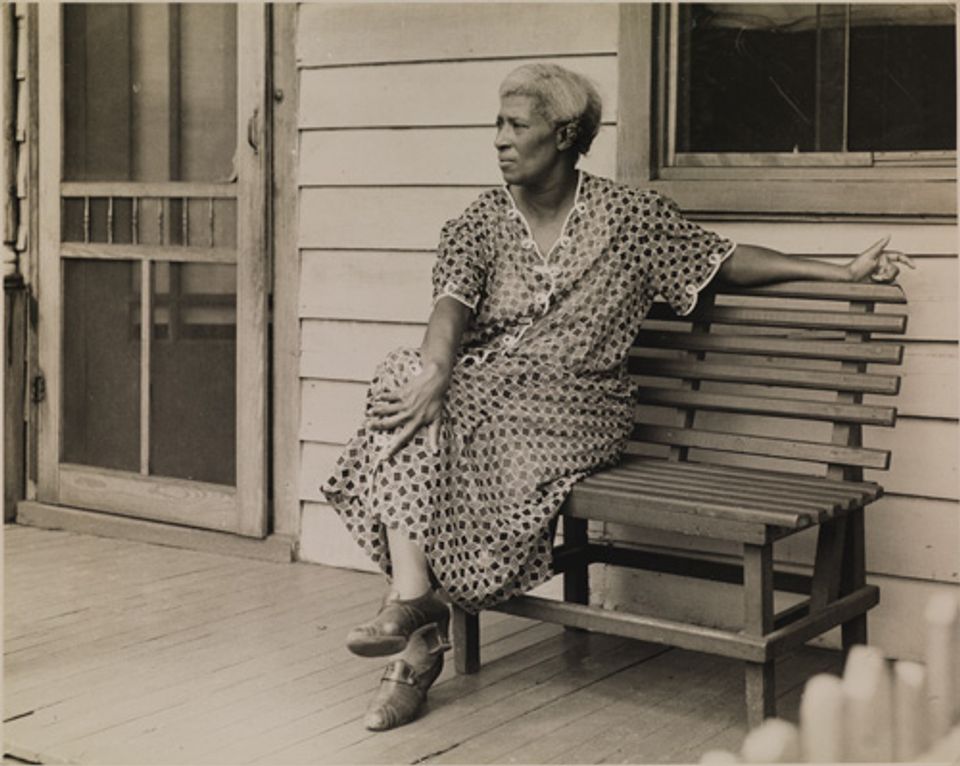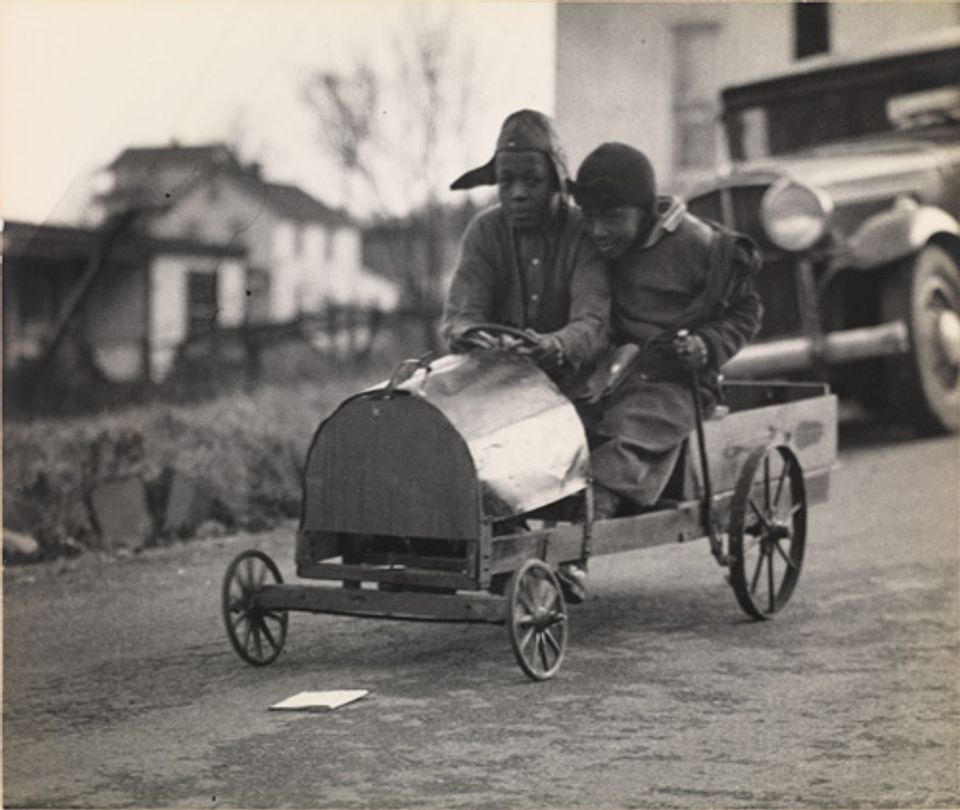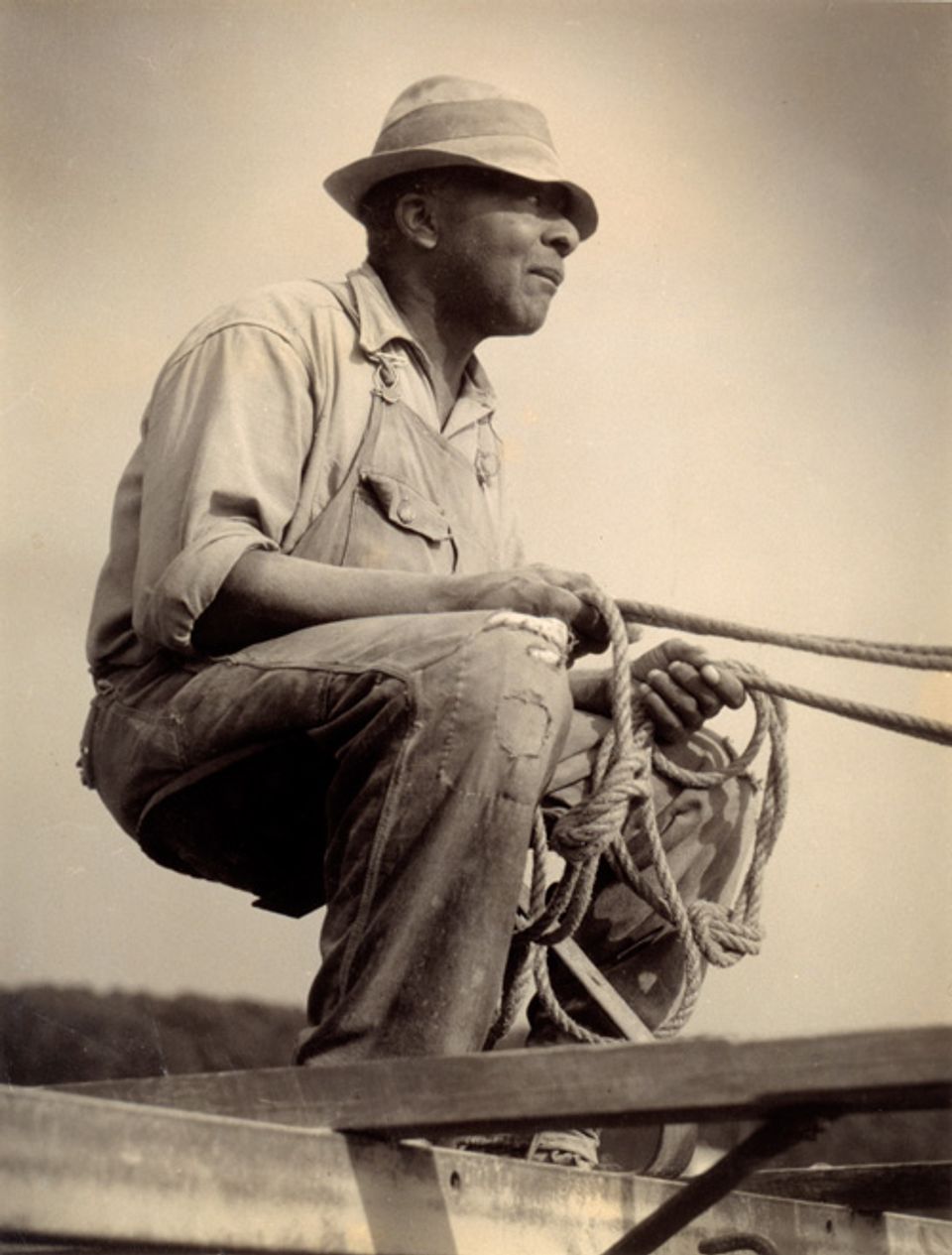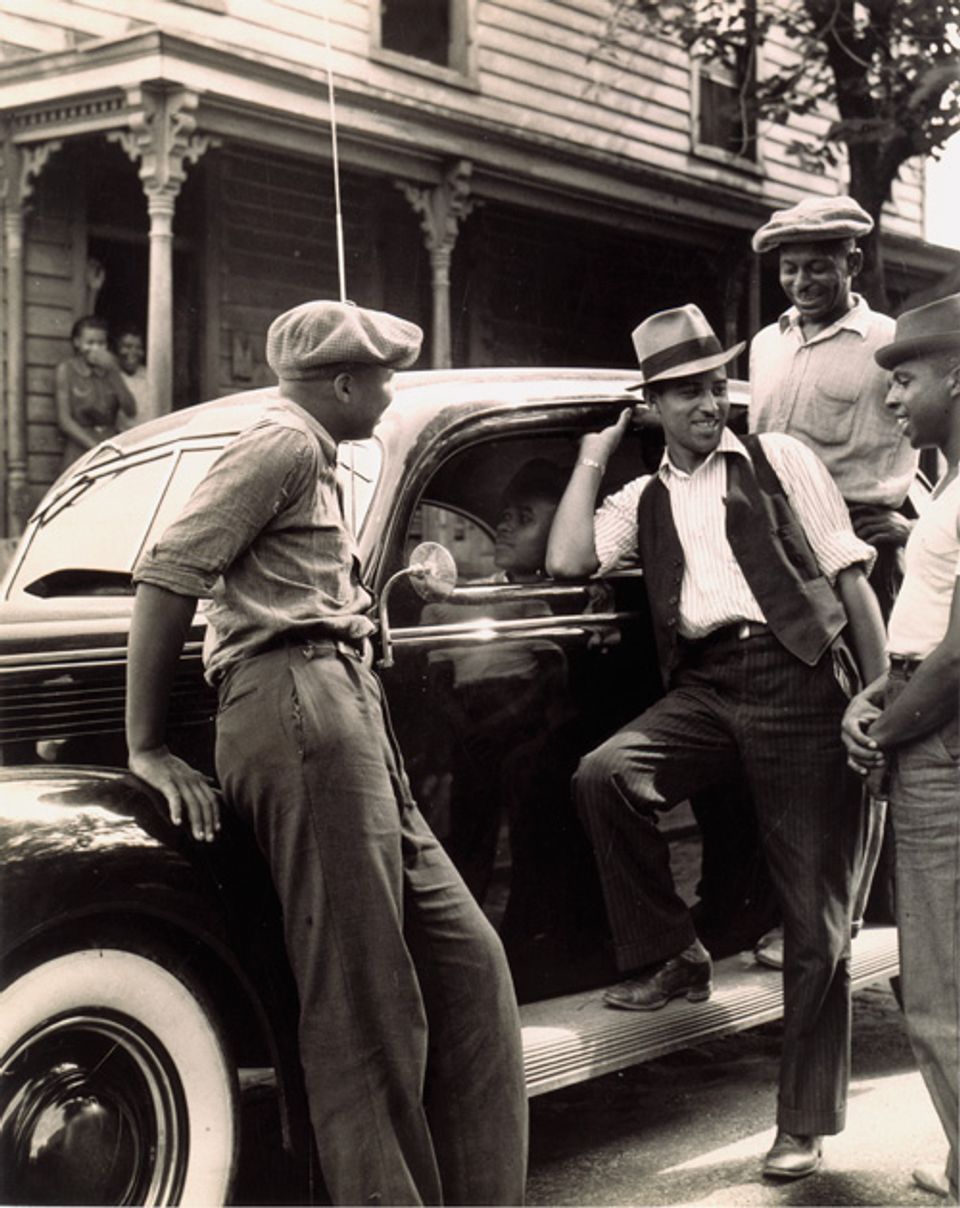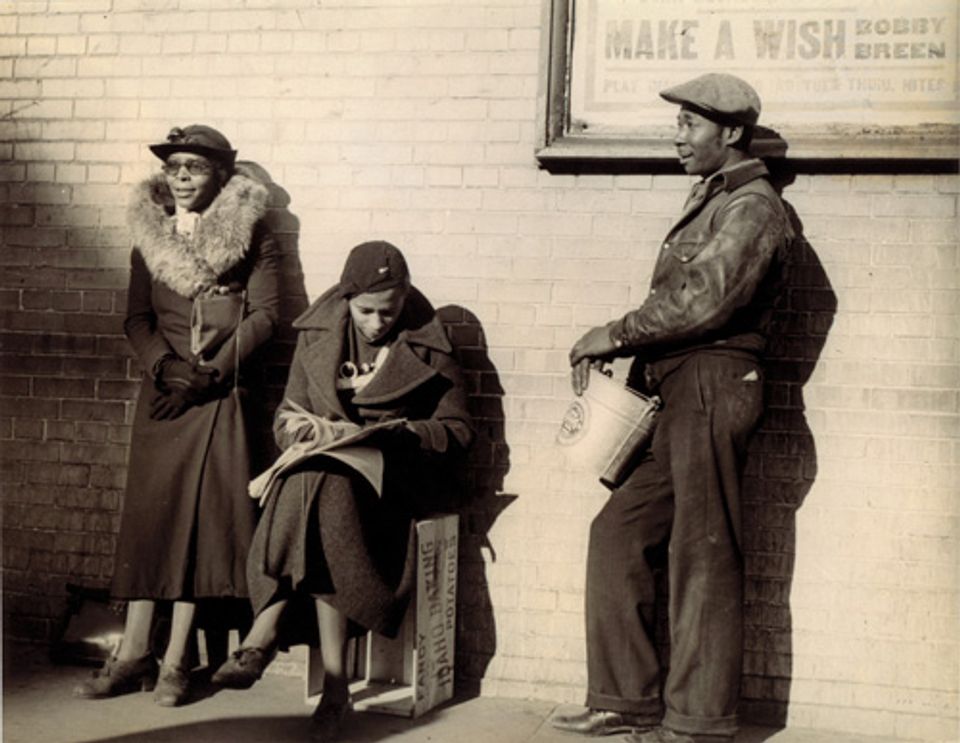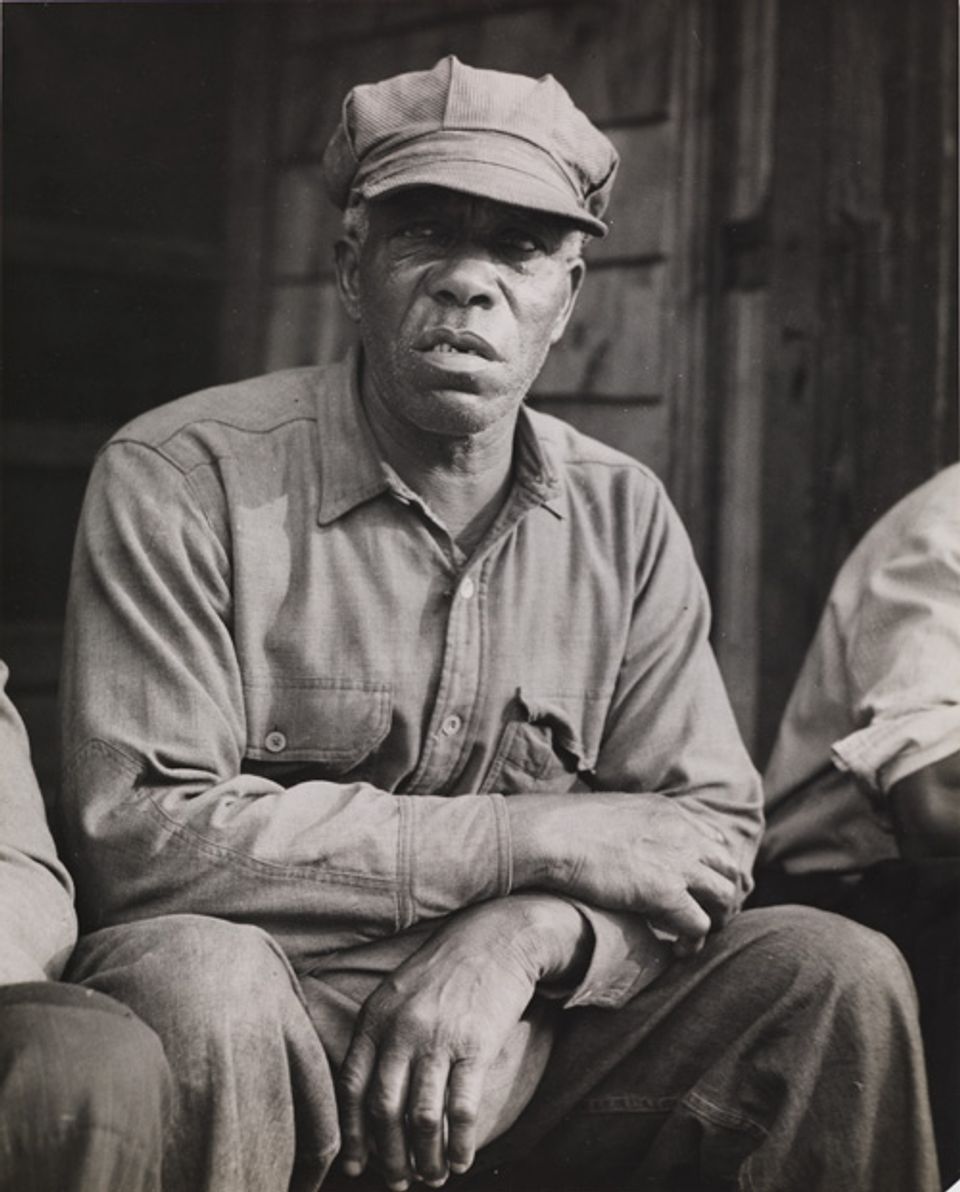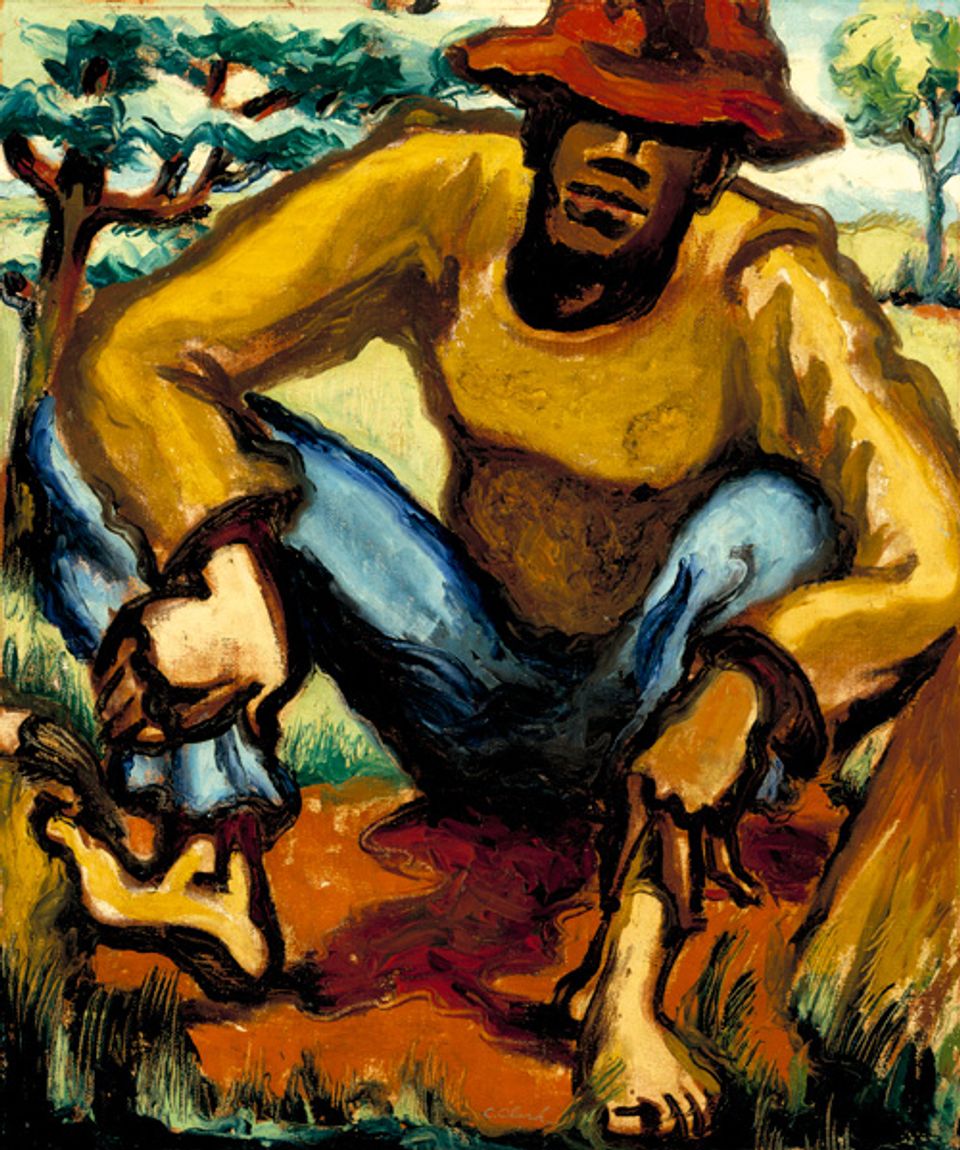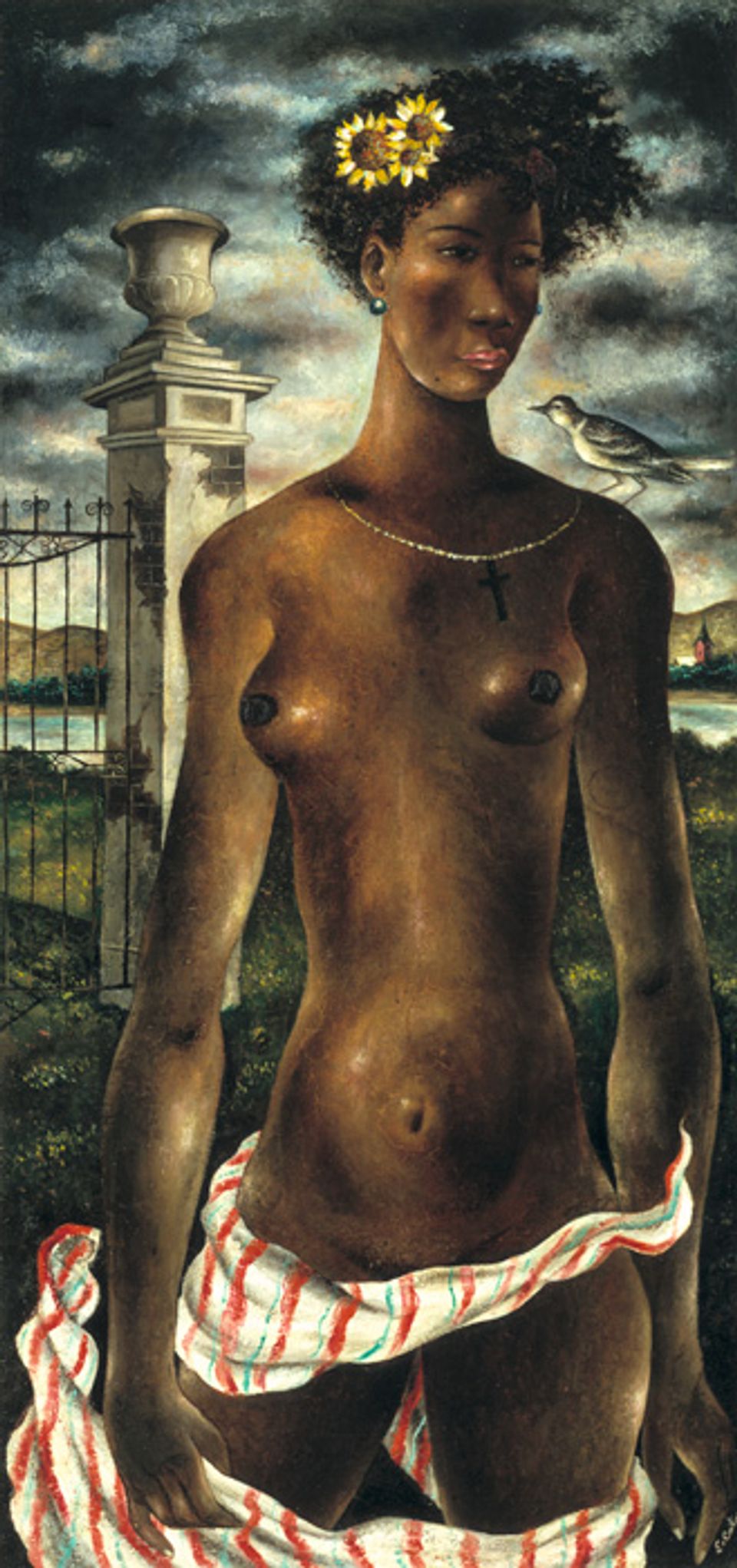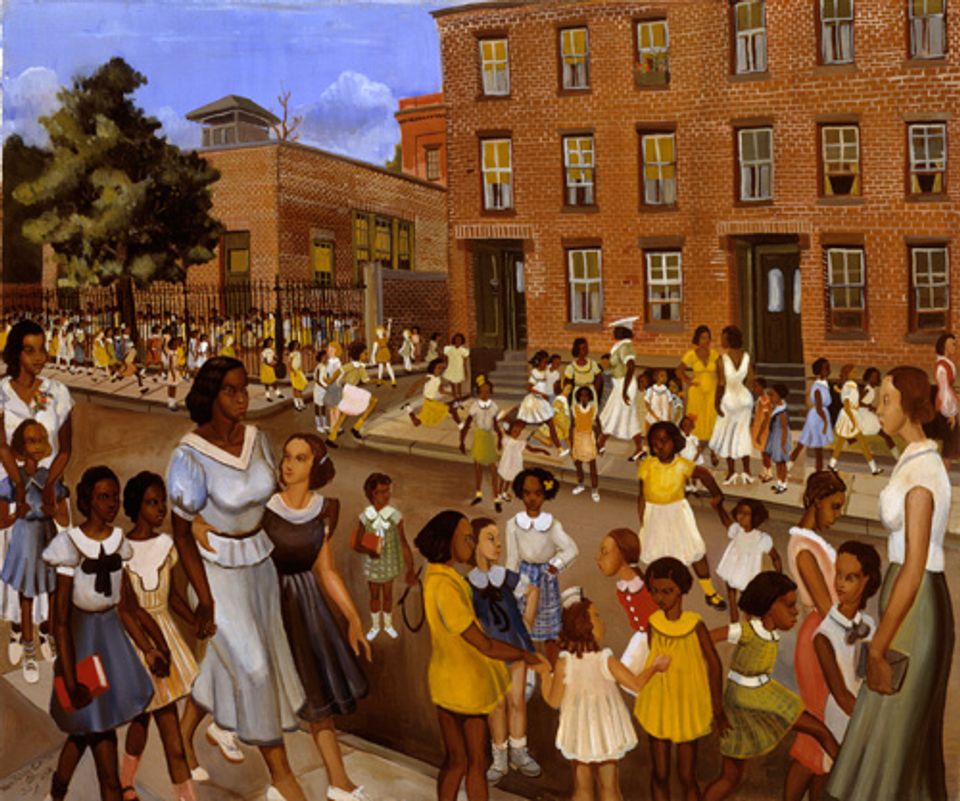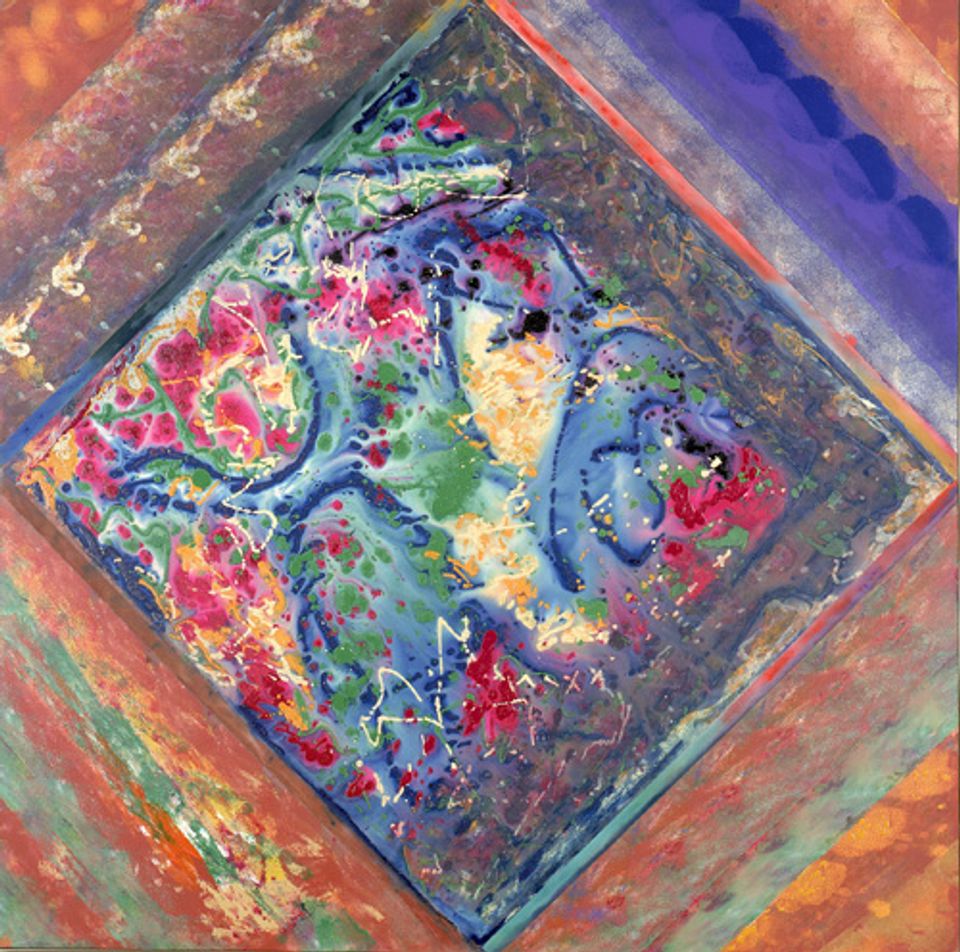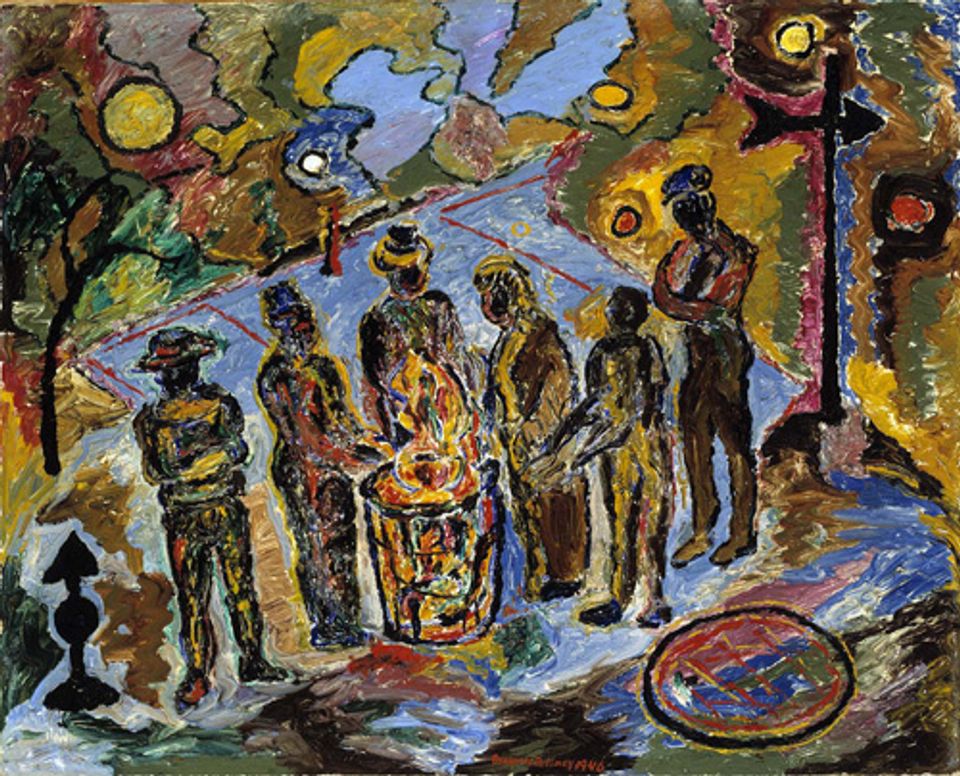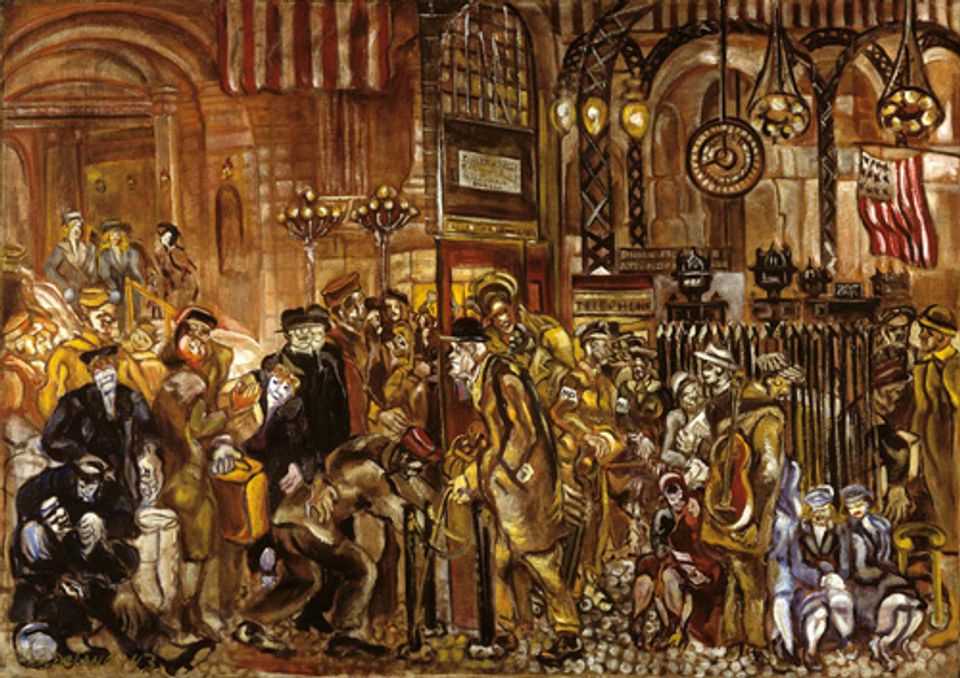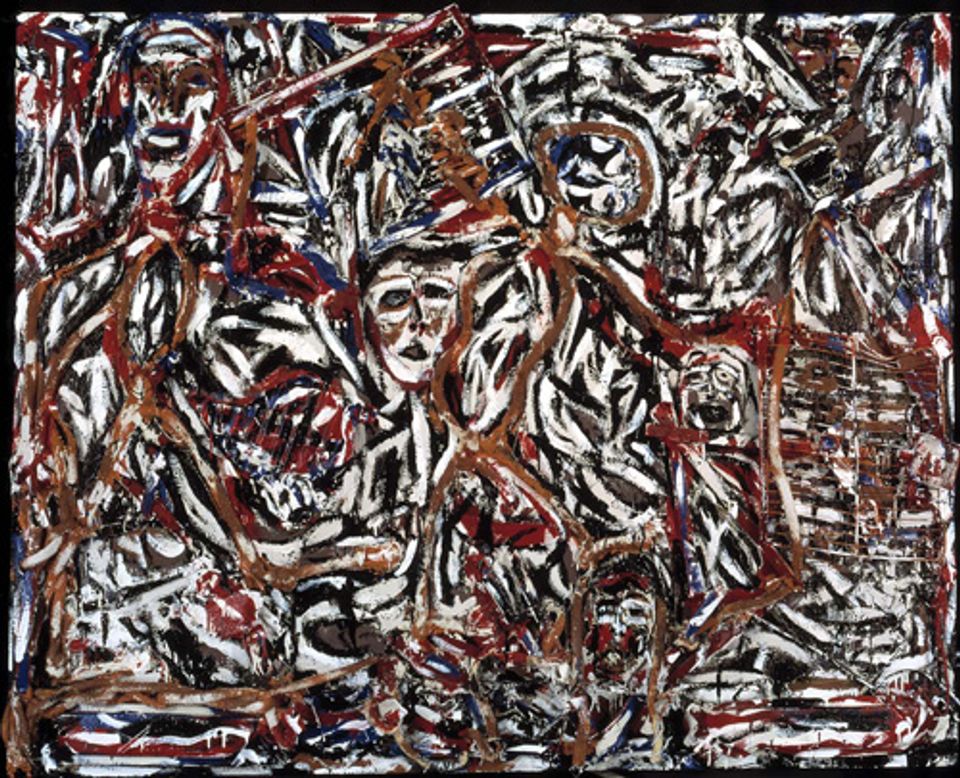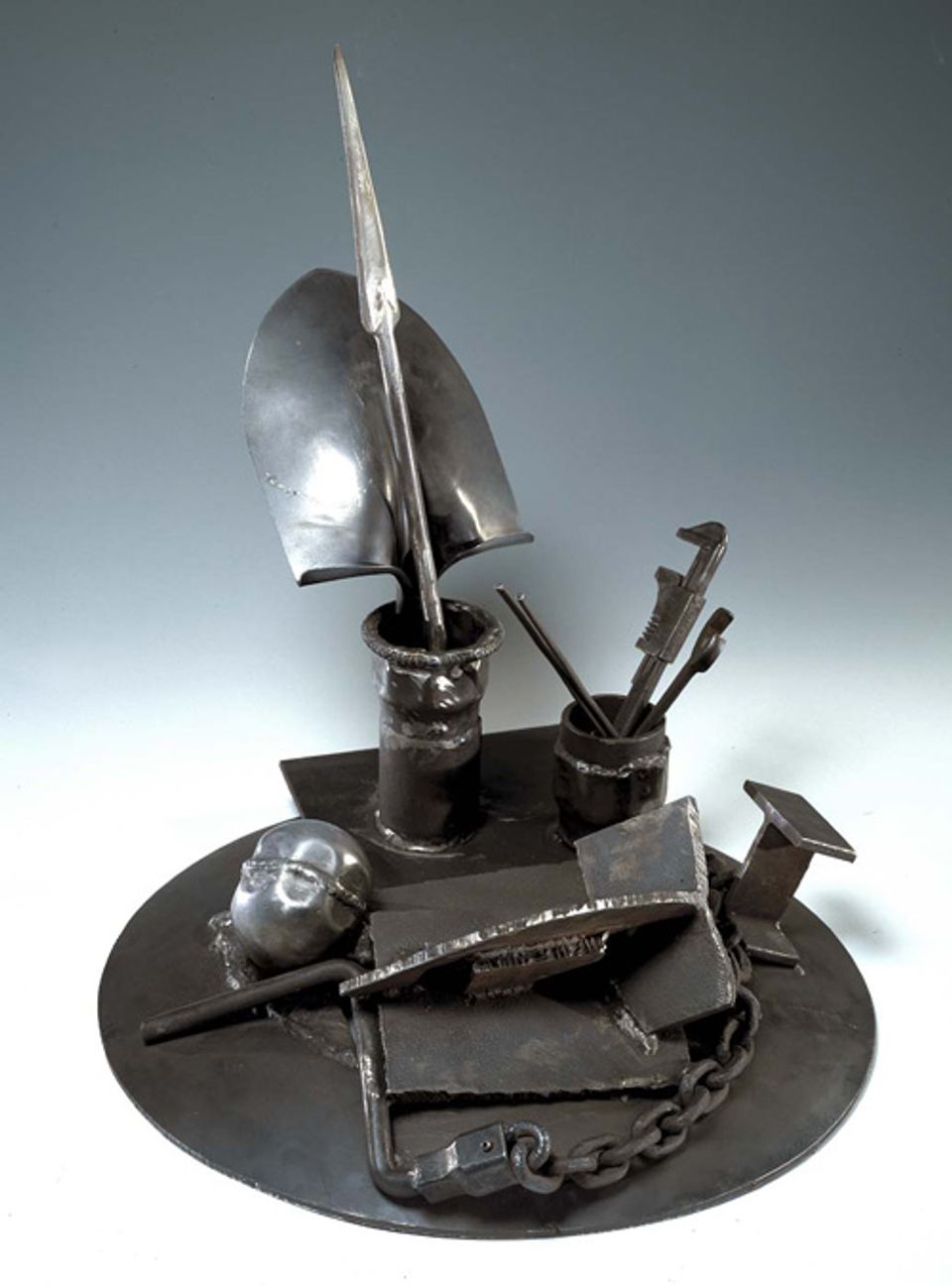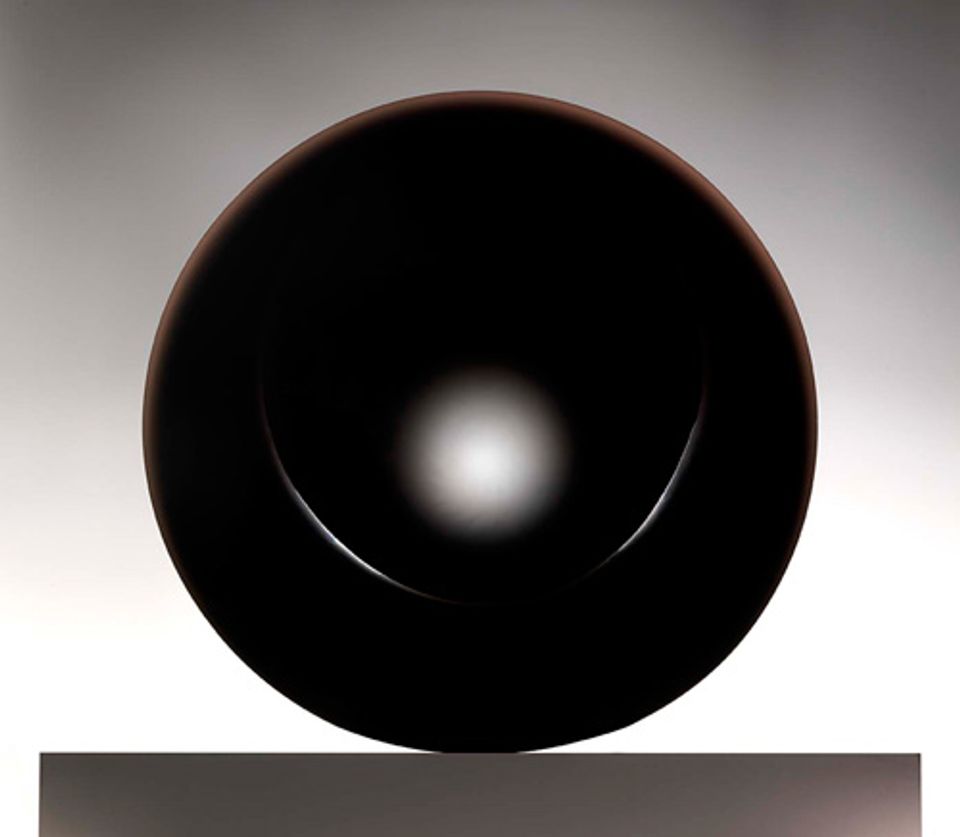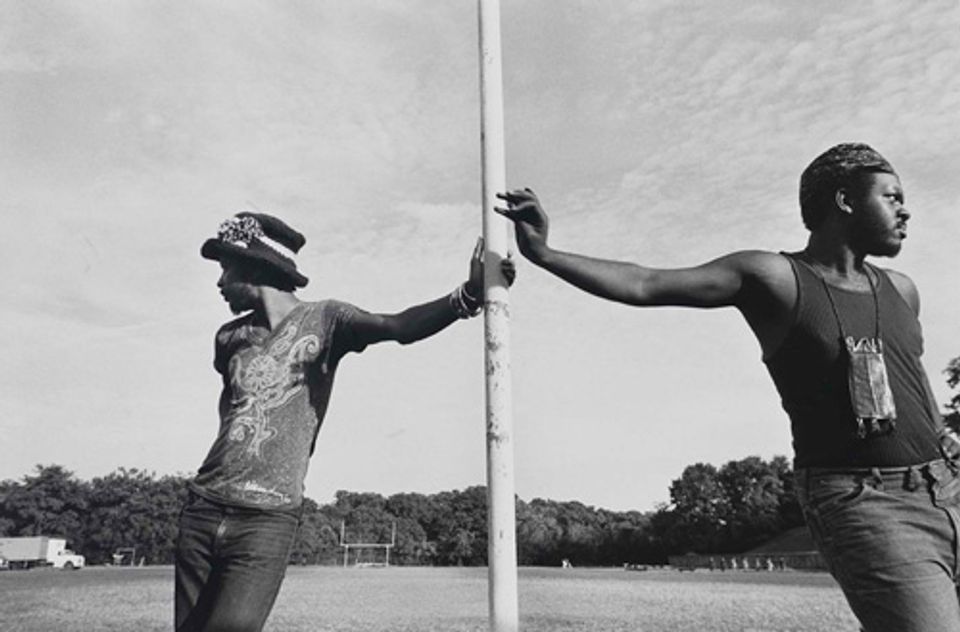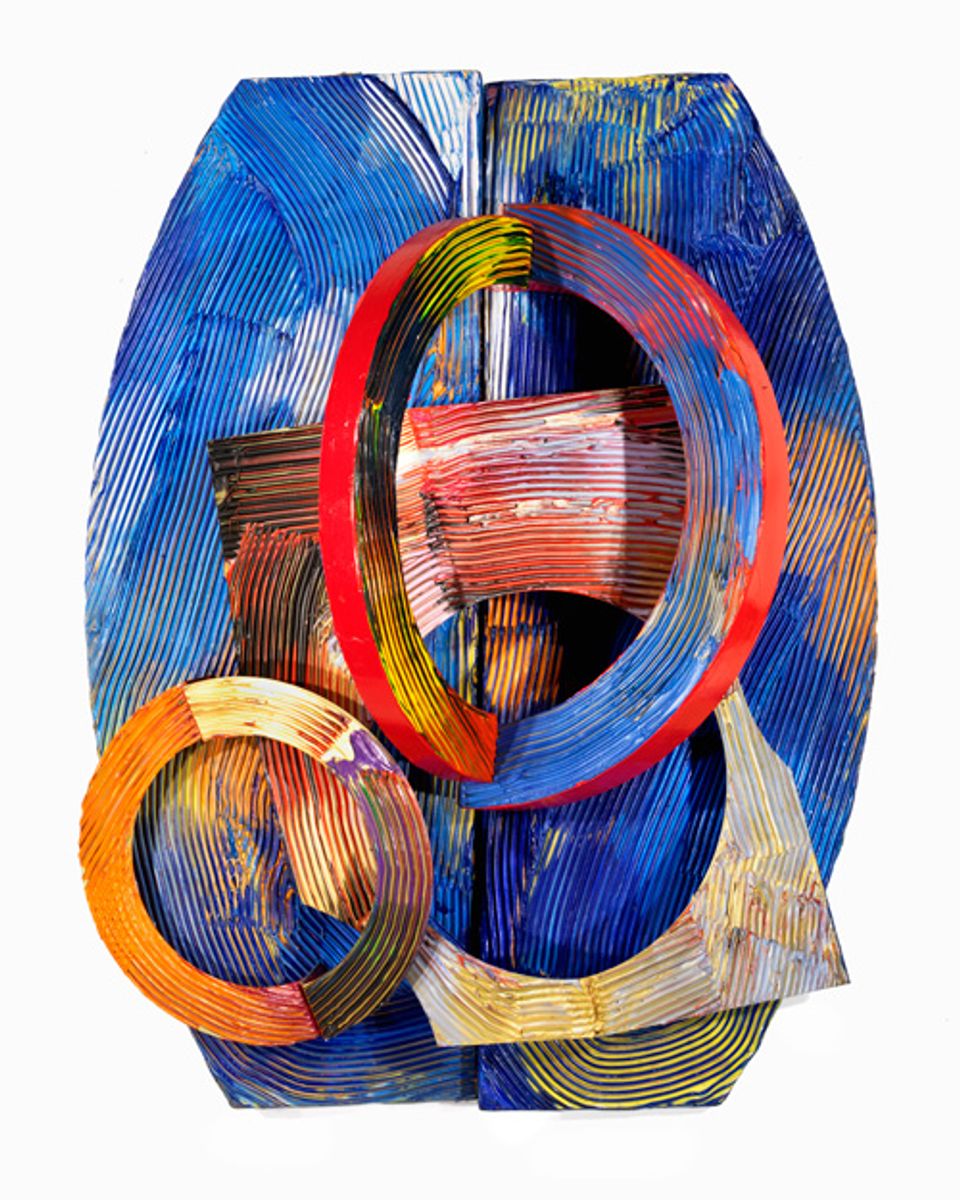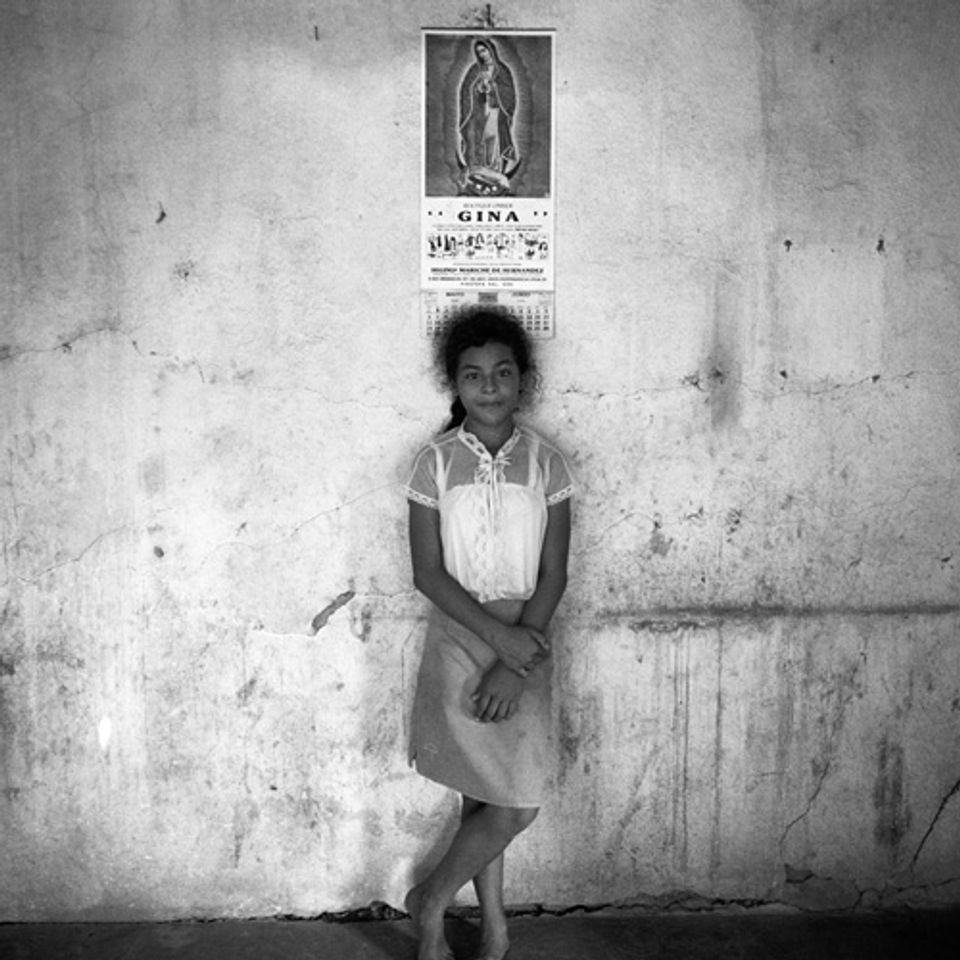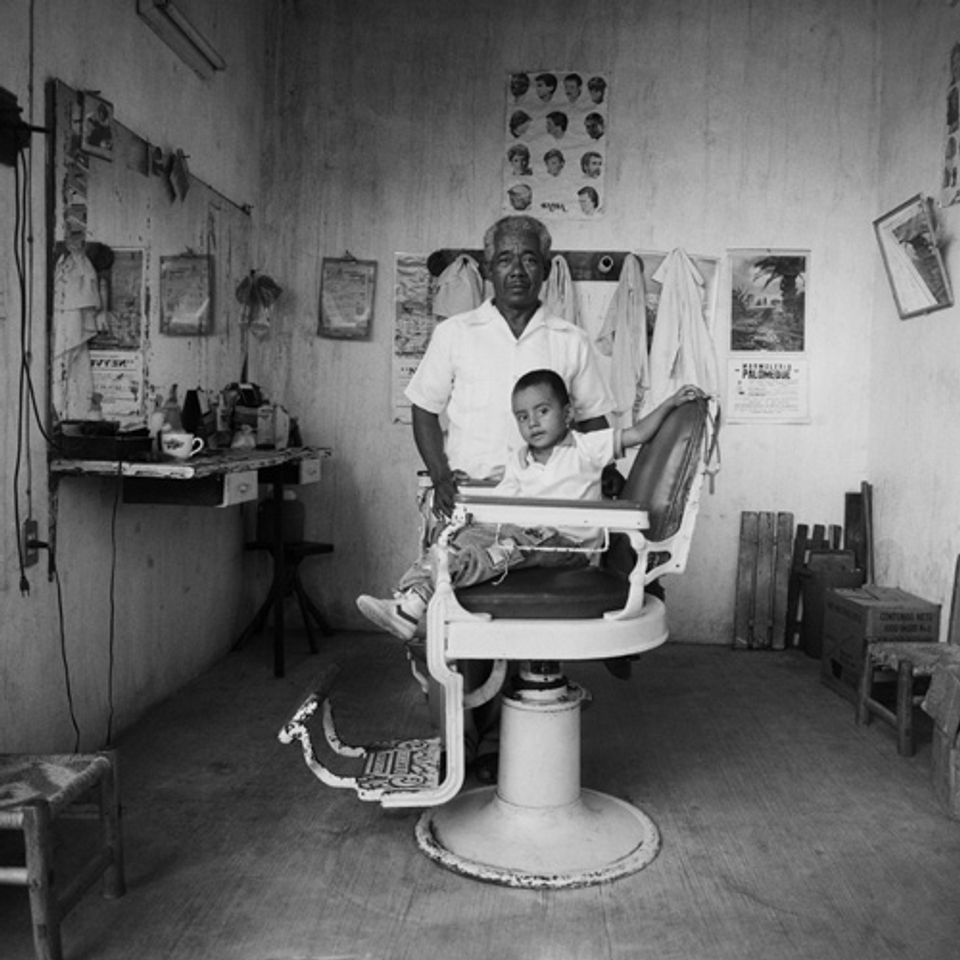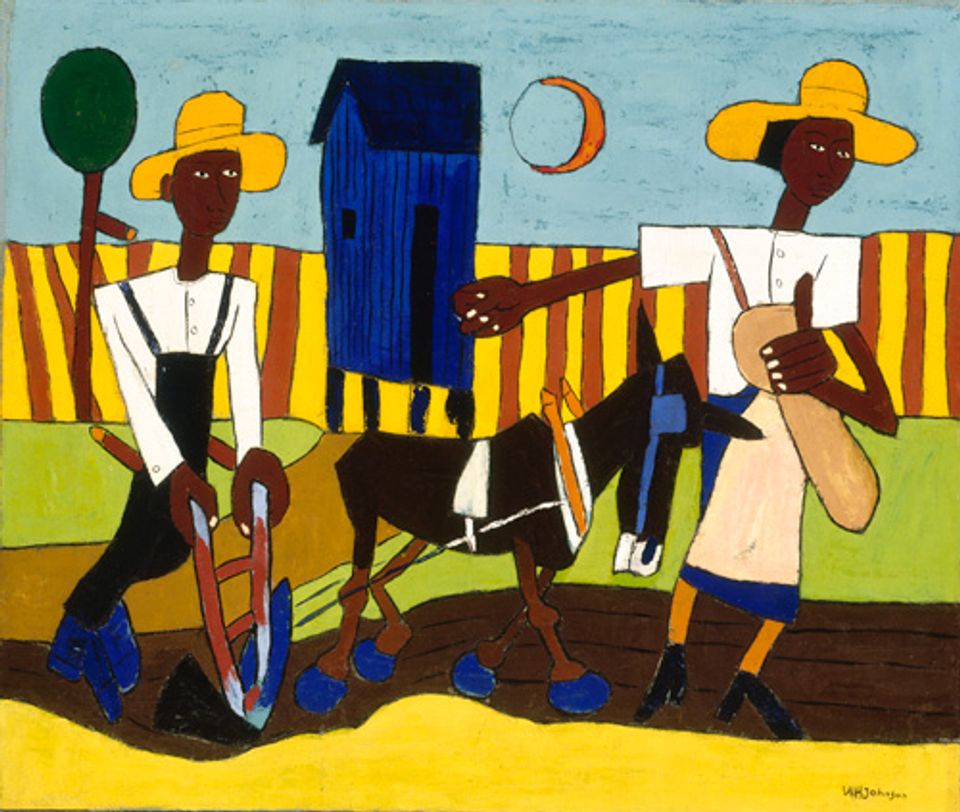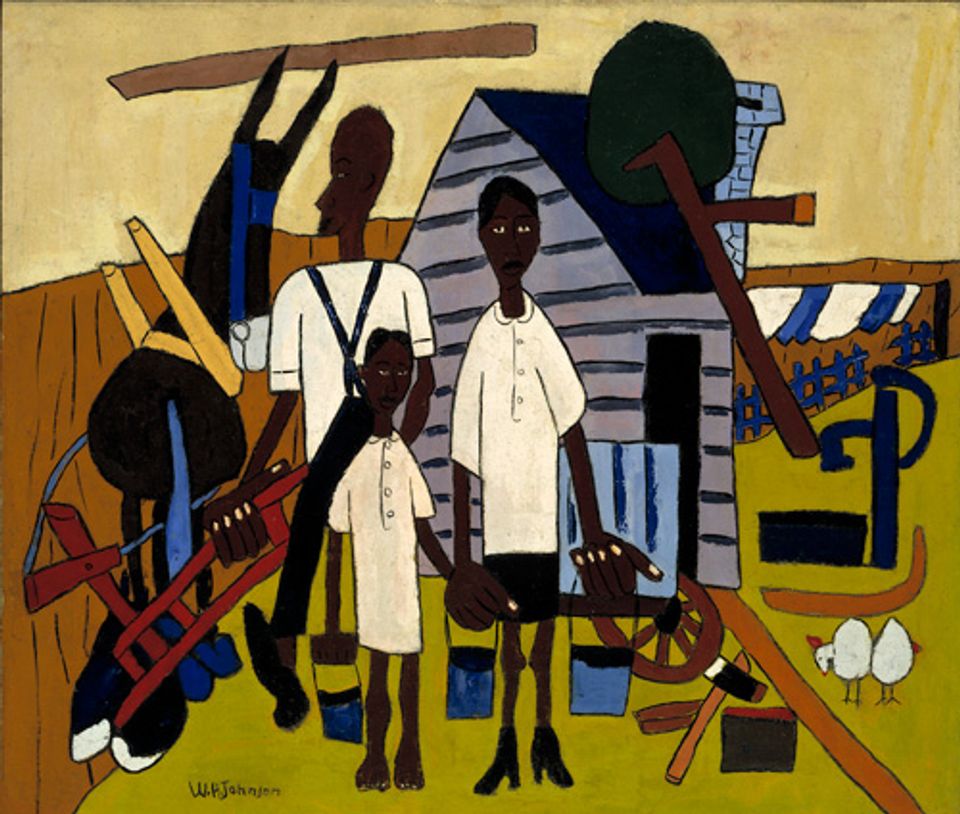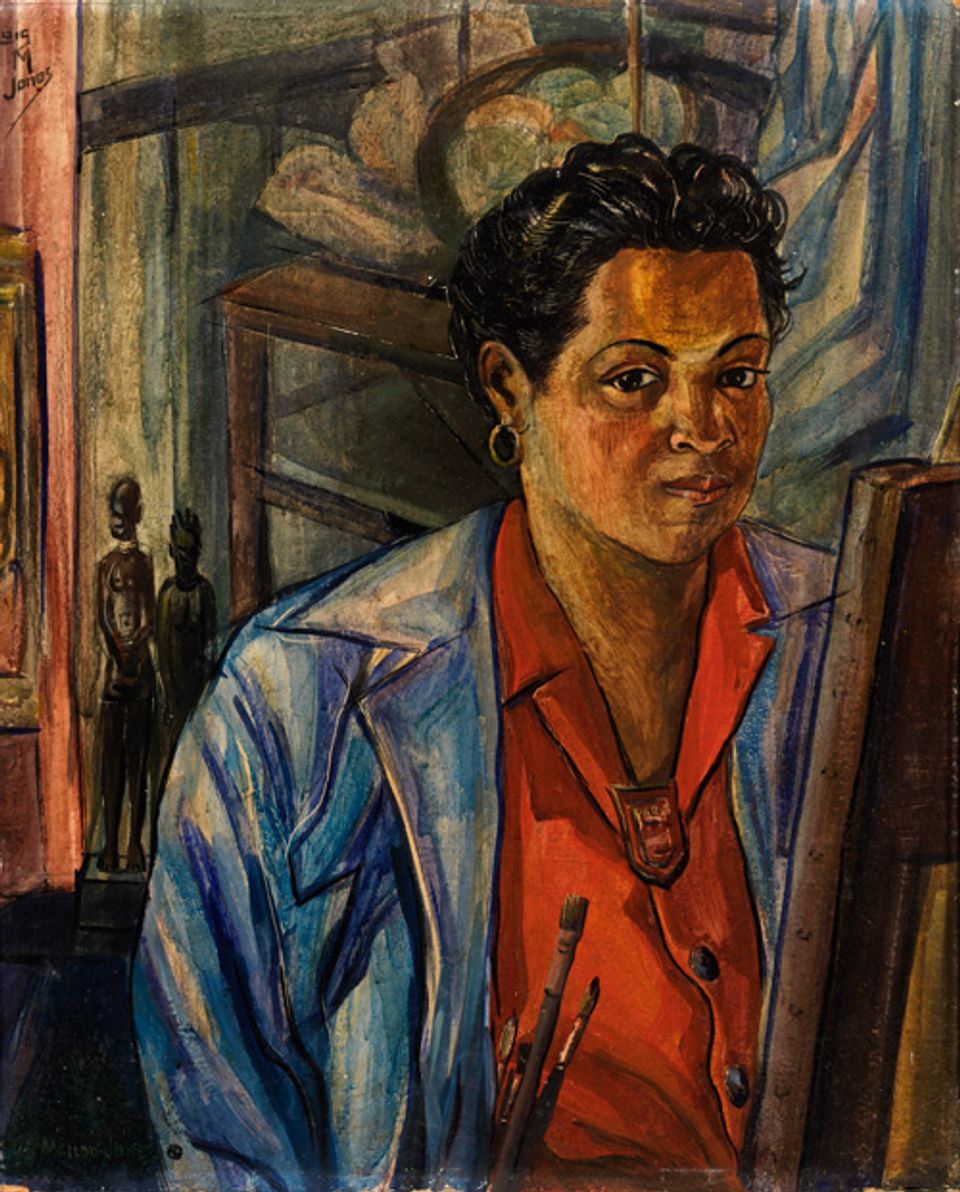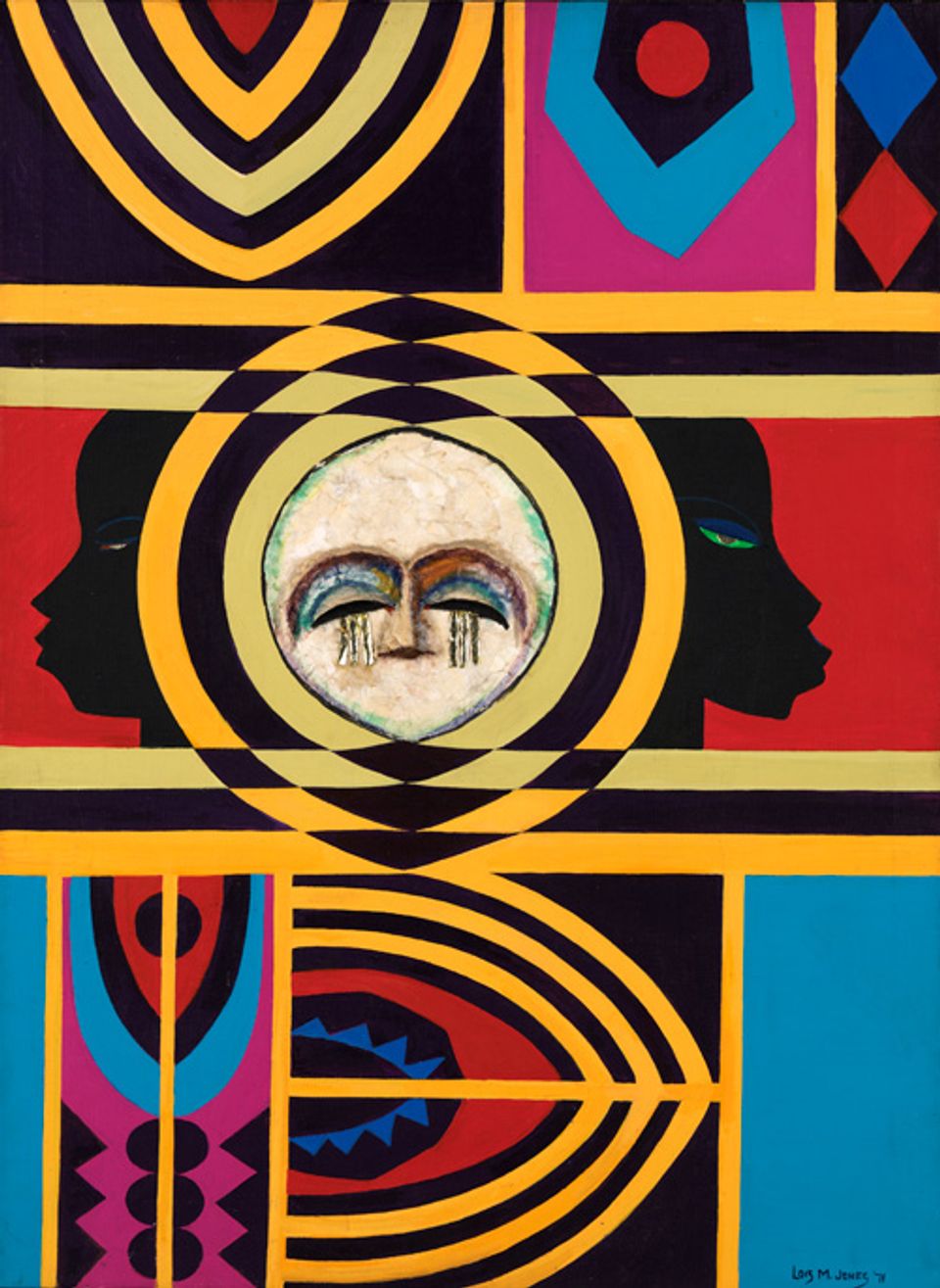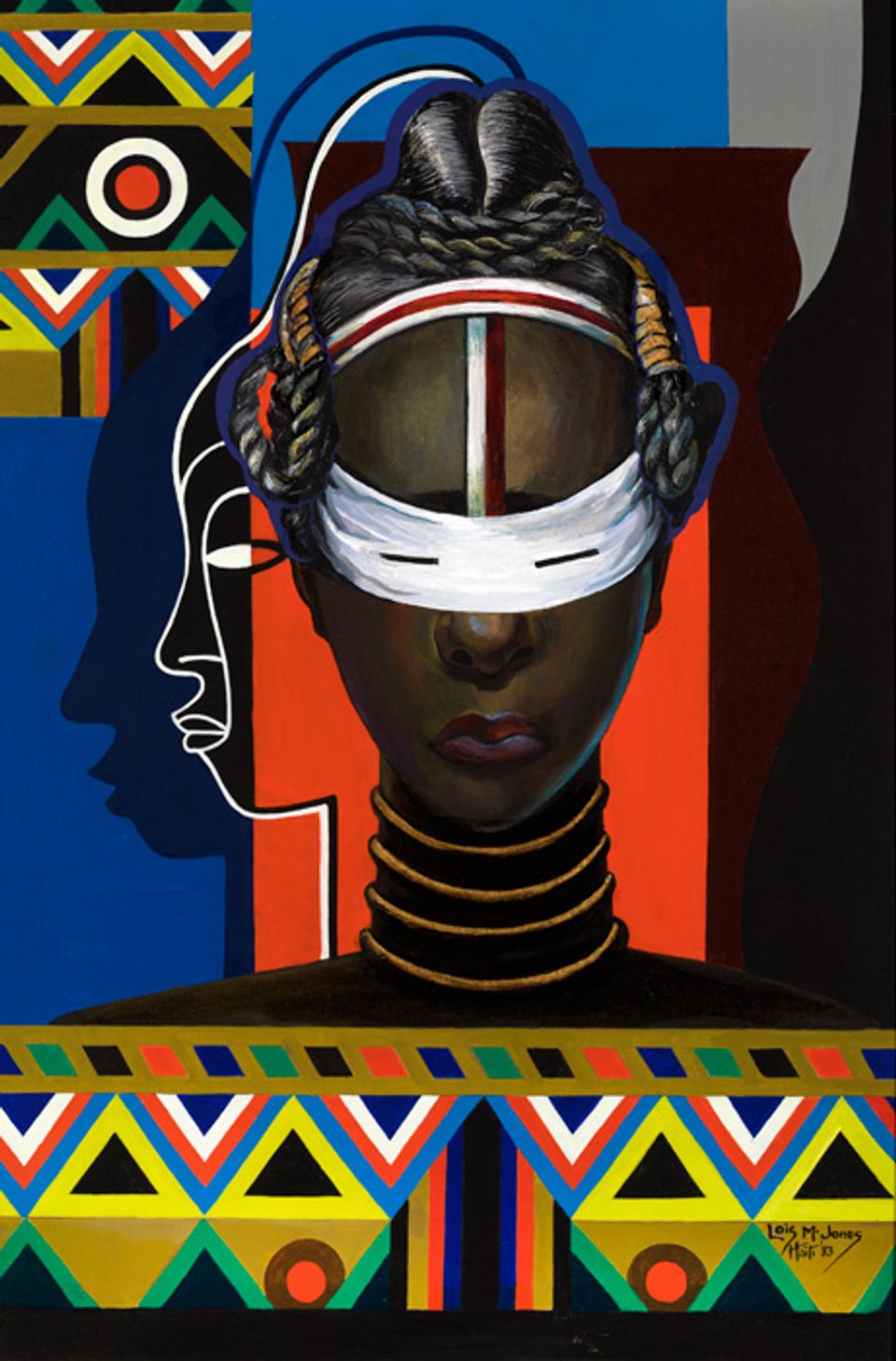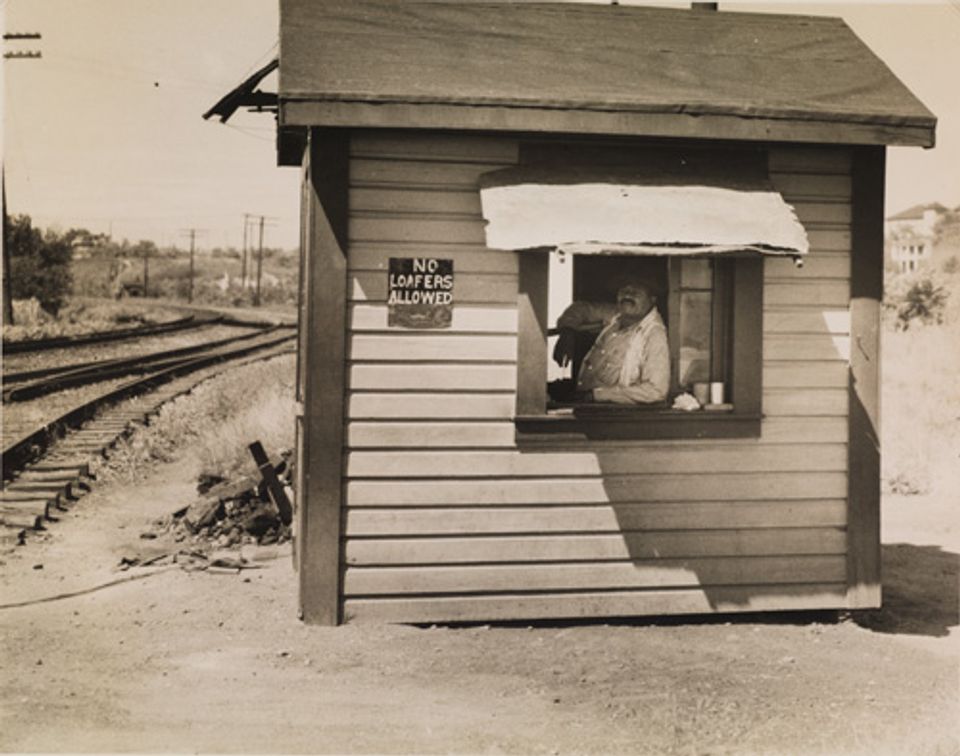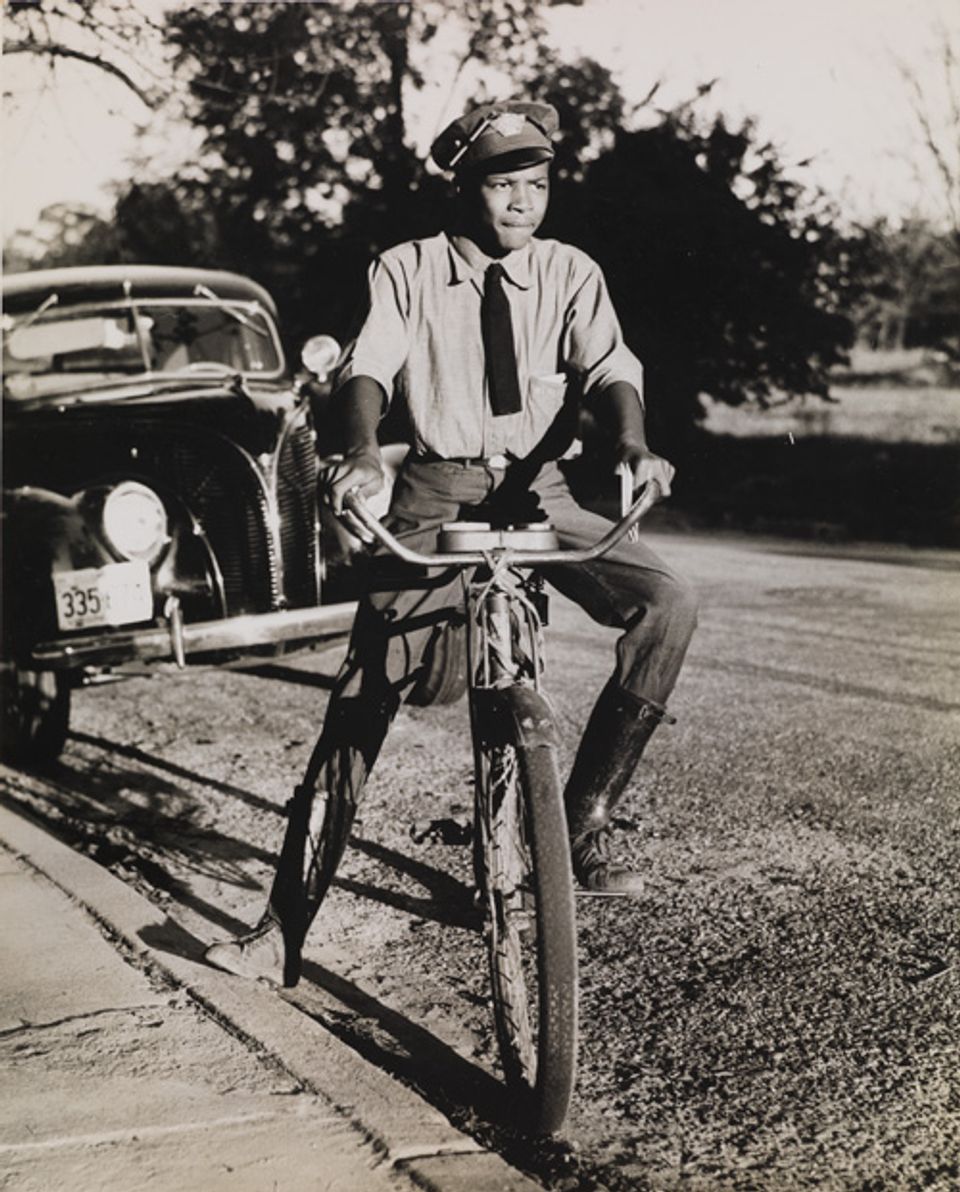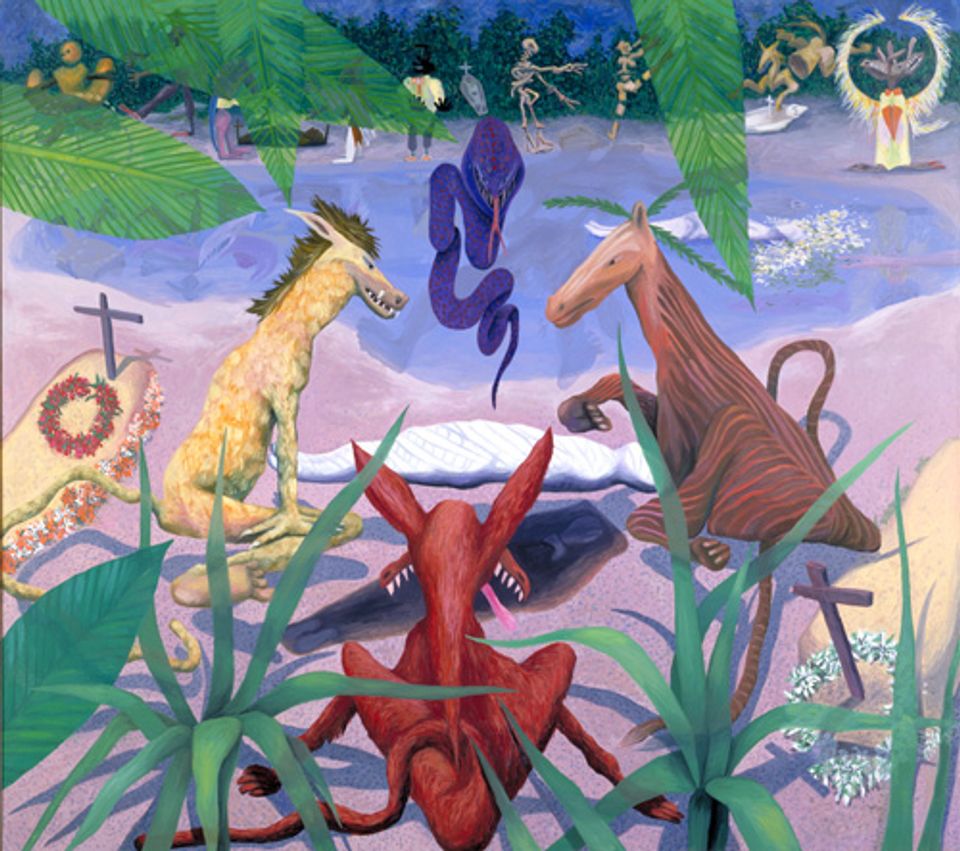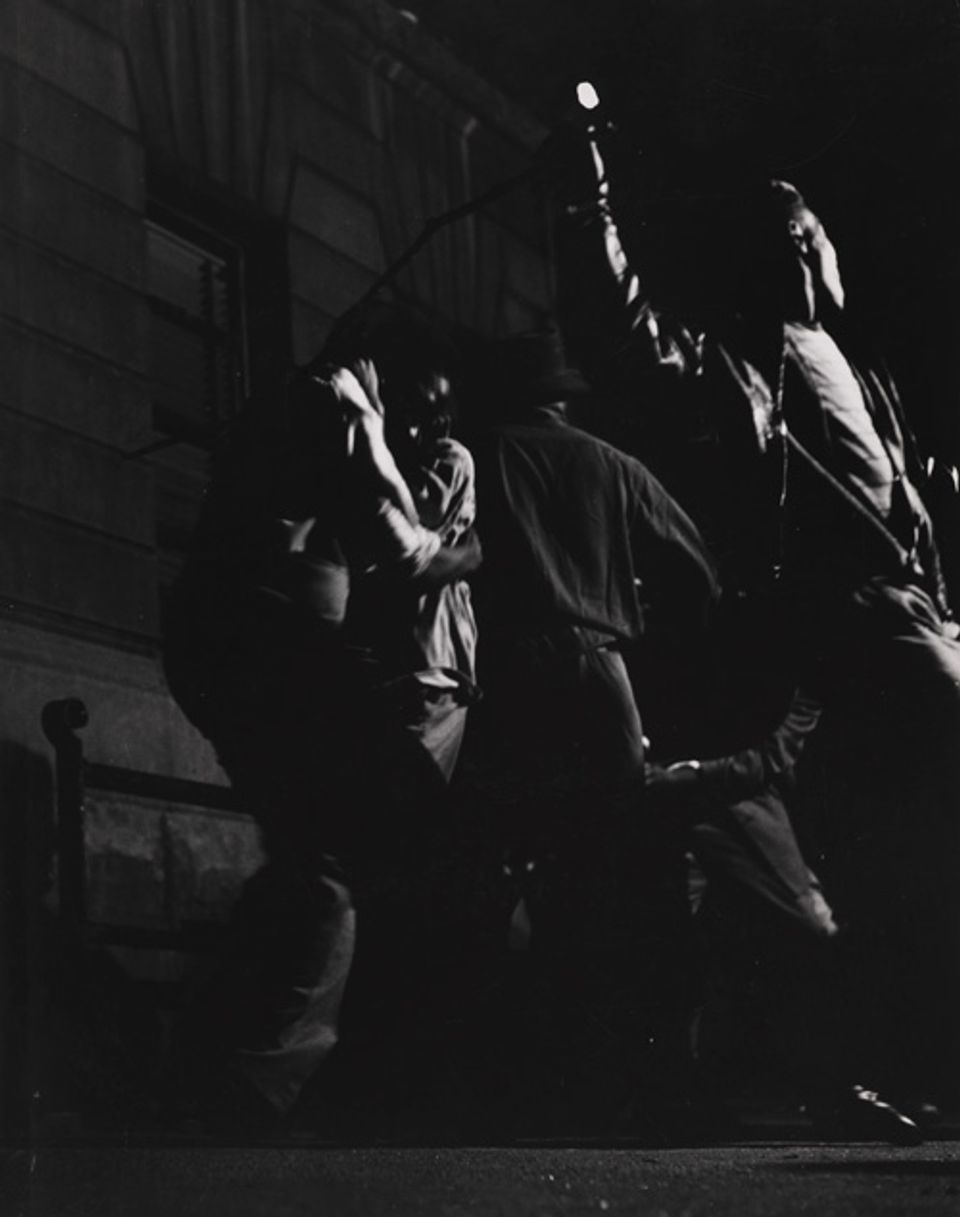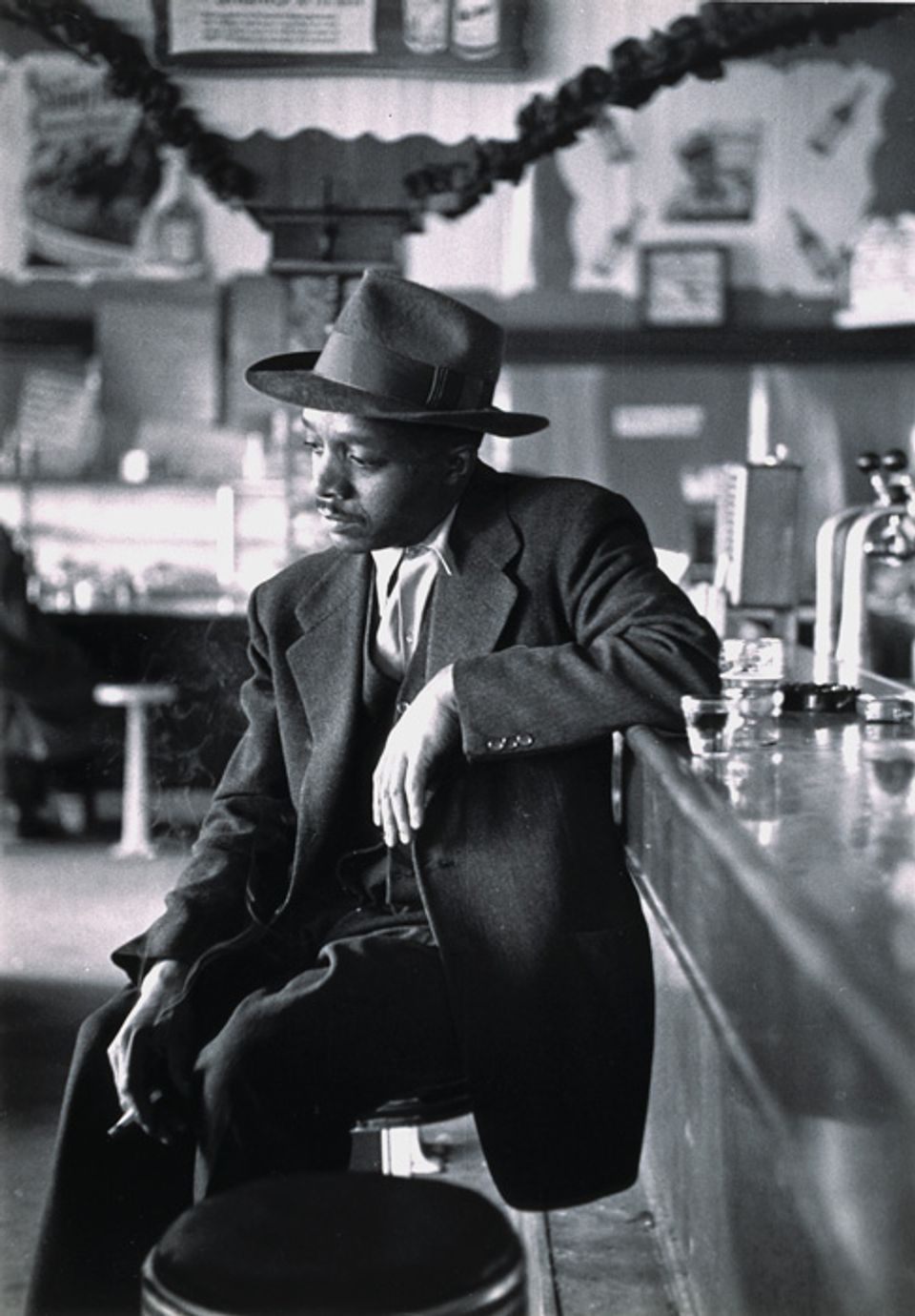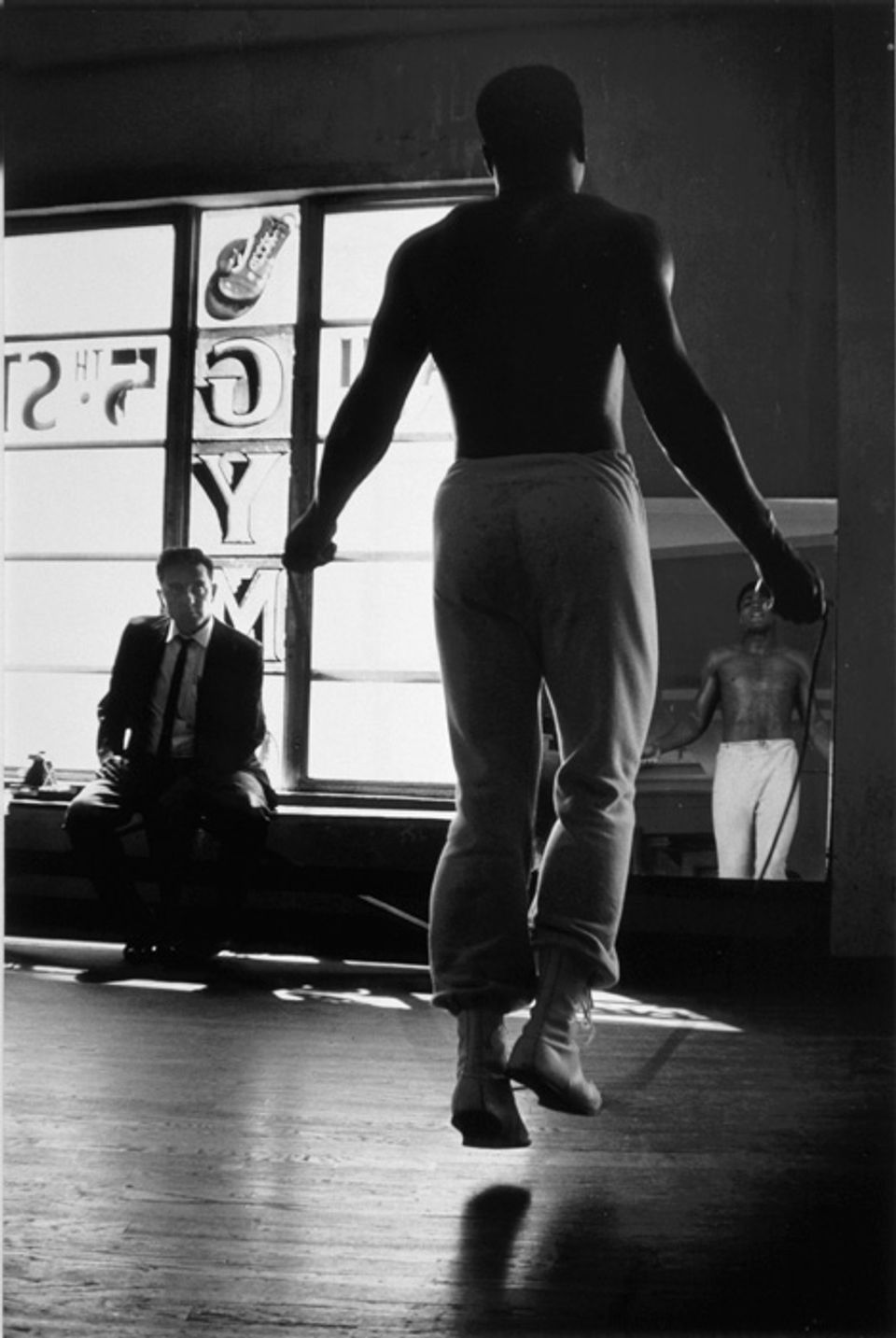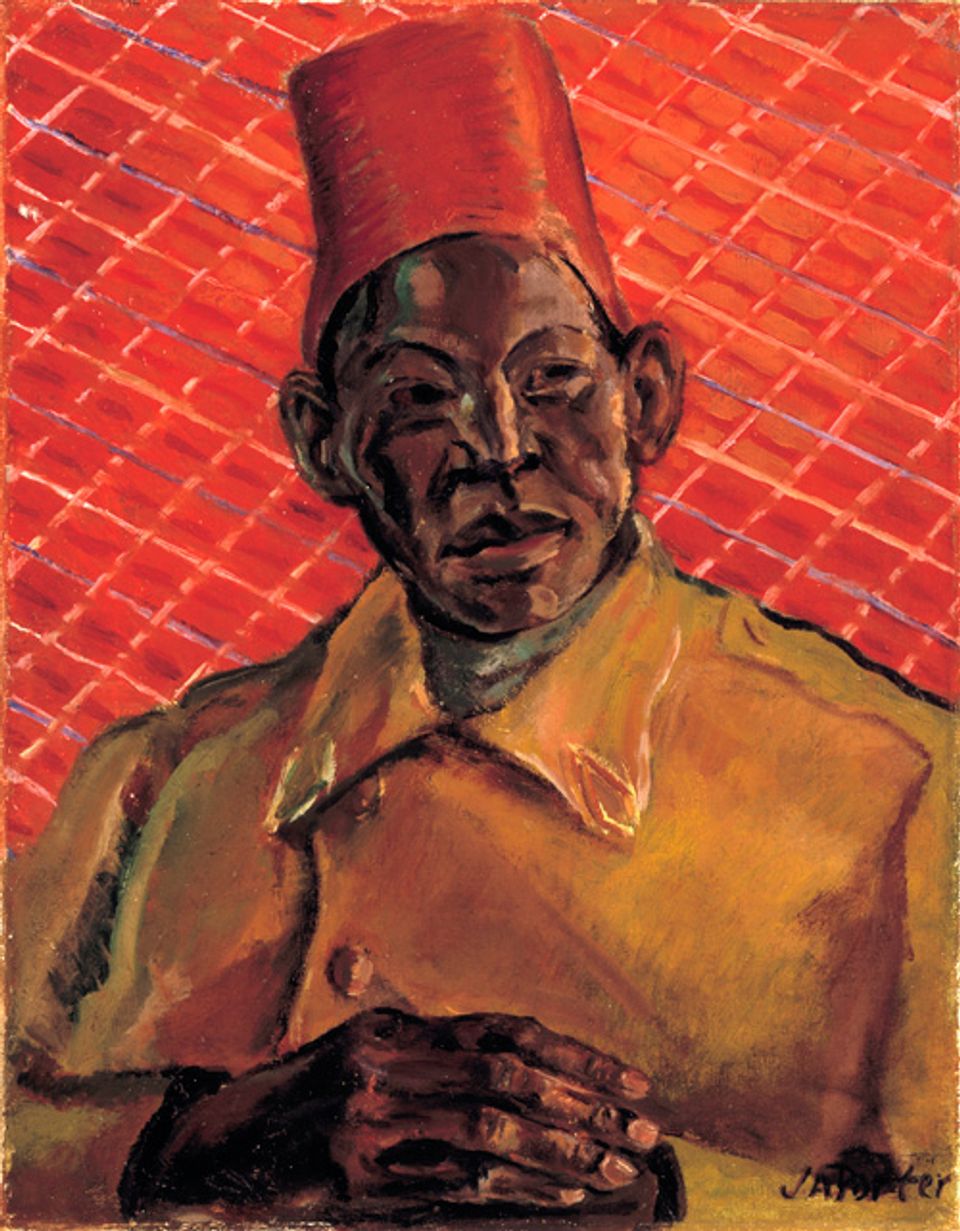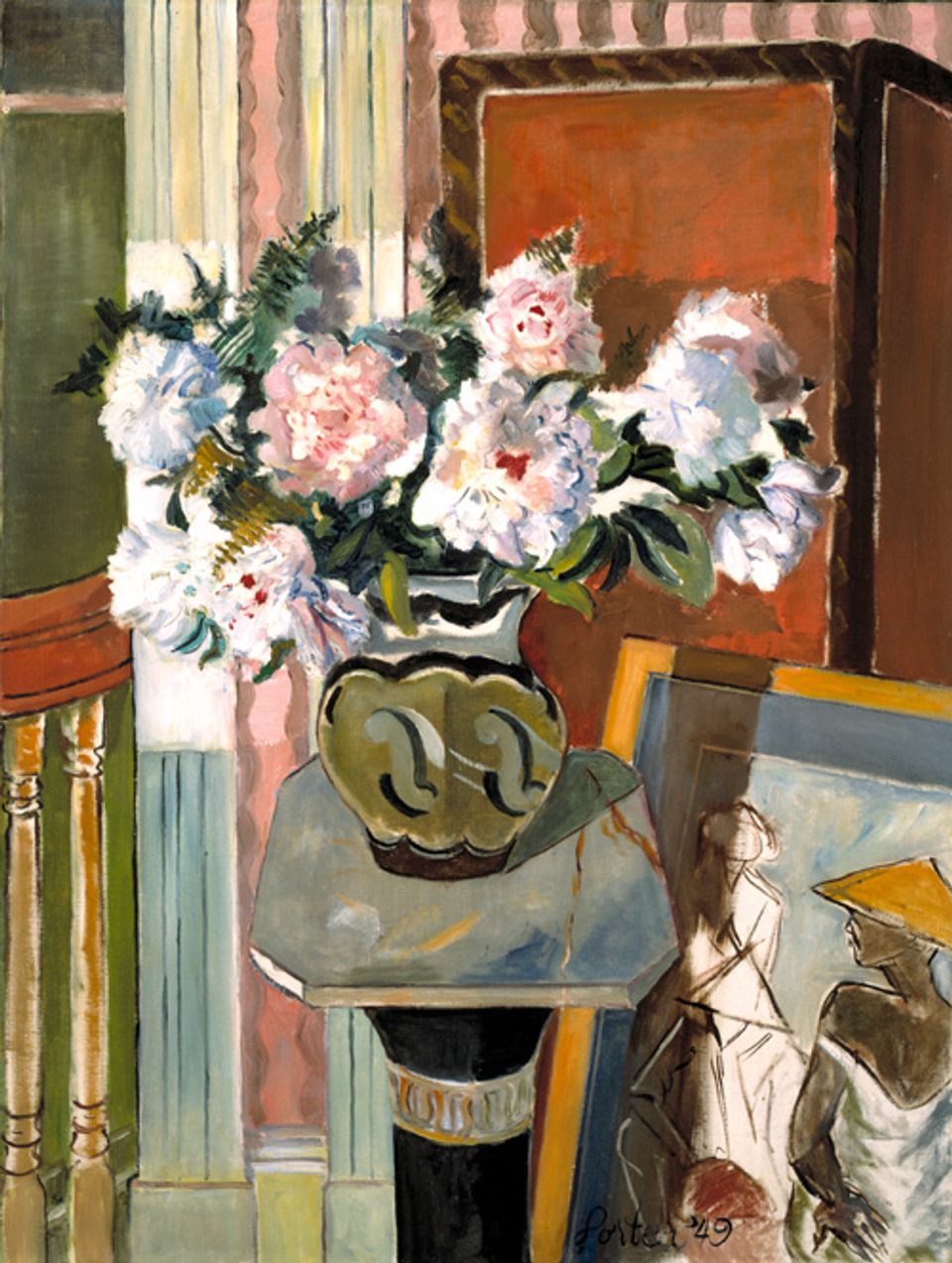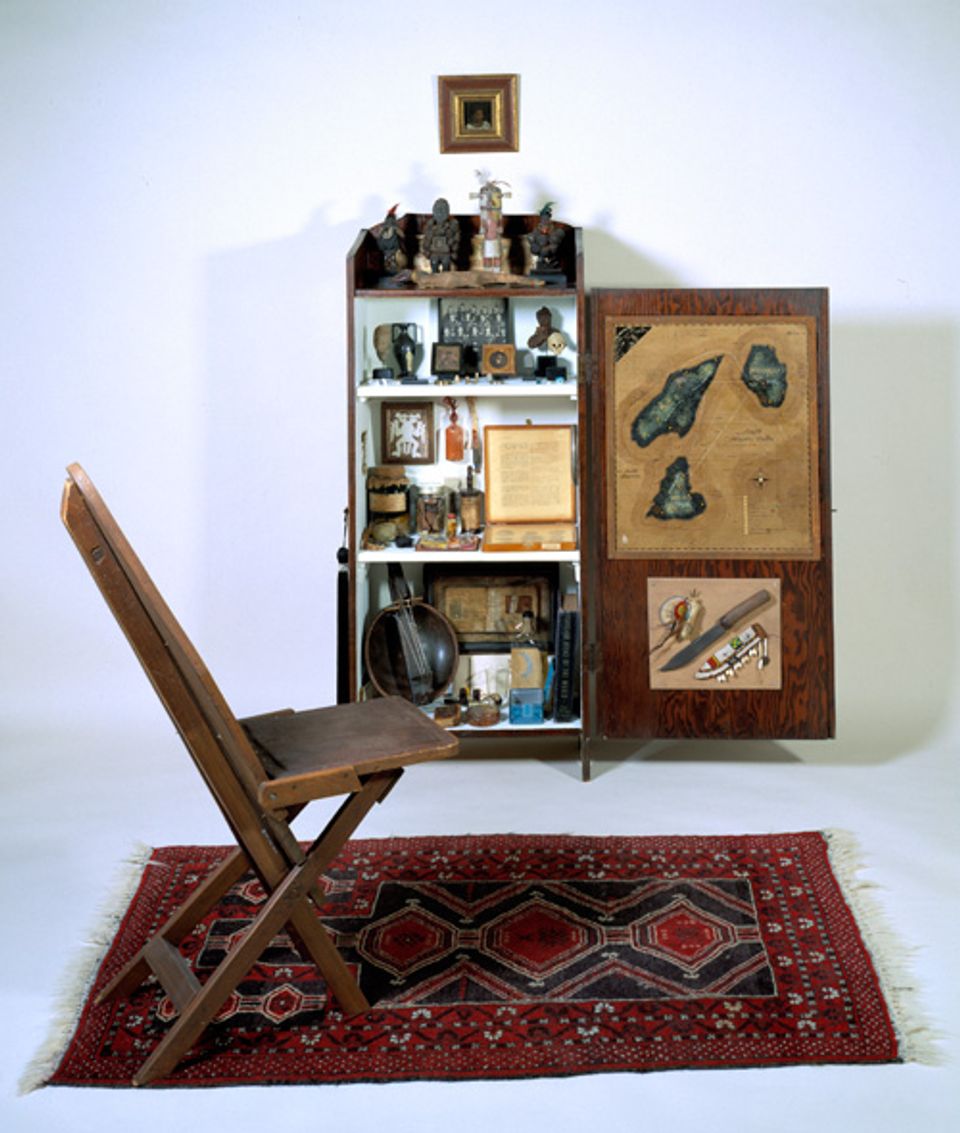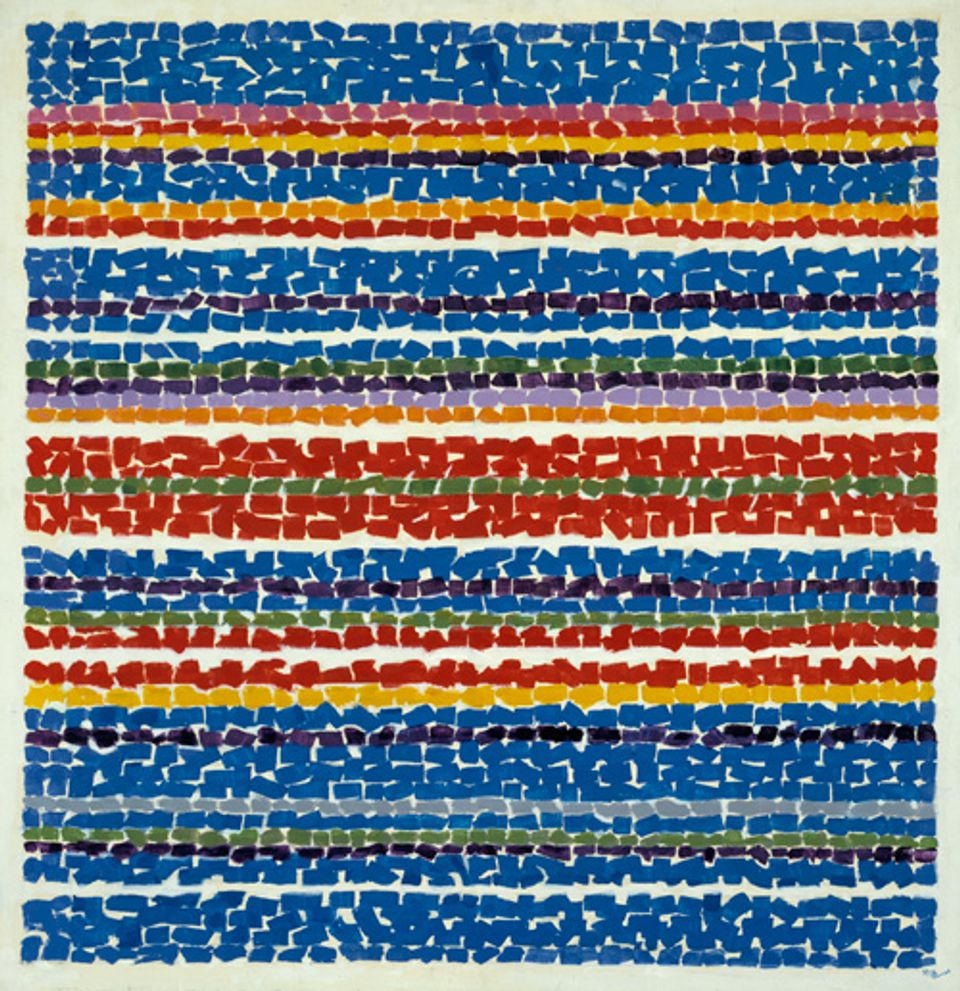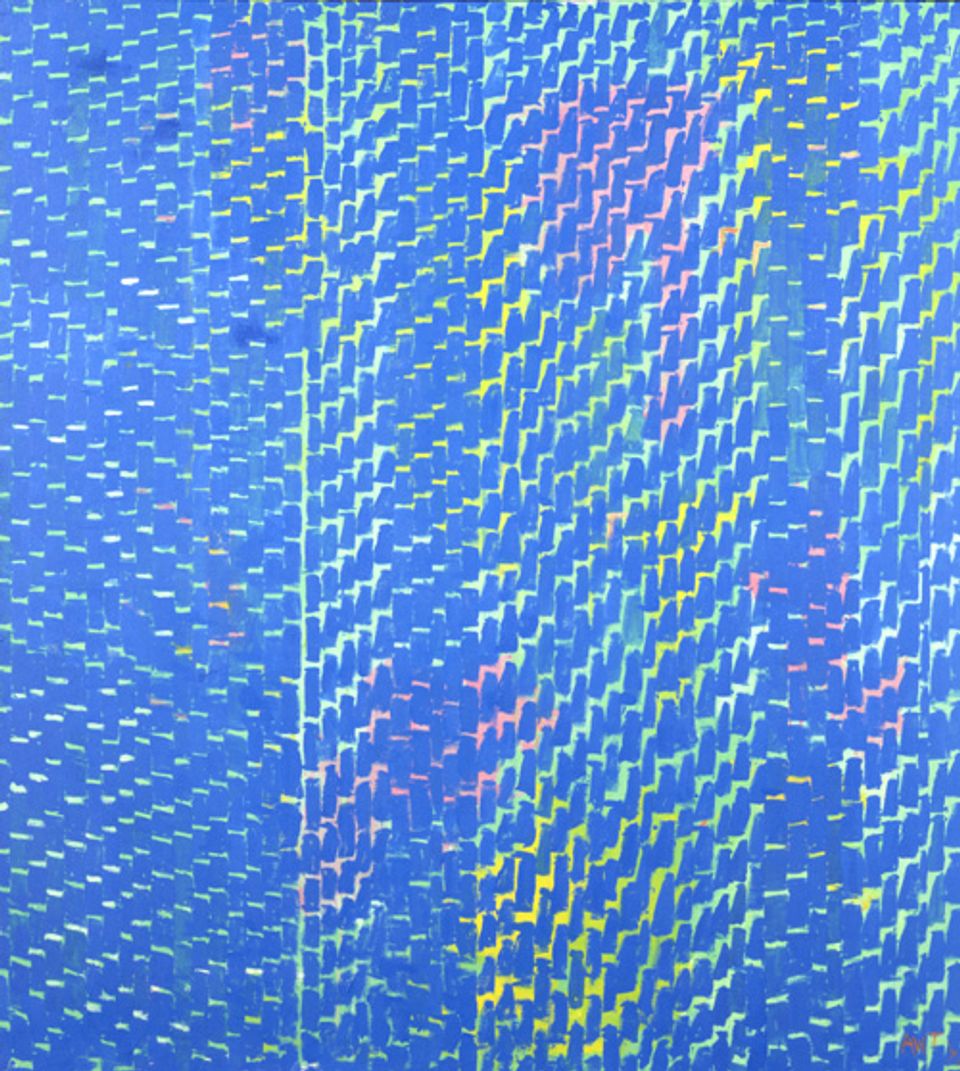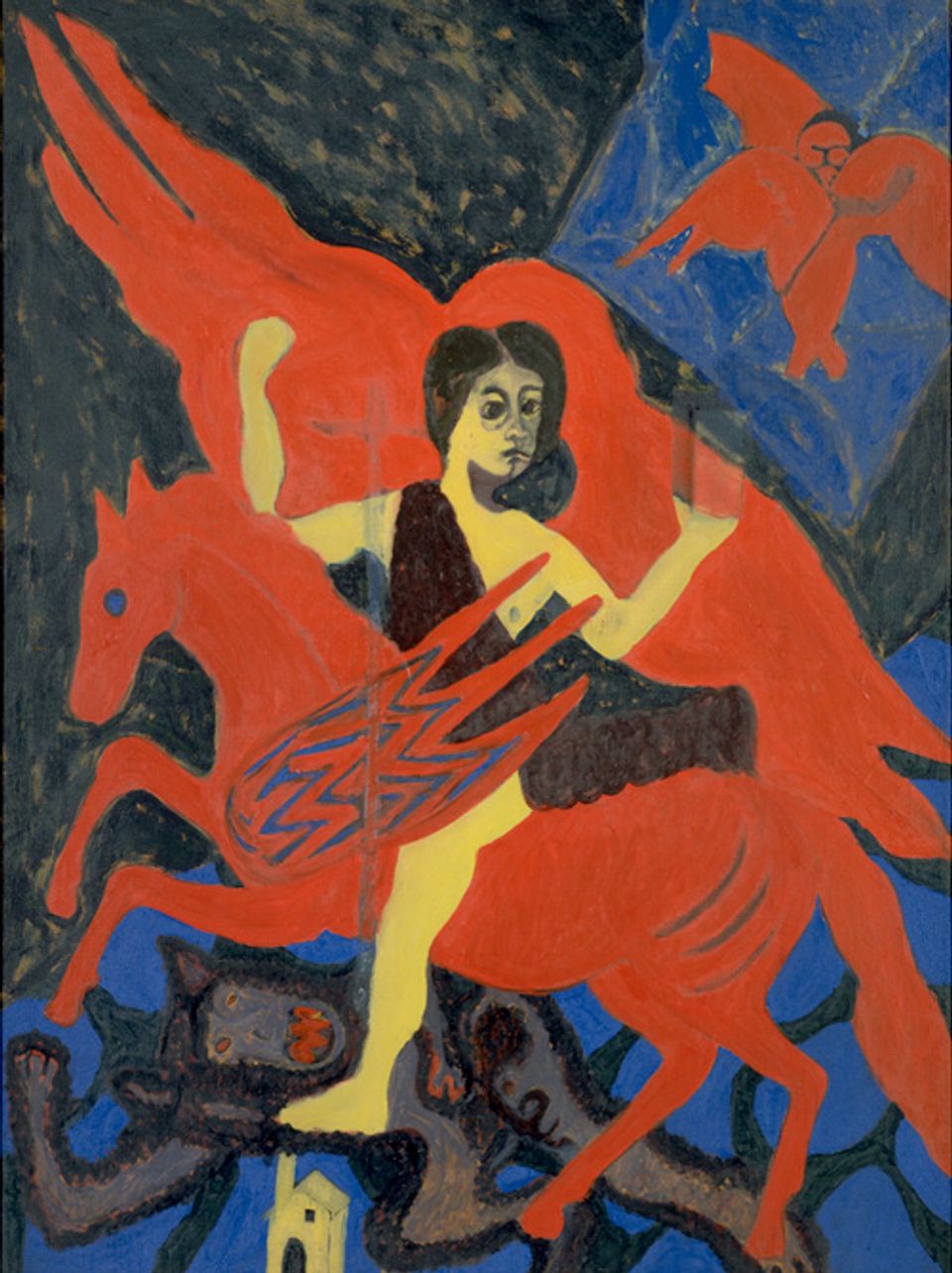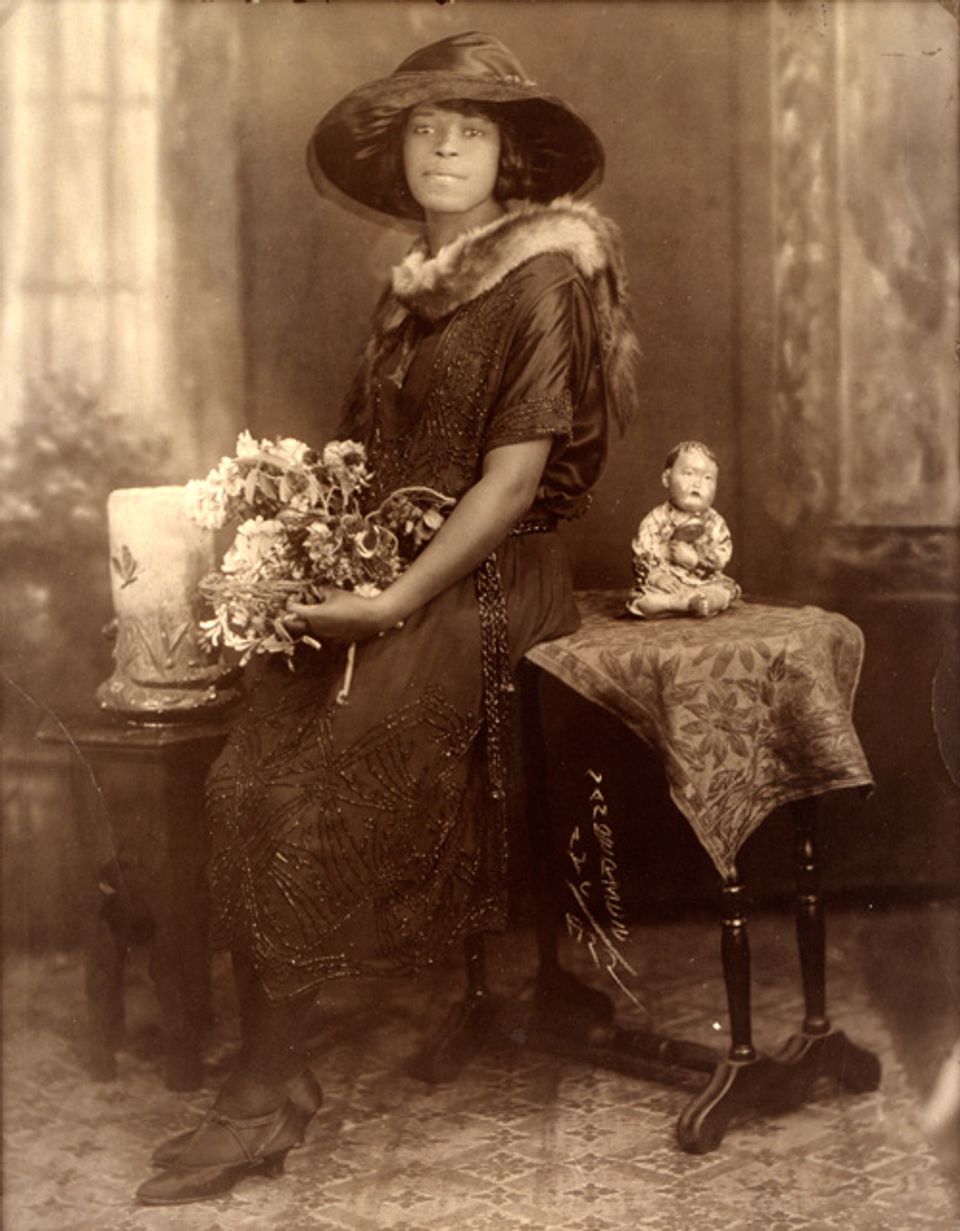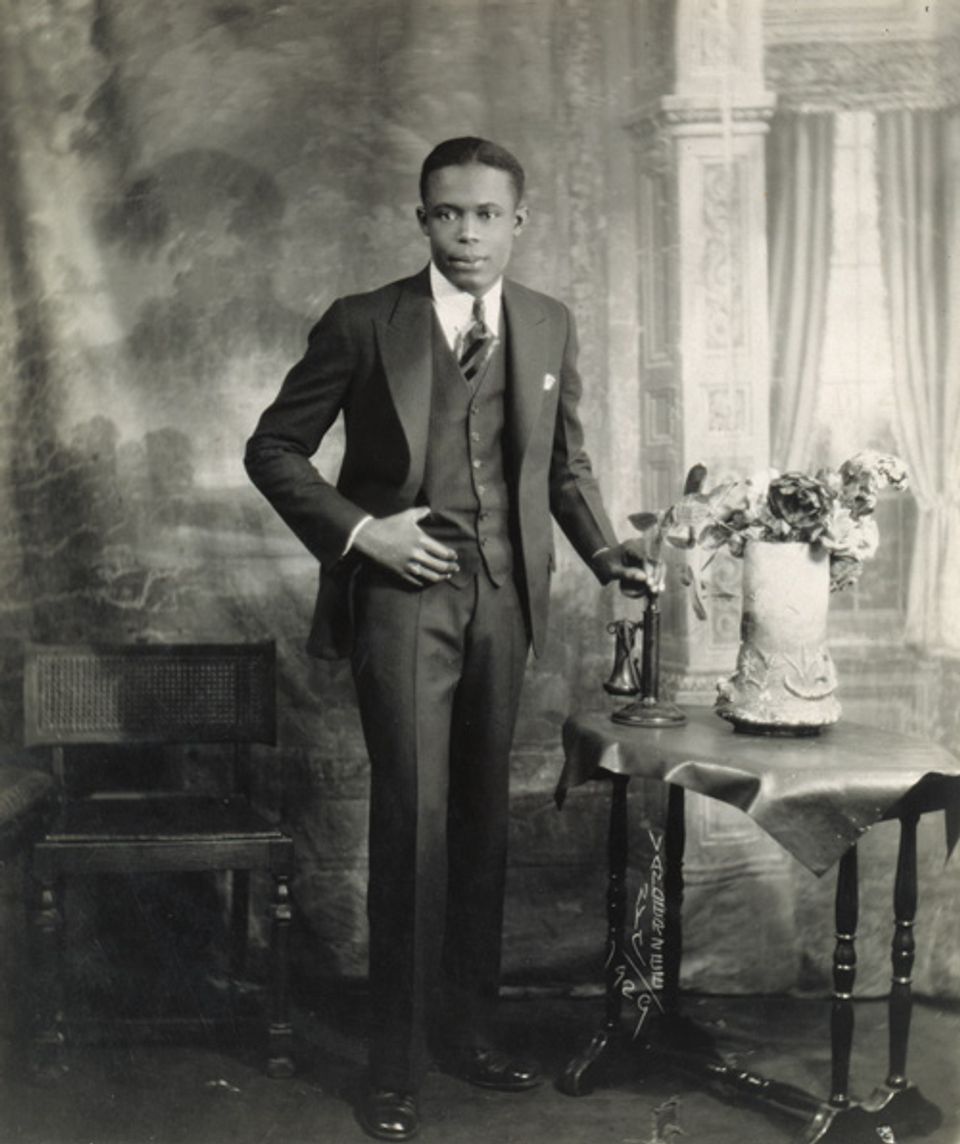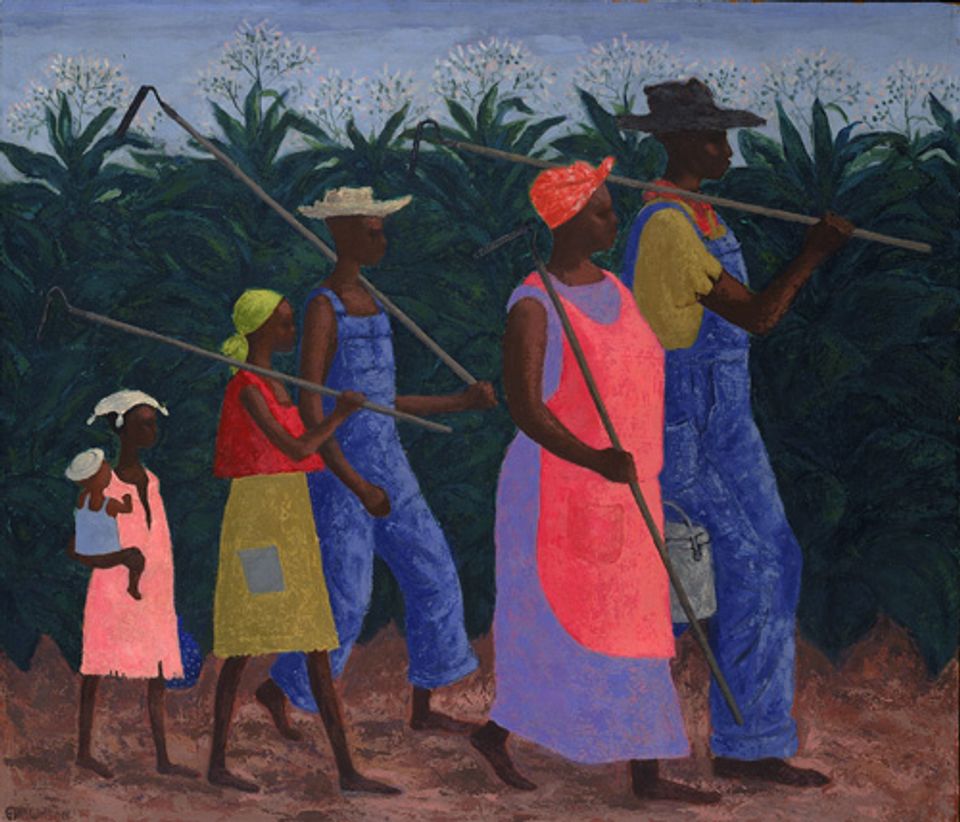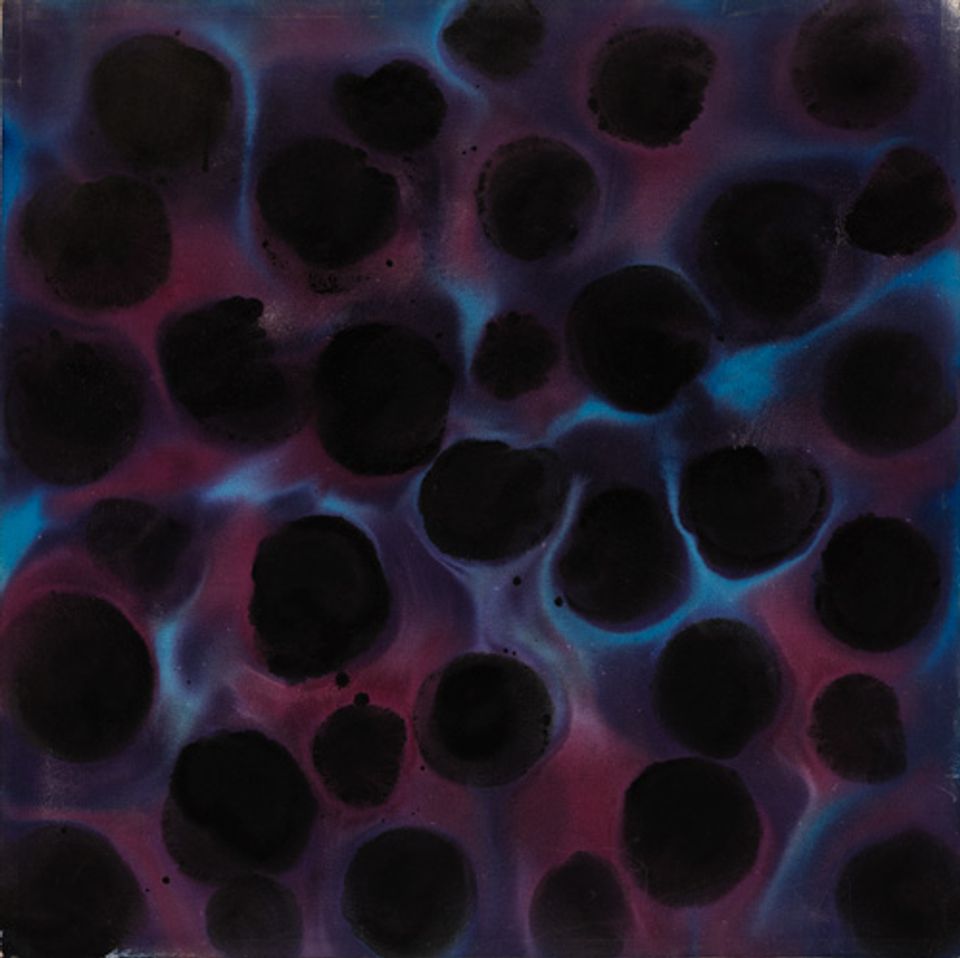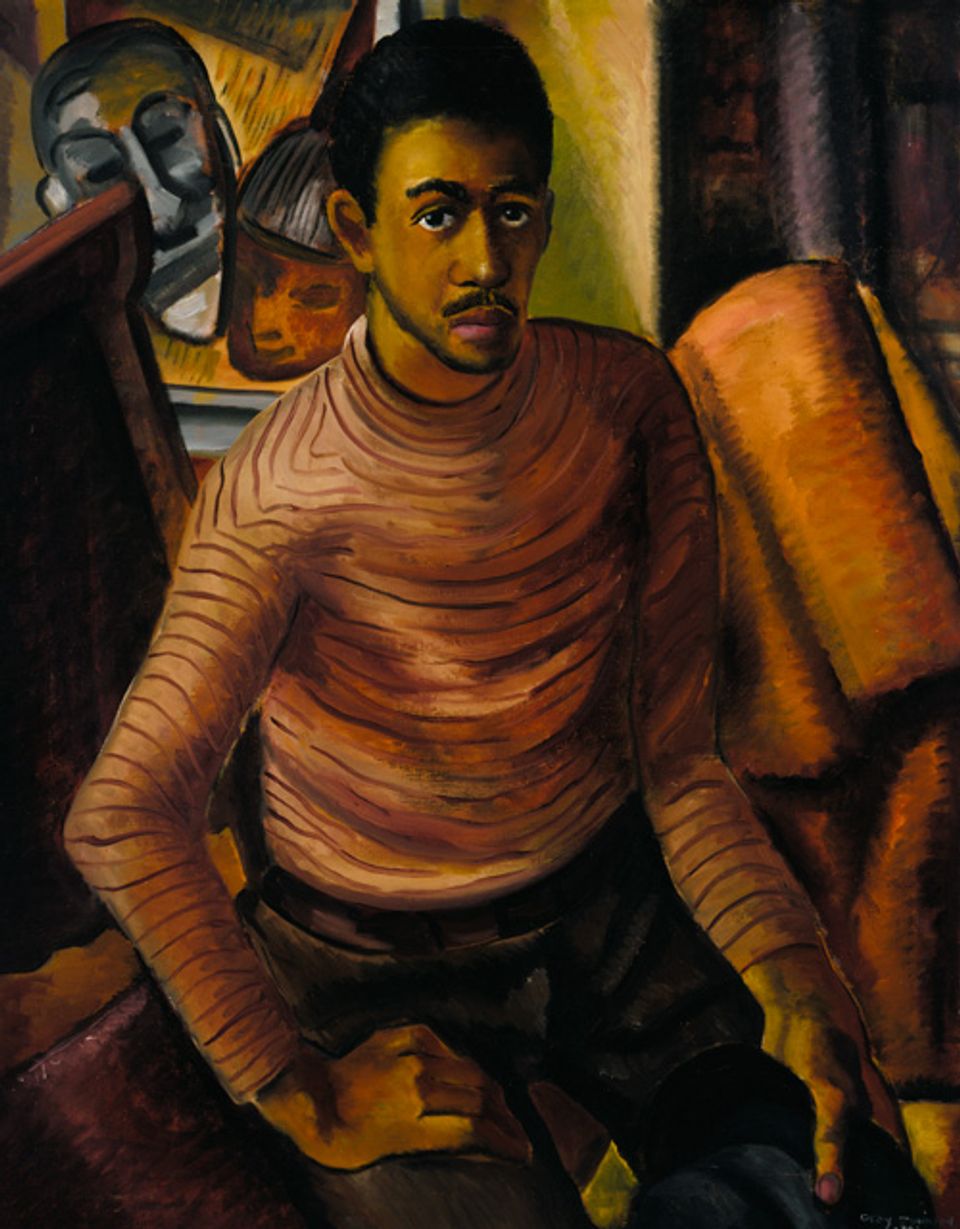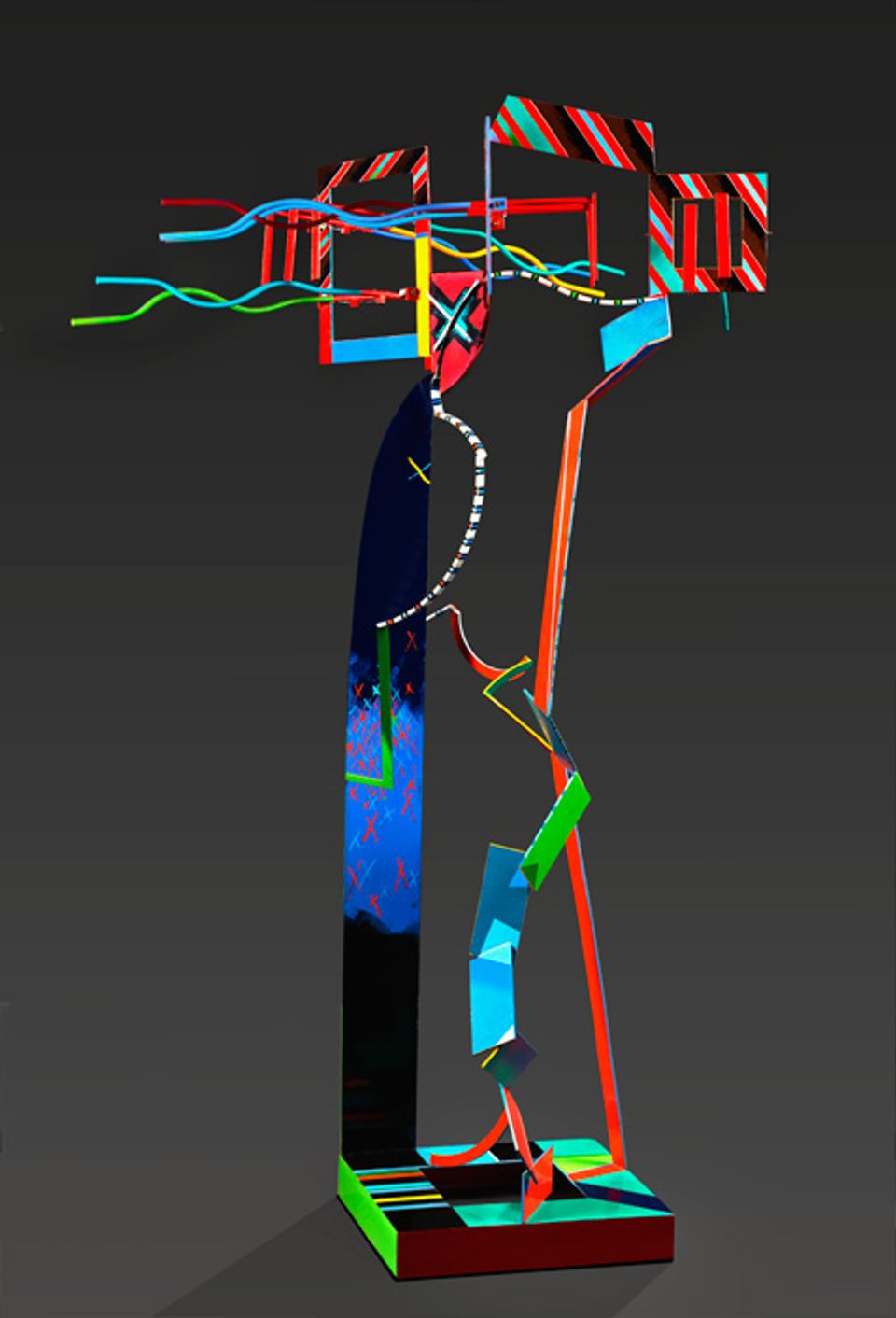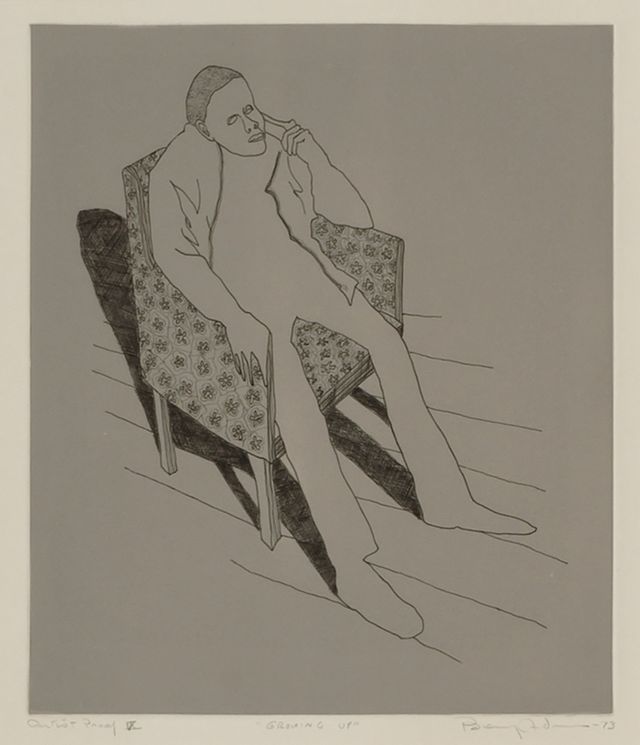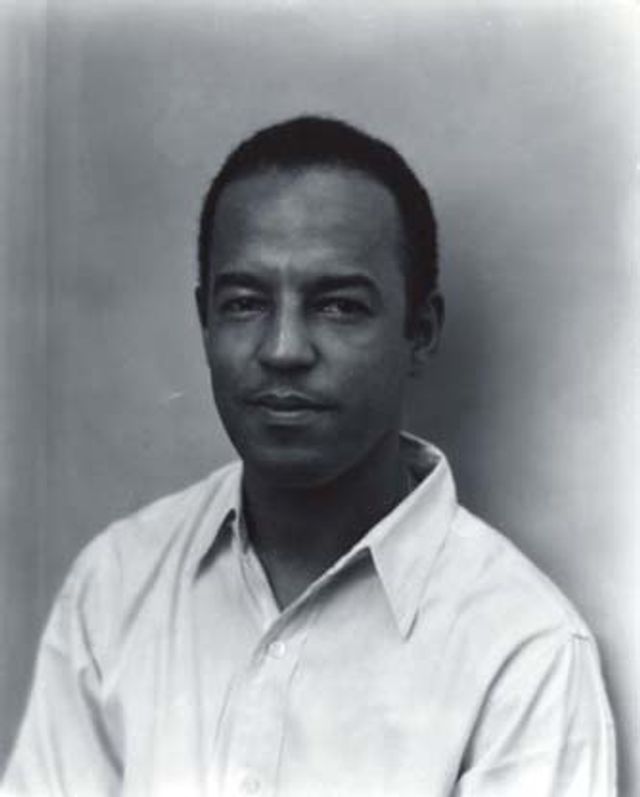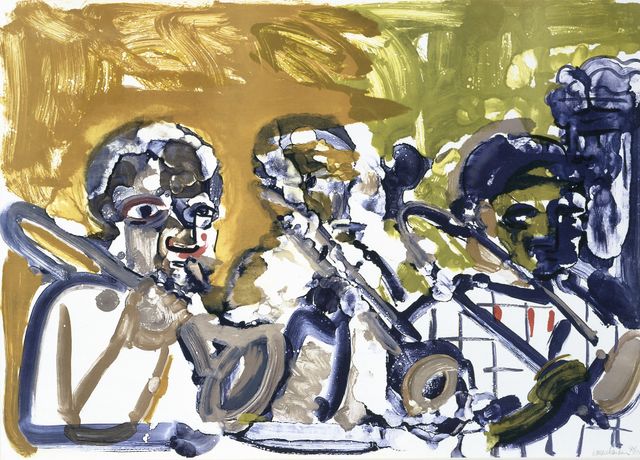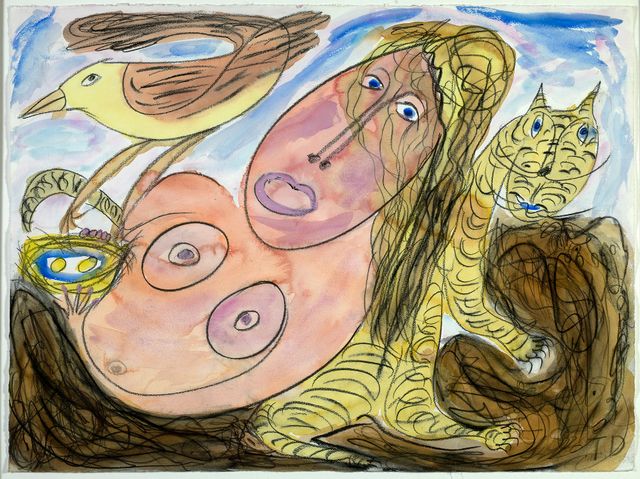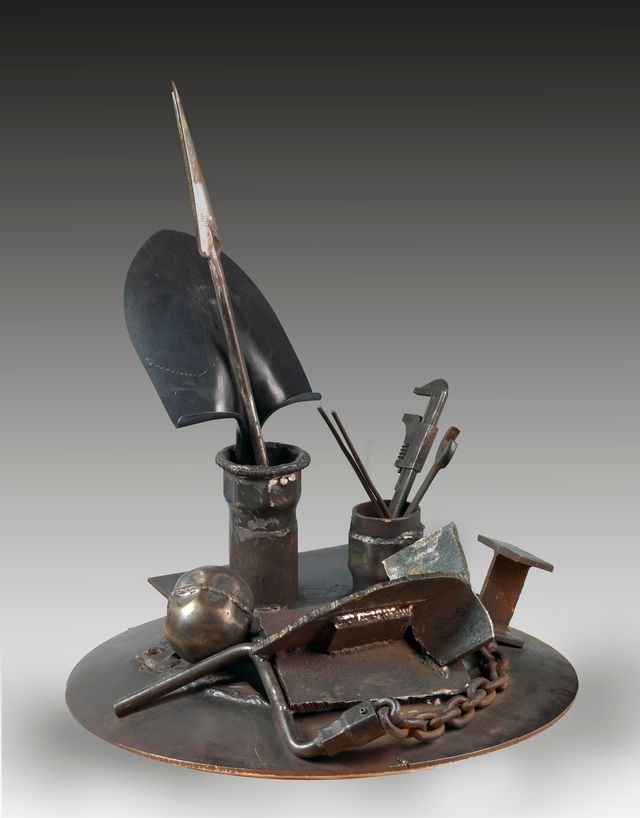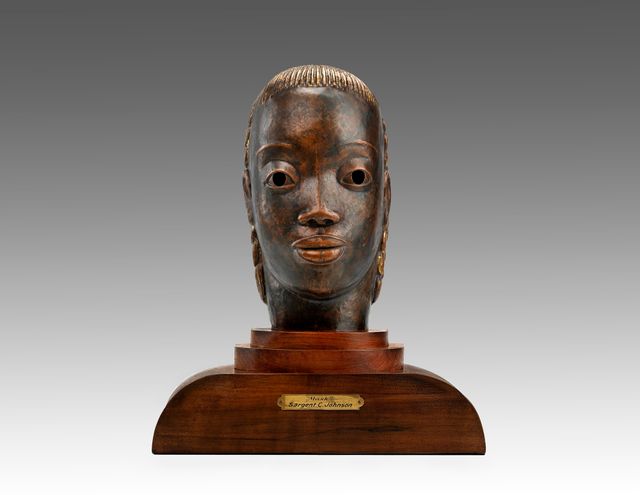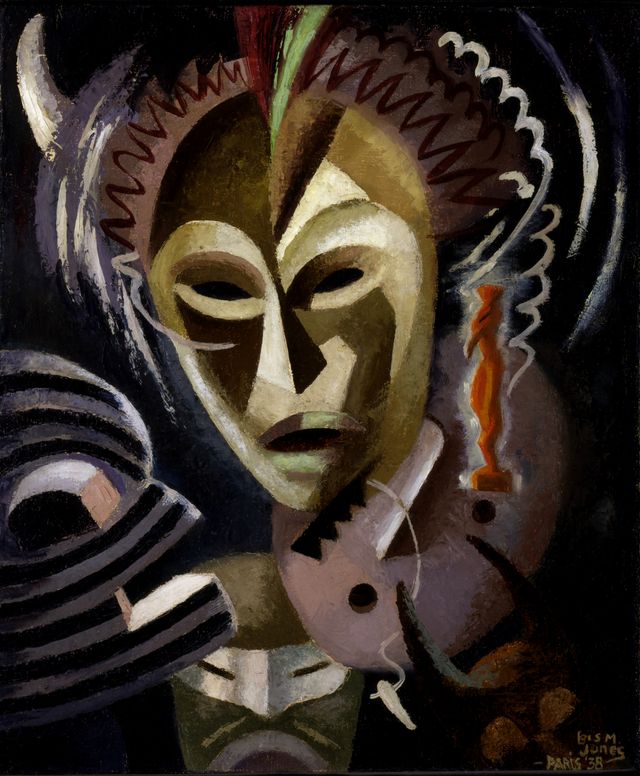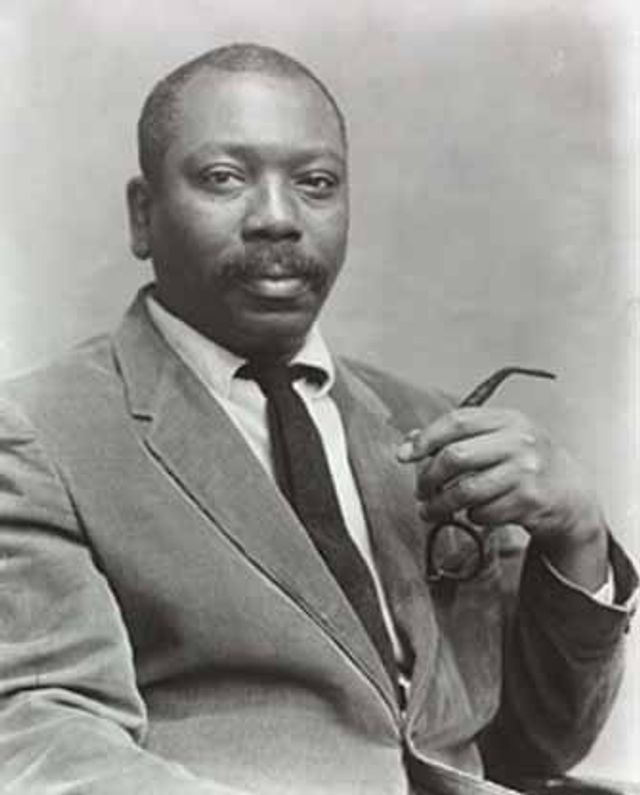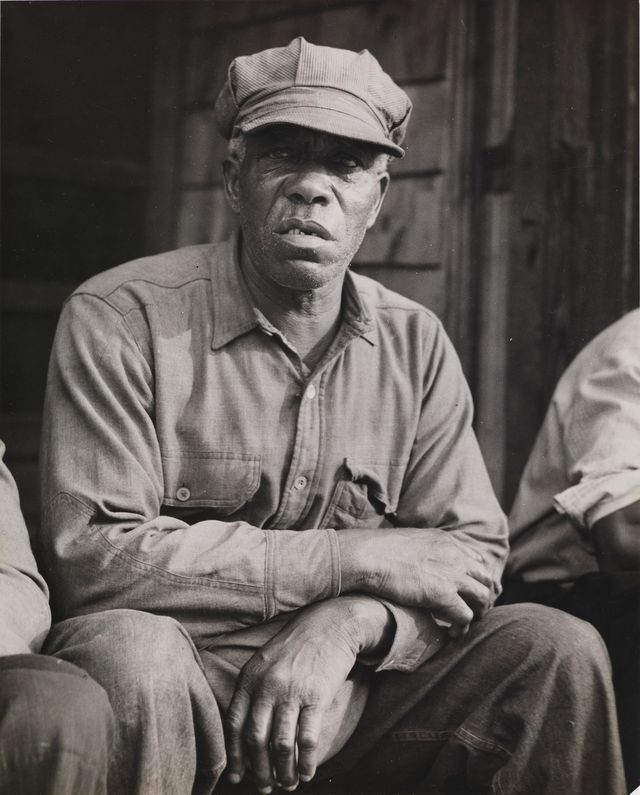African American Art: Harlem Renaissance, Civil Rights Era, and Beyond

Jacob Lawrence's Bar and Grill
African American Art: Harlem Renaissance, Civil Rights Era, and Beyond presents a selection of paintings, sculpture, prints, and photographs by forty-three black artists who explored the African American experience from the Harlem Renaissance through the Civil Rights era and the decades beyond, which saw tremendous social and political changes. In response, these artists created an image of America that recognizes individuals and community and acknowledges the role of art in celebrating the multivalent nature of American society.
Description
The artworks in the exhibition lay out a vision of America from an African American viewpoint. These artists embrace many universal themes and also evoke specific aspects of the African American experience—the African Diaspora, jazz, and the persistent power of religion.
The artists work in styles as varied as documentary realism, abstraction, and postmodern assemblage of found objects to address a diverse array of subjects. Robert McNeill, Richmond Barthé, and Benny Andrews speak to the dignity and resilience of people who work the land. Jacob Lawrence, Roy DeCarava, and Thornton Dial, Sr. acknowledge the struggle for economic and civil rights. Sargent Johnson, Loïs Mailou Jones, and Melvin Edwards address the heritage of Africa, and images by Romare Bearden recast Christian themes in terms of black experience. James Porter and Alma Thomas explore beauty in the natural world.
All 100 artworks in the exhibition are drawn entirely from the Smithsonian American Art Museum’s rich collection of African American art. More than half of the featured works, including paintings by Benny Andrews, Jacob Lawrence, and Loïs Mailou Jones, and photographs by Roy DeCarava, Gordon Parks, Roland Freeman, and Marilyn Nance, are being exhibited by the museum for the first time, and ten works are recent acquisitions. The exhibition includes fifty-four photographs, which are incorporated into the display while also organizing the exhibition thematically. Individual object labels connect the artists and their works with the artistic, social, and contextual factors that shaped their creation. The exhibition is organized by Virginia Mecklenburg, chief curator.
Visiting Information
Tour Schedule
Publications
Credit
African American Art: Harlem Renaissance, Civil Rights Era, and Beyond is organized by the Smithsonian American Art Museum with generous support from Alston & Bird; Amherst Holdings, LLC; Diane and Norman Bernstein Foundation; Larry Irving and Leslie Wiley; the William R. Kenan, Jr. Endowment Fund; Clarence Otis and Jacqui Bradley; and PEPCO. The C.F. Foundation in Atlanta supports the museum's traveling exhibition program, Treasures to Go.
Online Gallery
Artists
Sculptor and painter. Barthé's forte was realistic sculptures of religious subjects, figures in African-American history, and stage and dance celebrities.
Born in North Carolina; studied in the U.S. and in Paris; lived mostly in New York City.
Thornton Dial was born into a sharecropping family in rural Alabama, on the eve of the Great Depression. He experienced the trauma and tumult of both Jim Crow segregation and the civil rights movement. Profoundly influenced by Dr.
Melvin Edwards was raised in Houston, Texas. His artistic talent was recognized at an early age, and he was encouraged to study the works of European old masters at the Museum of Fine Arts.
"It is the pure American Negro I am concerned with, aiming to show the natural beauty and dignity in that characteristic lip and that characteristic hair, bearing and manner; and I wish to show that beauty not so much to the white man as to the Negro h
Now in her eighth decade as an artist, Lois Mailou Jones has treated an extraordinary range of subjects—from French, Haitian, and New England landscapes to the sources and issues of African-American culture.
Painter. A social realist, Lawrence documented the African American experience in several series devoted to Toussaint L'Ouverture, Frederick Douglass, Harriet Tubman, life in Harlem, and the civil rights movement of the 1960s.
Robert McNeill's interest in photography was sparked during a demonstration in a high school physics class. At the age of eighteen his first photograph, that of Olympic gold medalist Jesse Owens, was published in five Washington-area newspapers.
The multi-talented Porter was an artist, scholar, educator, and mentor.















